In the early 20th century, the Lower East Side of Manhattan was the most crowded place on the planet. This neighborhood became the first American home for millions of immigrants. Most arrived from Eastern and Southern Europe, bringing their languages and traditions to the city’s streets.
Life Inside a Tenement
Families lived in tall, narrow buildings called tenements. These structures were packed together on small city lots, leaving little room for light or fresh air. A typical tenement apartment contained three rooms, but it was common for families of ten or more people to live within that small space.
These apartments lacked basic comforts. Many buildings did not have indoor running water. Residents carried buckets of water up several flights of stairs from a pump in the backyard. Toilets were often outhouses, called privies, located in the dark and cramped yard behind the building. Some newer tenements had toilets in the public hallways, which were shared by several families. The rooms inside were dark, as the only window often faced a narrow air shaft or the brick wall of the next building.
Read more
The Bustling Streets
Because homes were so crowded, life spilled out onto the streets. The sidewalks of Orchard, Hester, and Rivington streets were packed with people. Pushcart vendors lined the curbs, selling everything from fresh fish and pickles to clothing and household goods. The air was filled with a mix of languages, primarily Yiddish, Italian, and Polish.
Above the crowds, the elevated train roared along Allen and Division Streets, shaking the buildings and casting moving shadows below. Children had nowhere else to play, so they took over the streets for their games. They used the crowded city landscape as their playground.
Work and Survival
The garment industry was the main source of work for many immigrants. Men, women, and even children worked long hours in “sweatshops.” These were workshops set up in small, stuffy tenement rooms. Workers were paid very little for their difficult labor.
Another common practice was “piecework.” Garment factory owners would drop off bundles of unfinished clothing to families. The entire family would then work from their apartment, sewing clothes together to earn money for each piece they completed. This work often lasted late into the night.



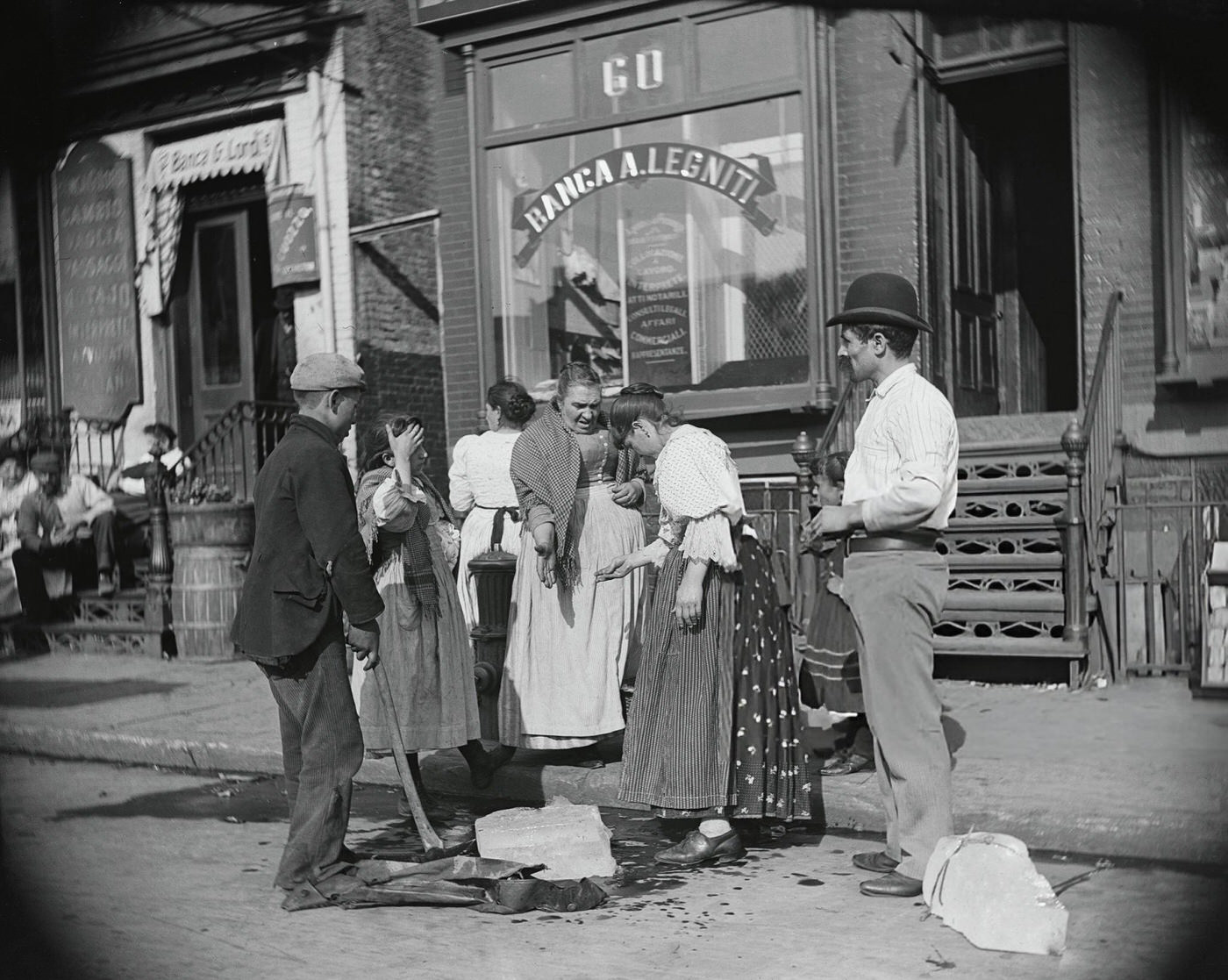
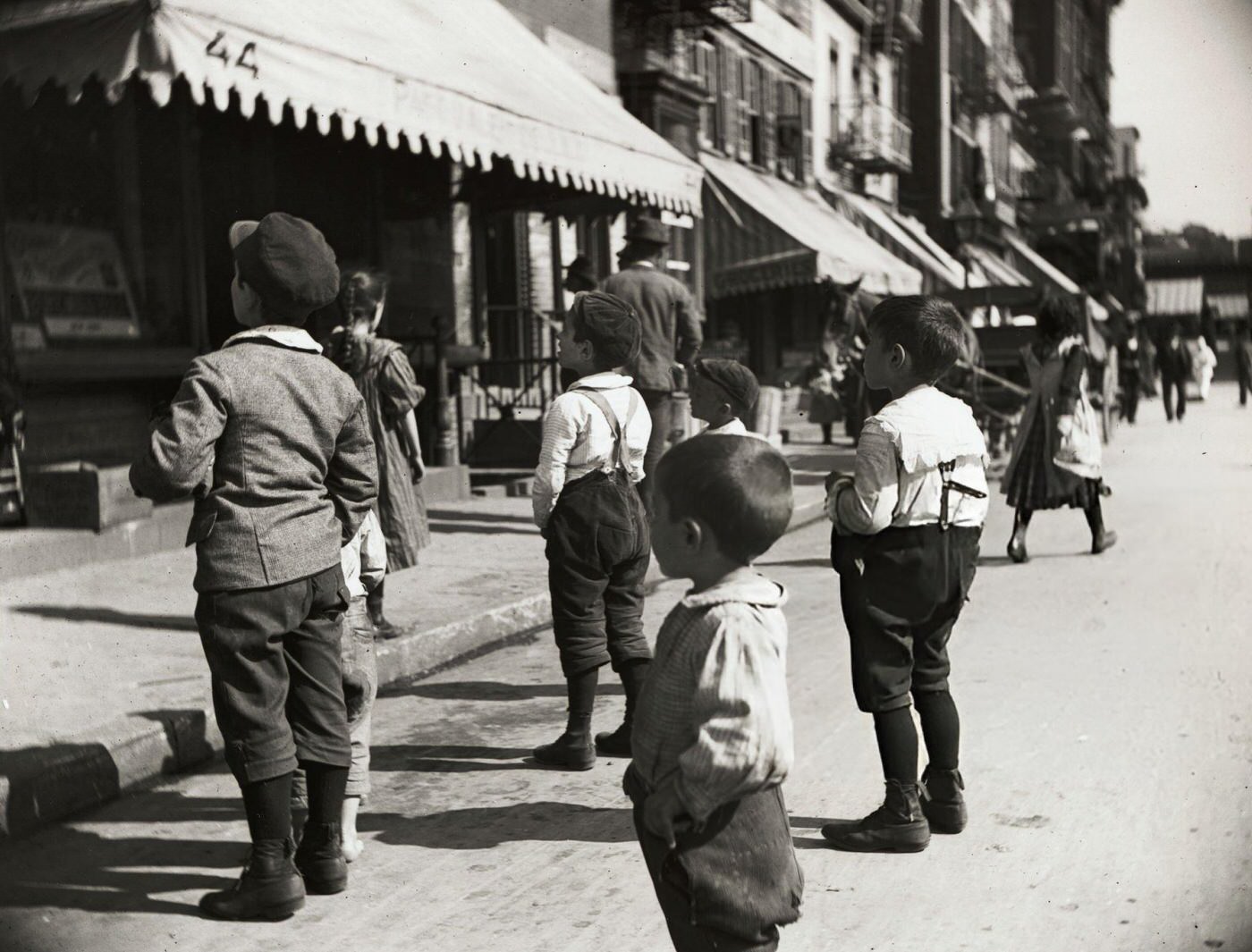
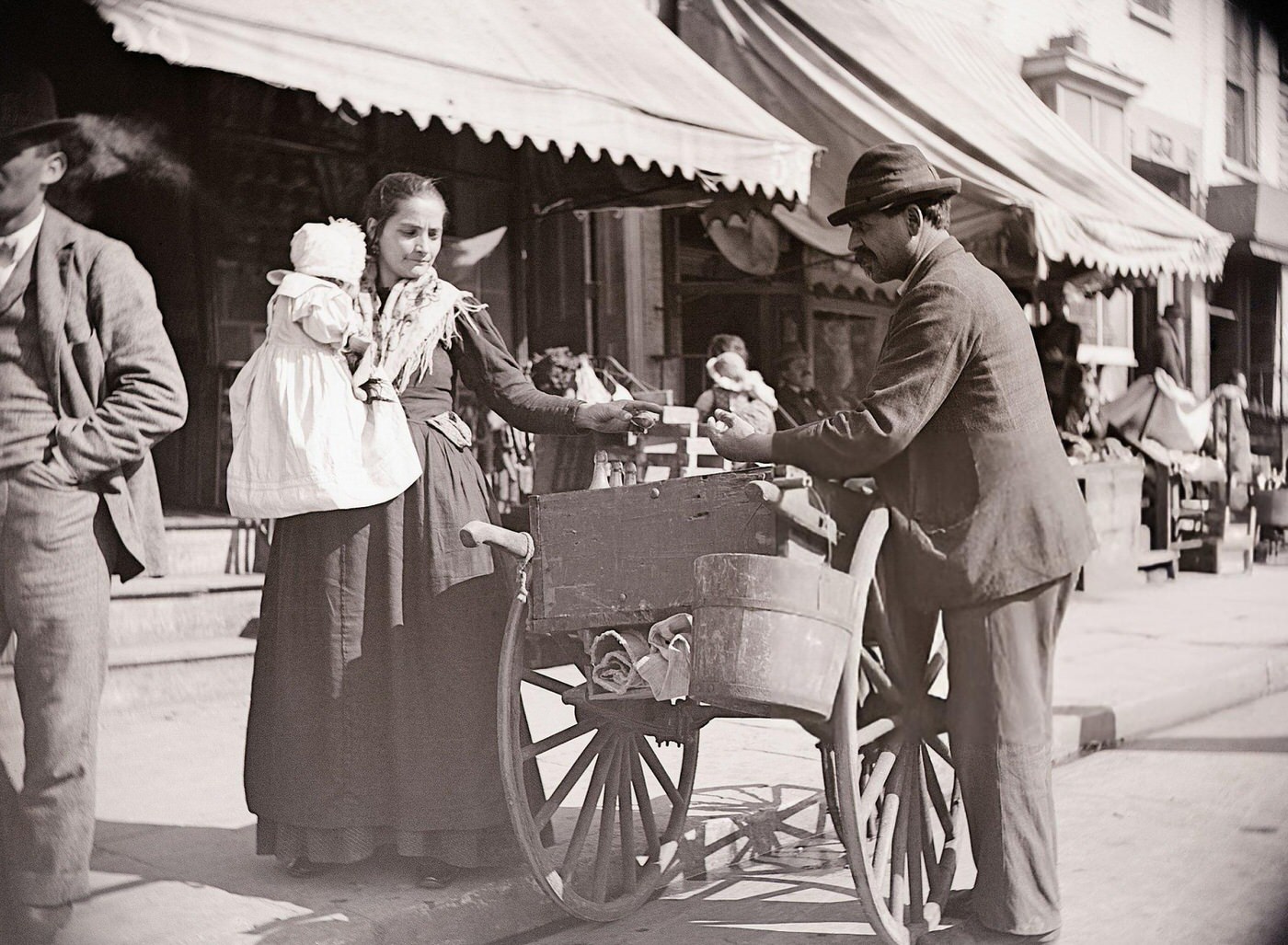
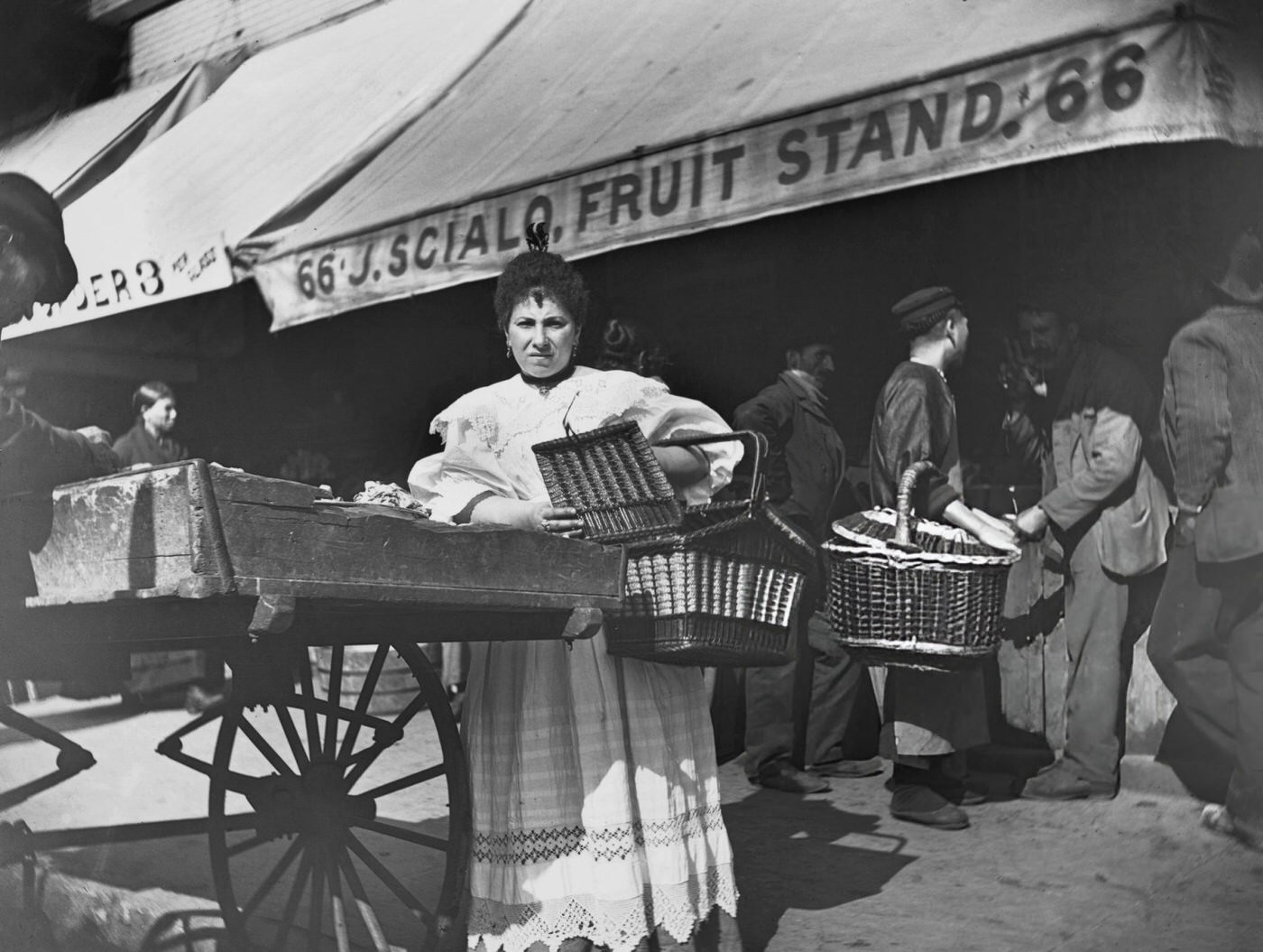
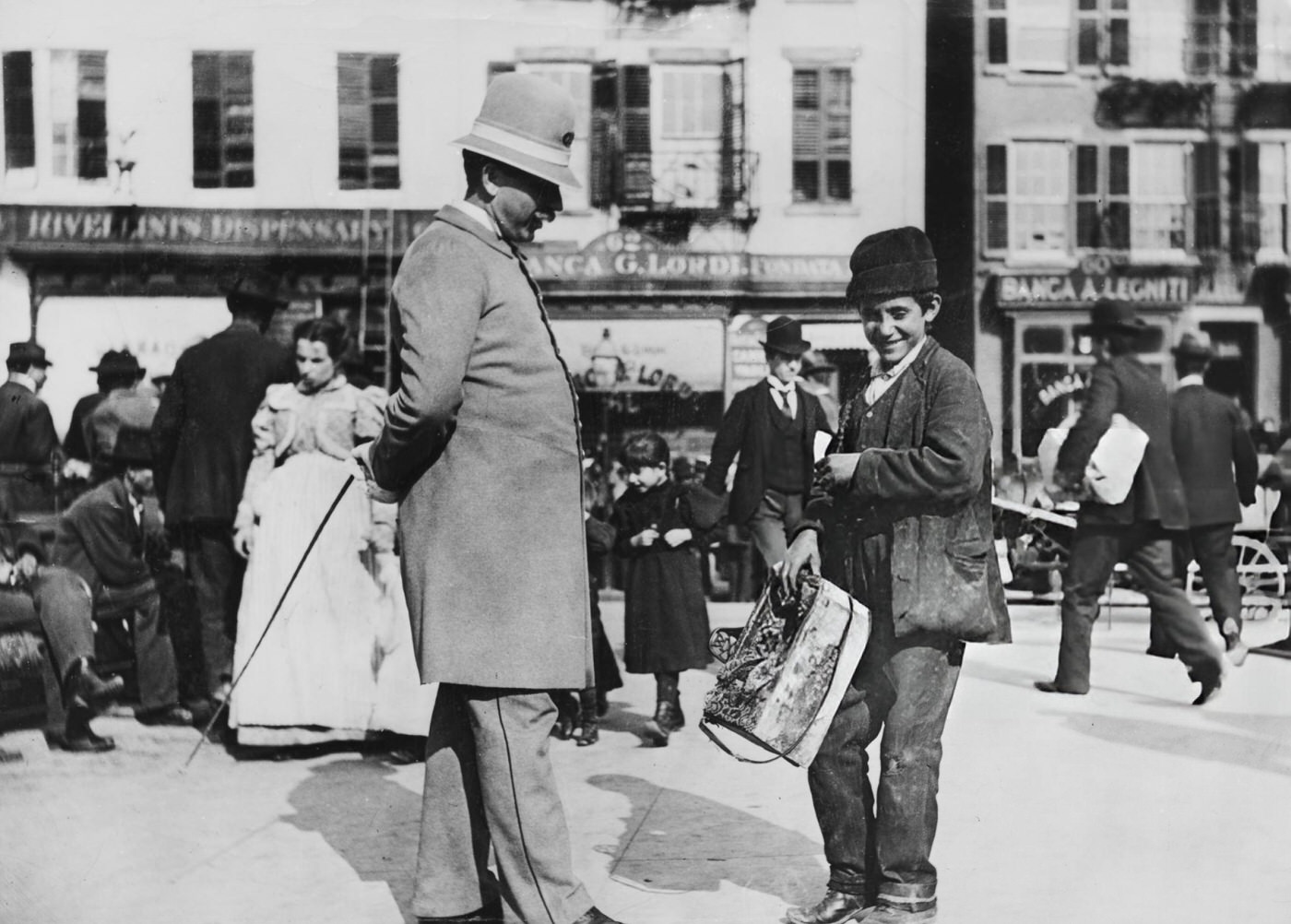
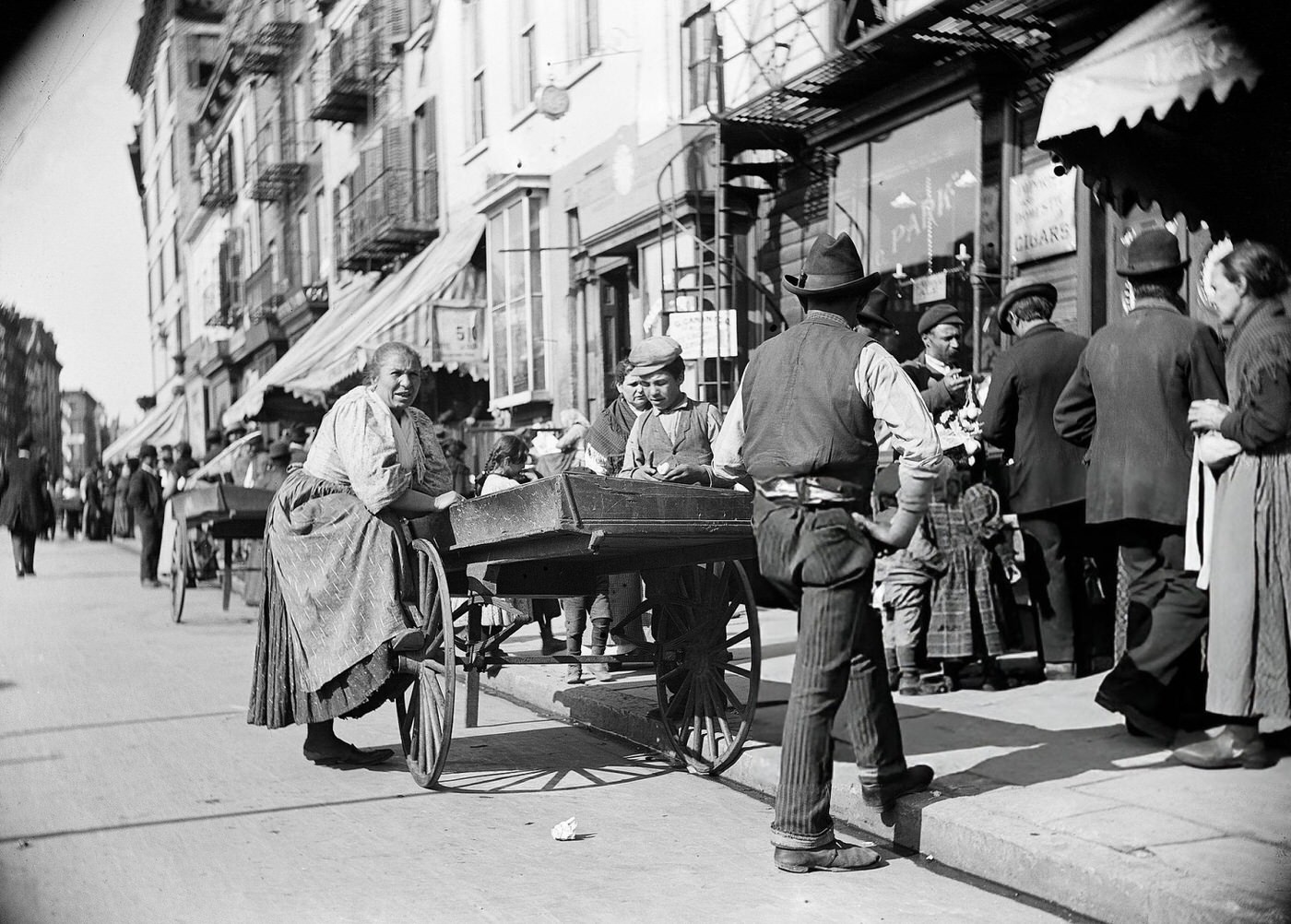

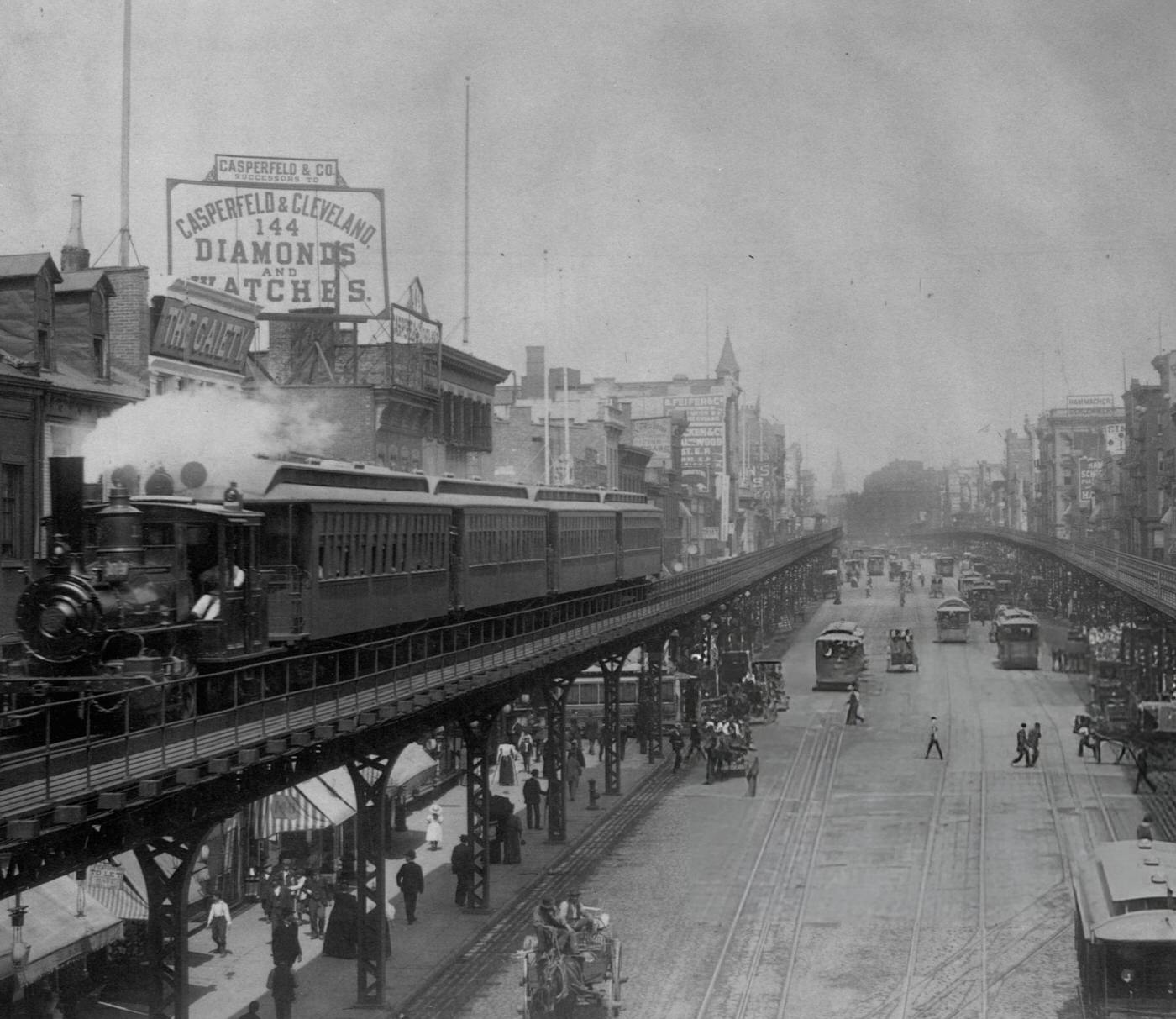
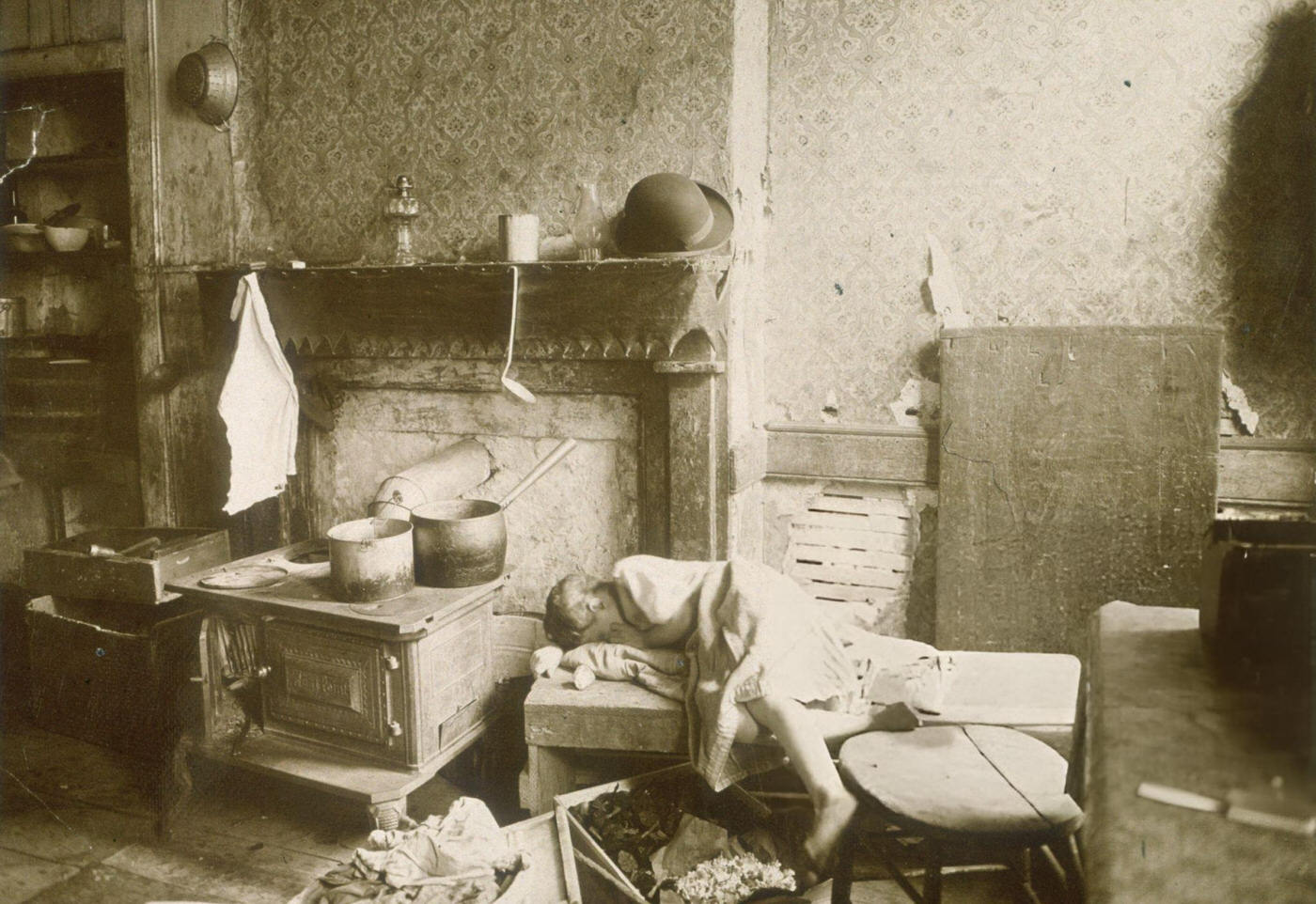
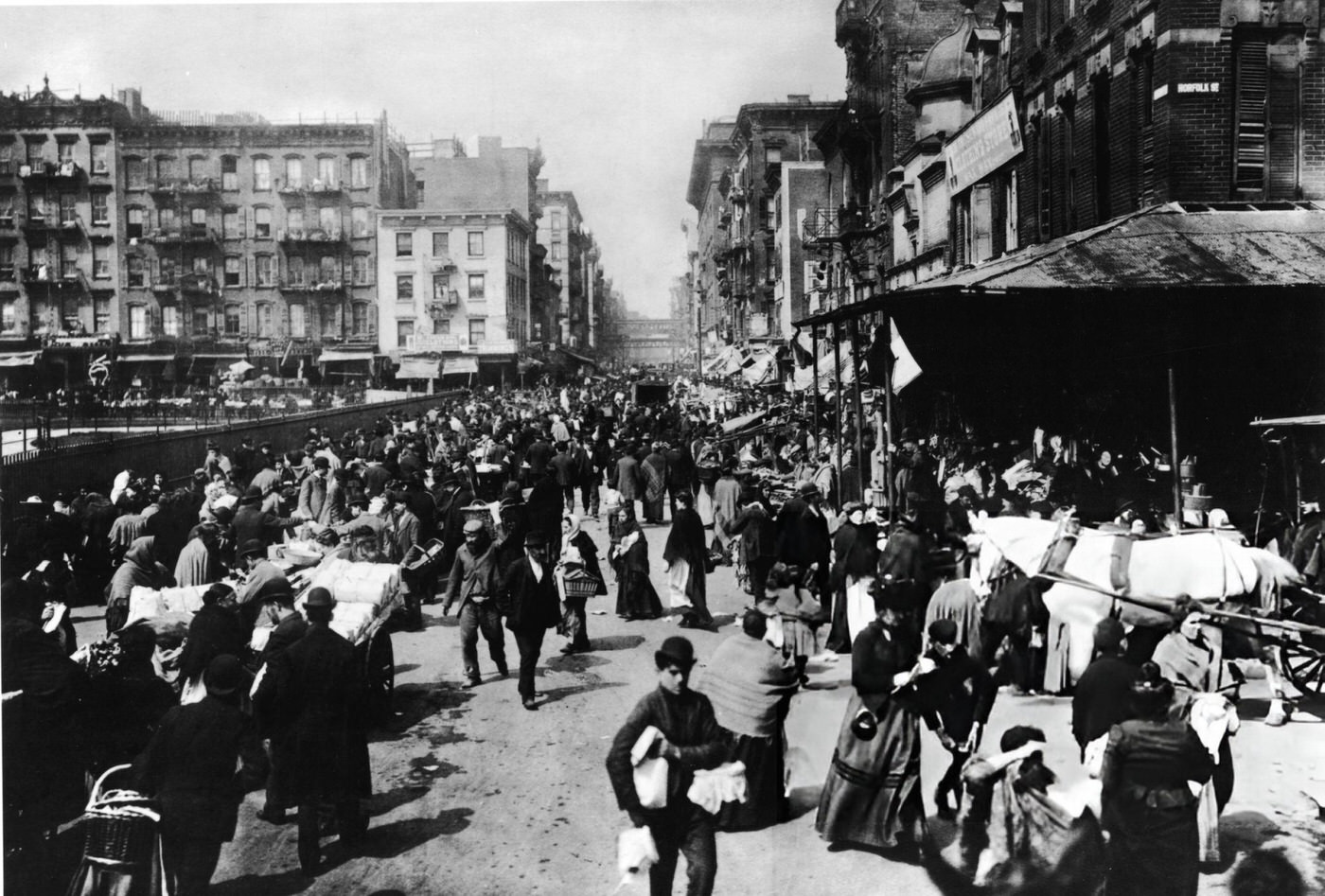
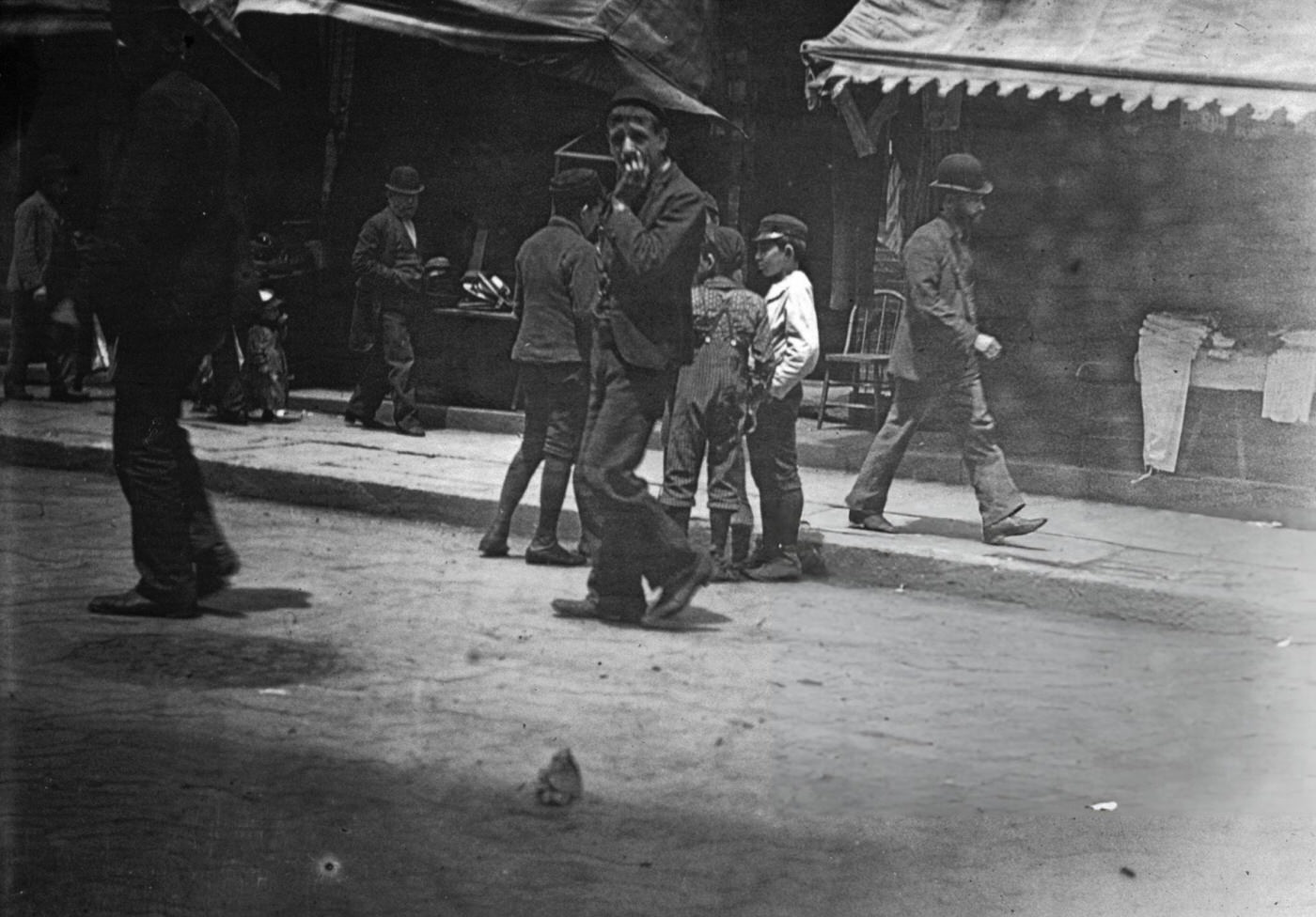



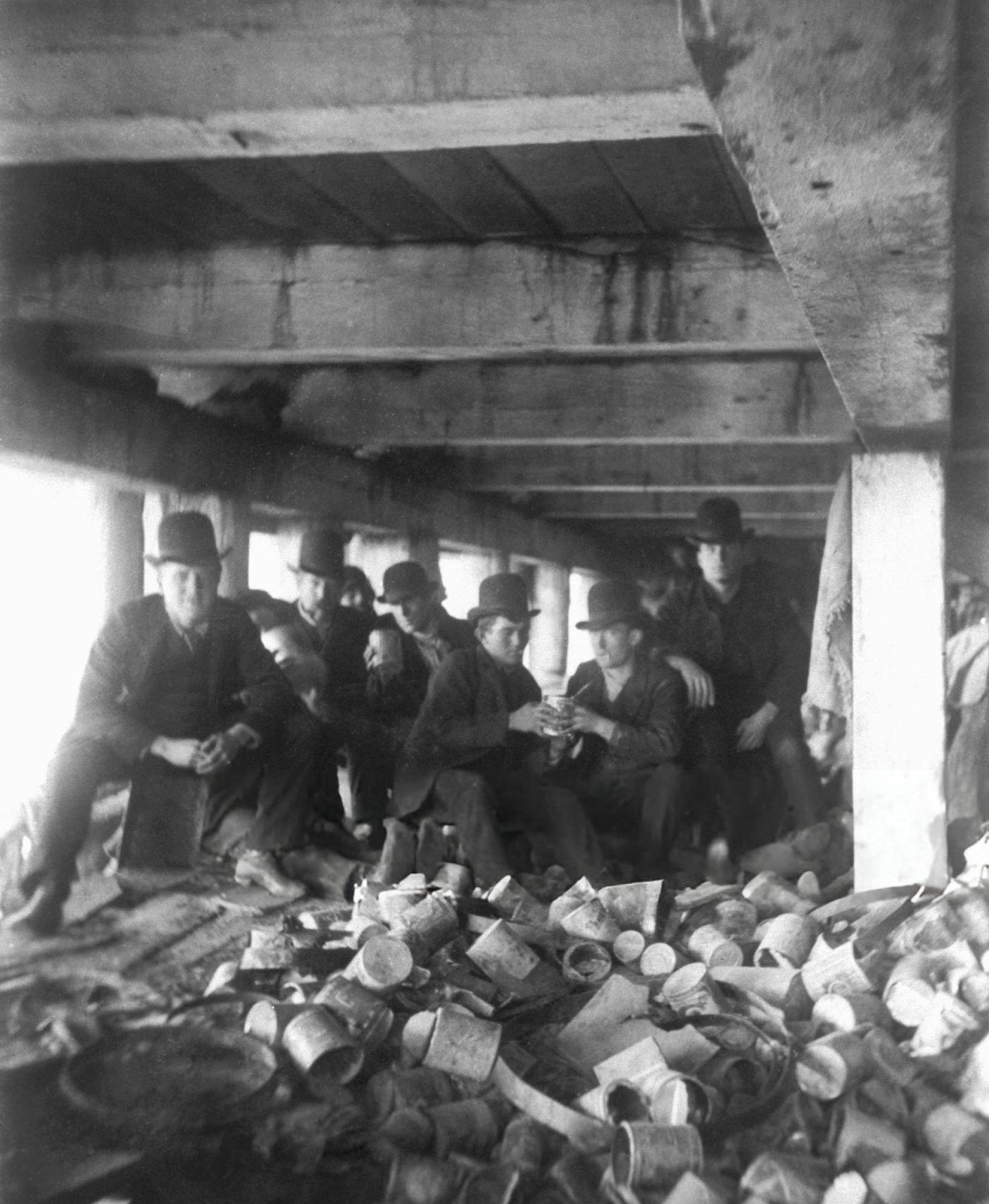
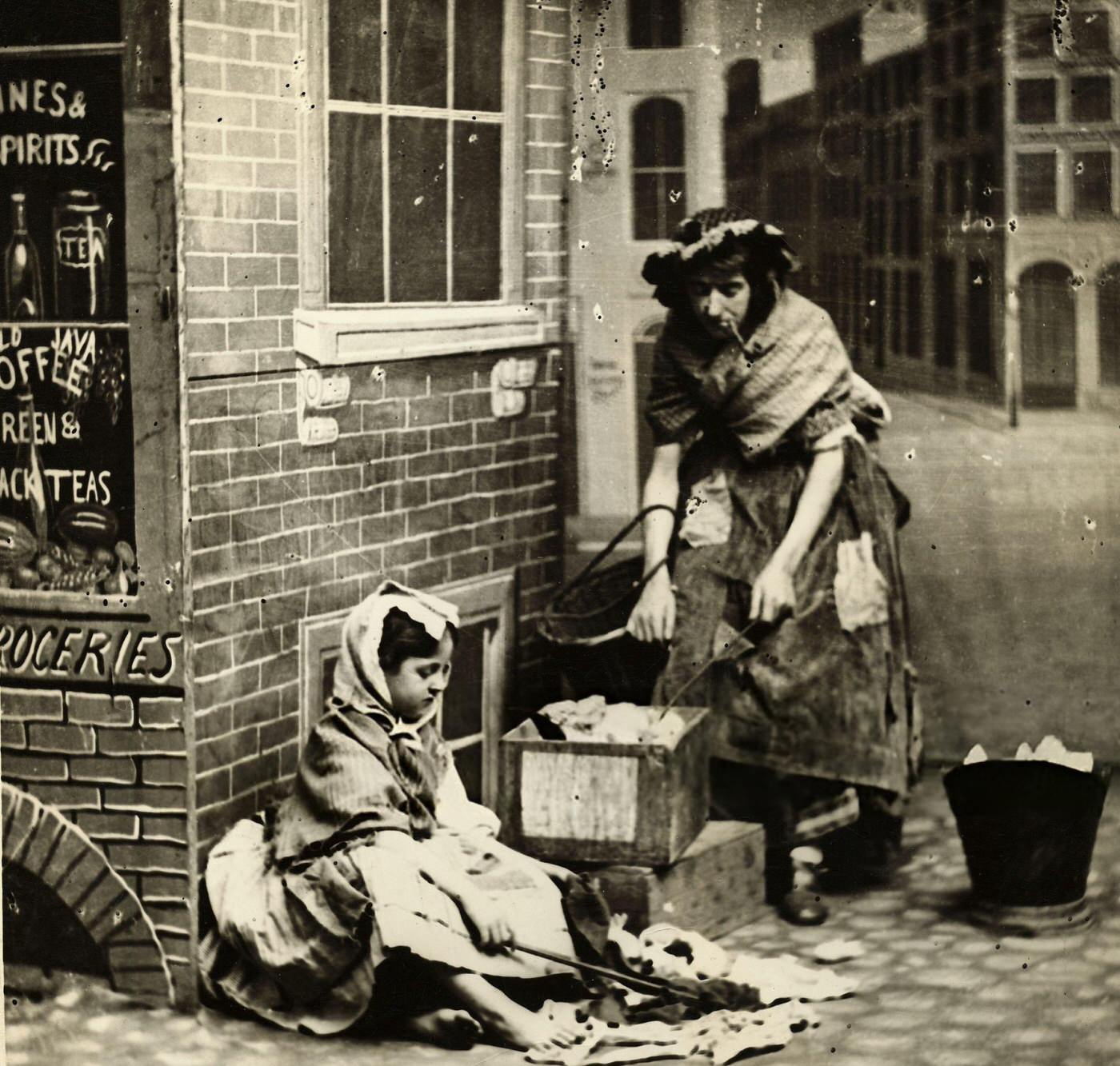
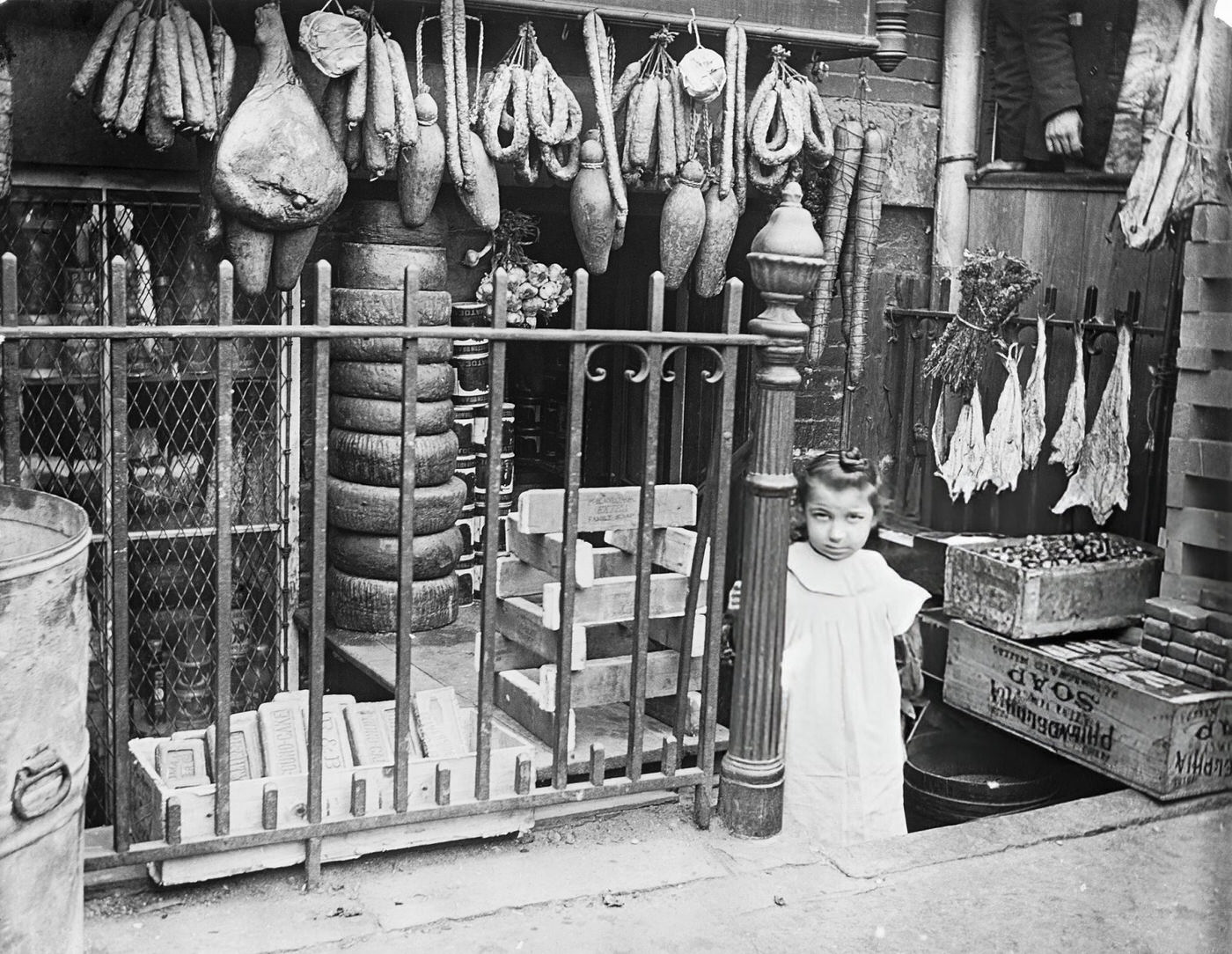

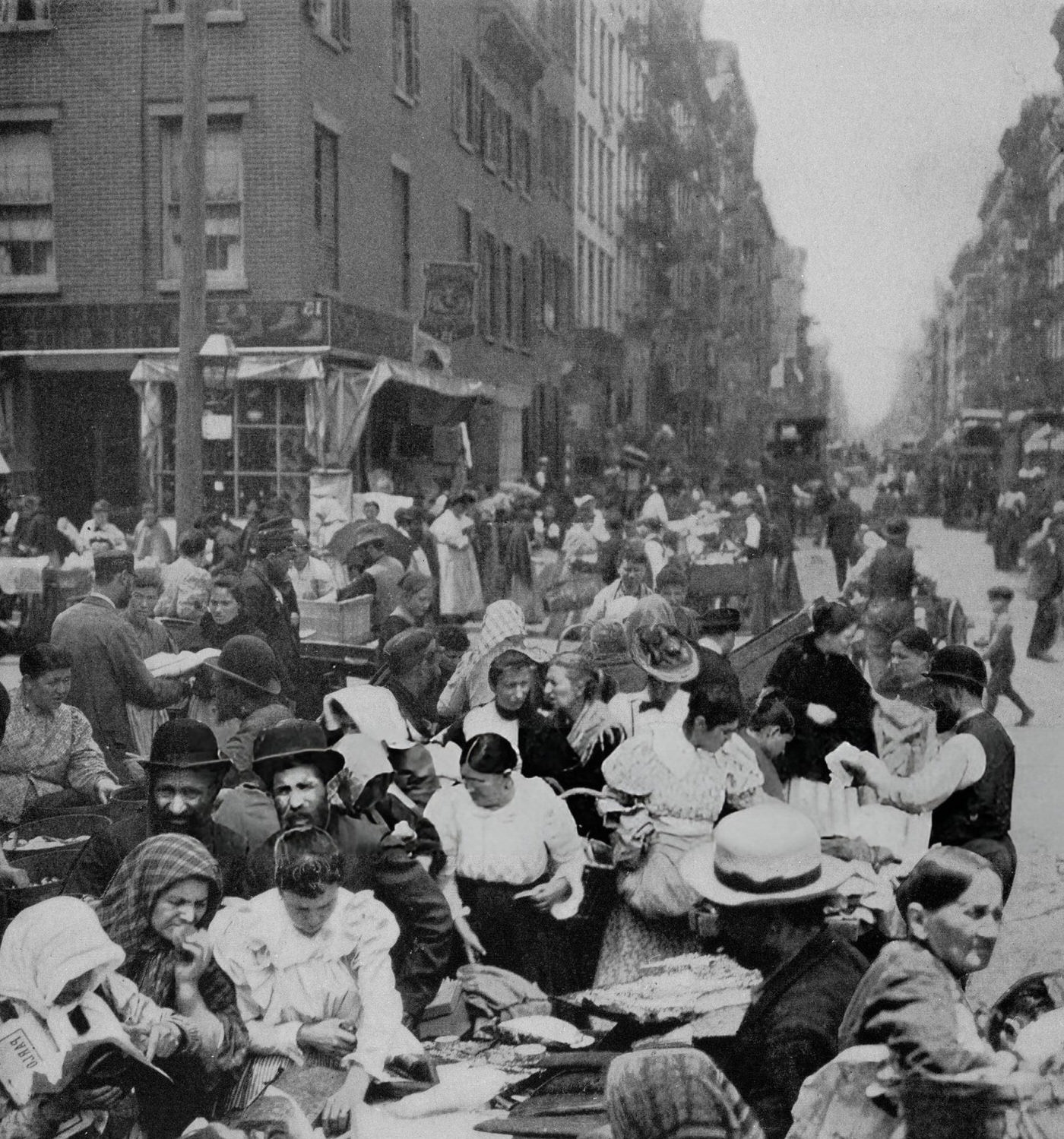

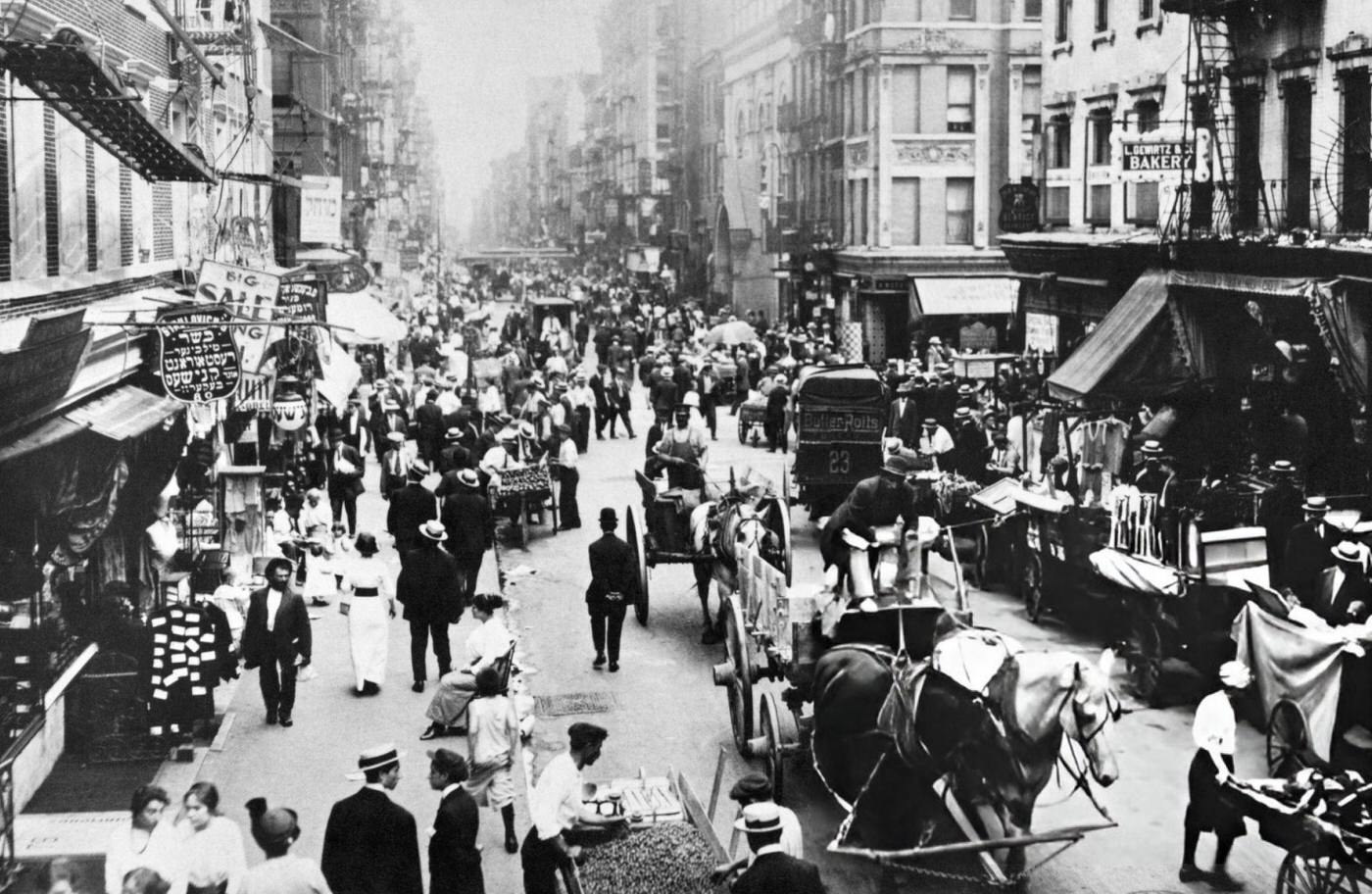
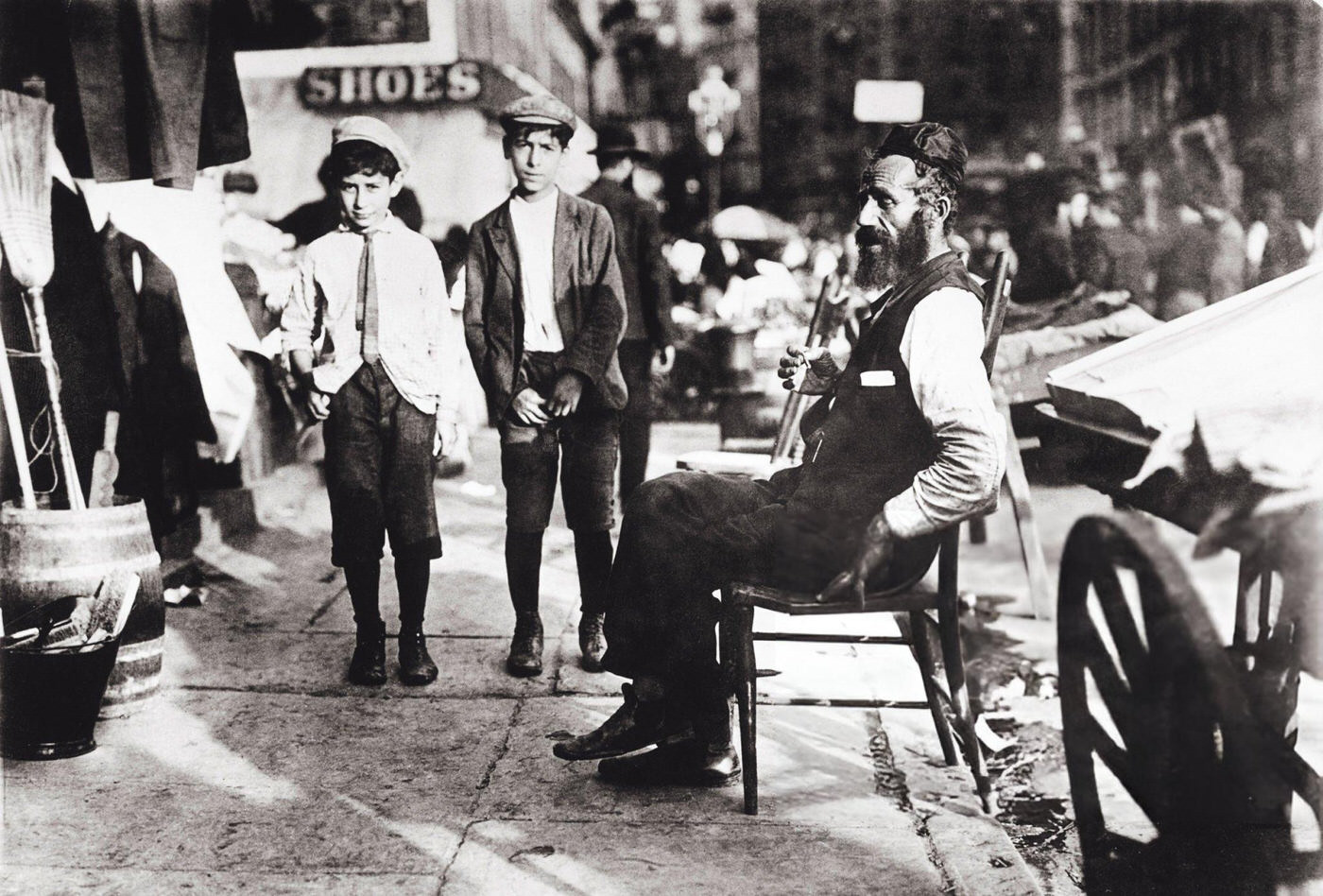
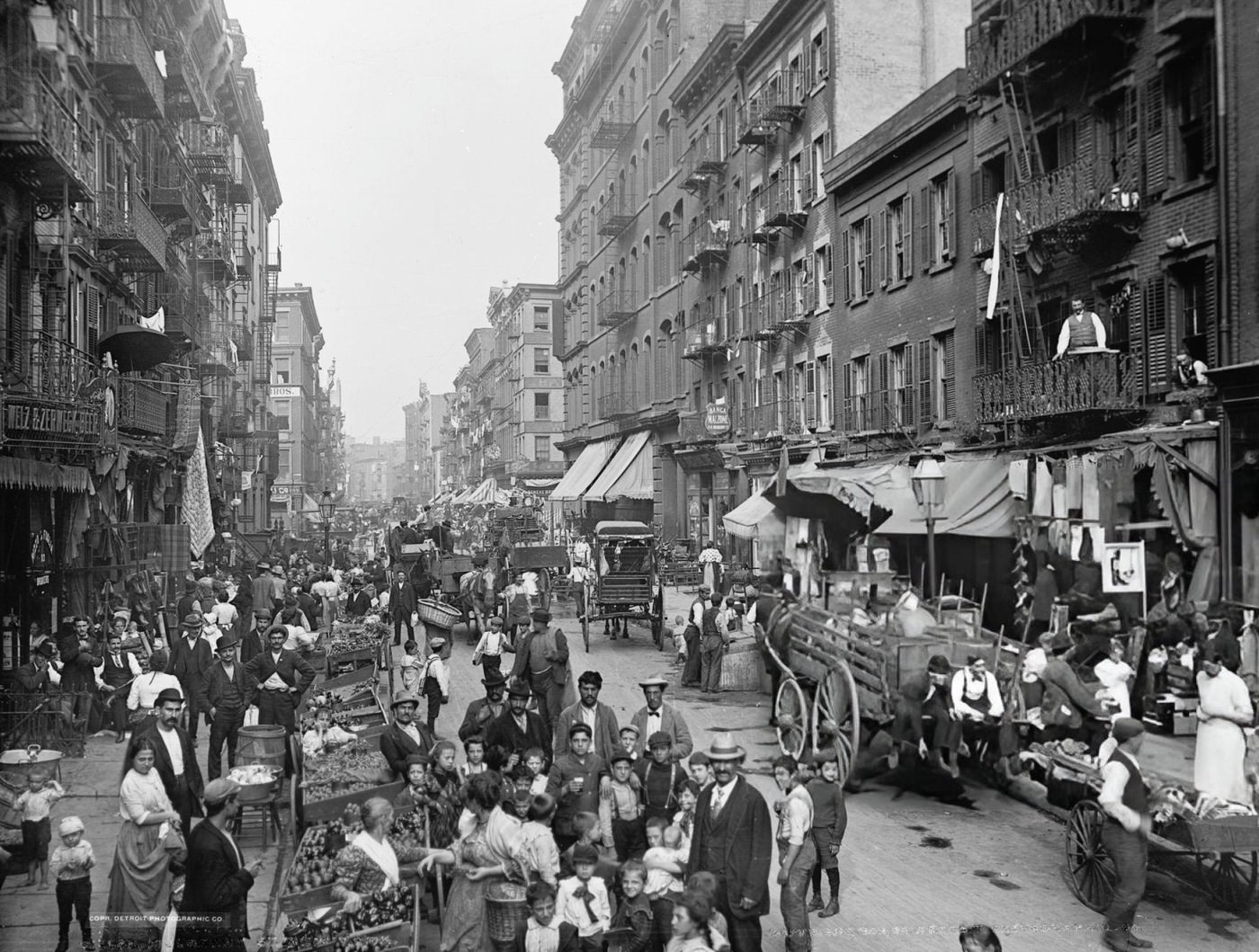
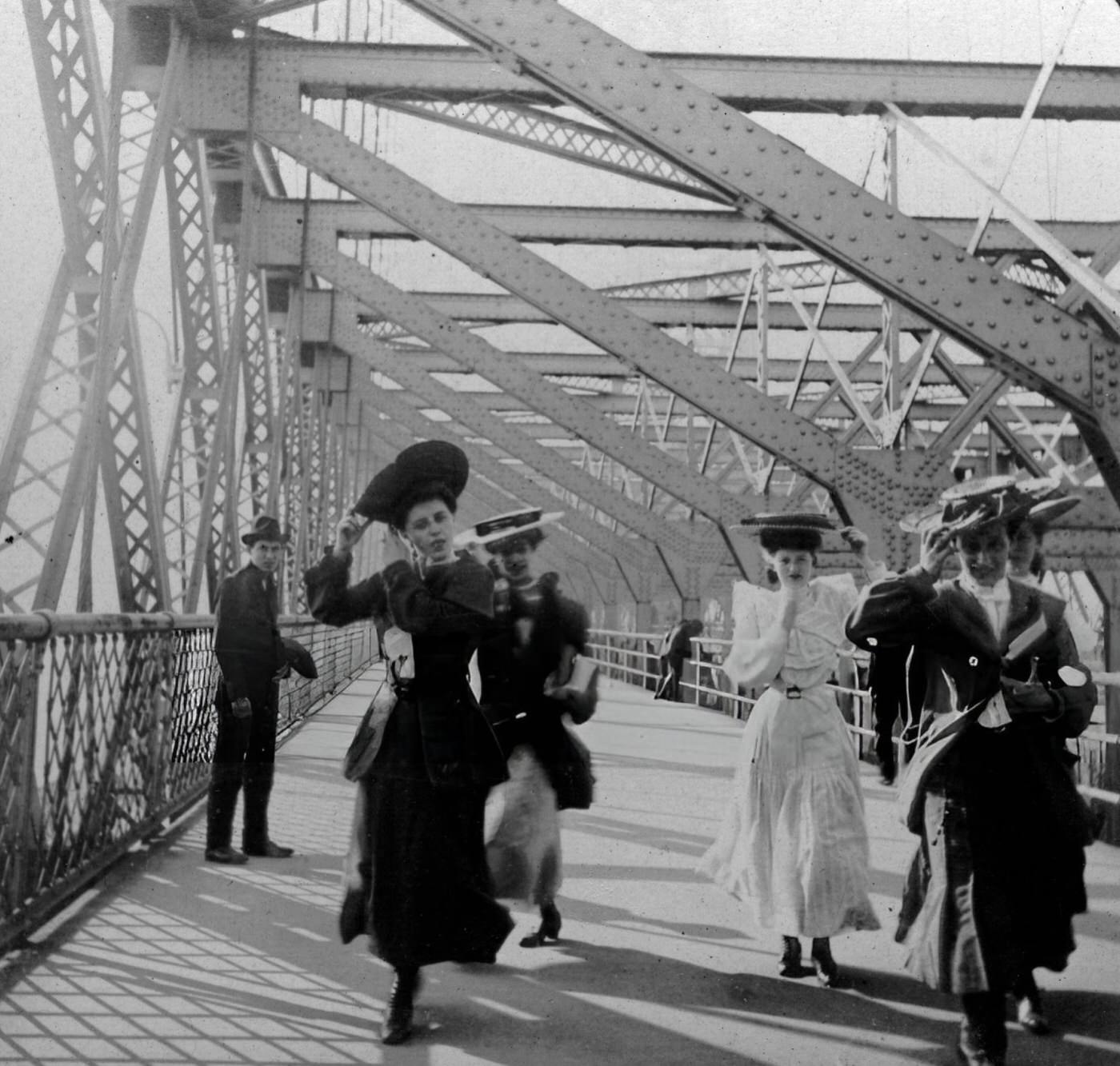
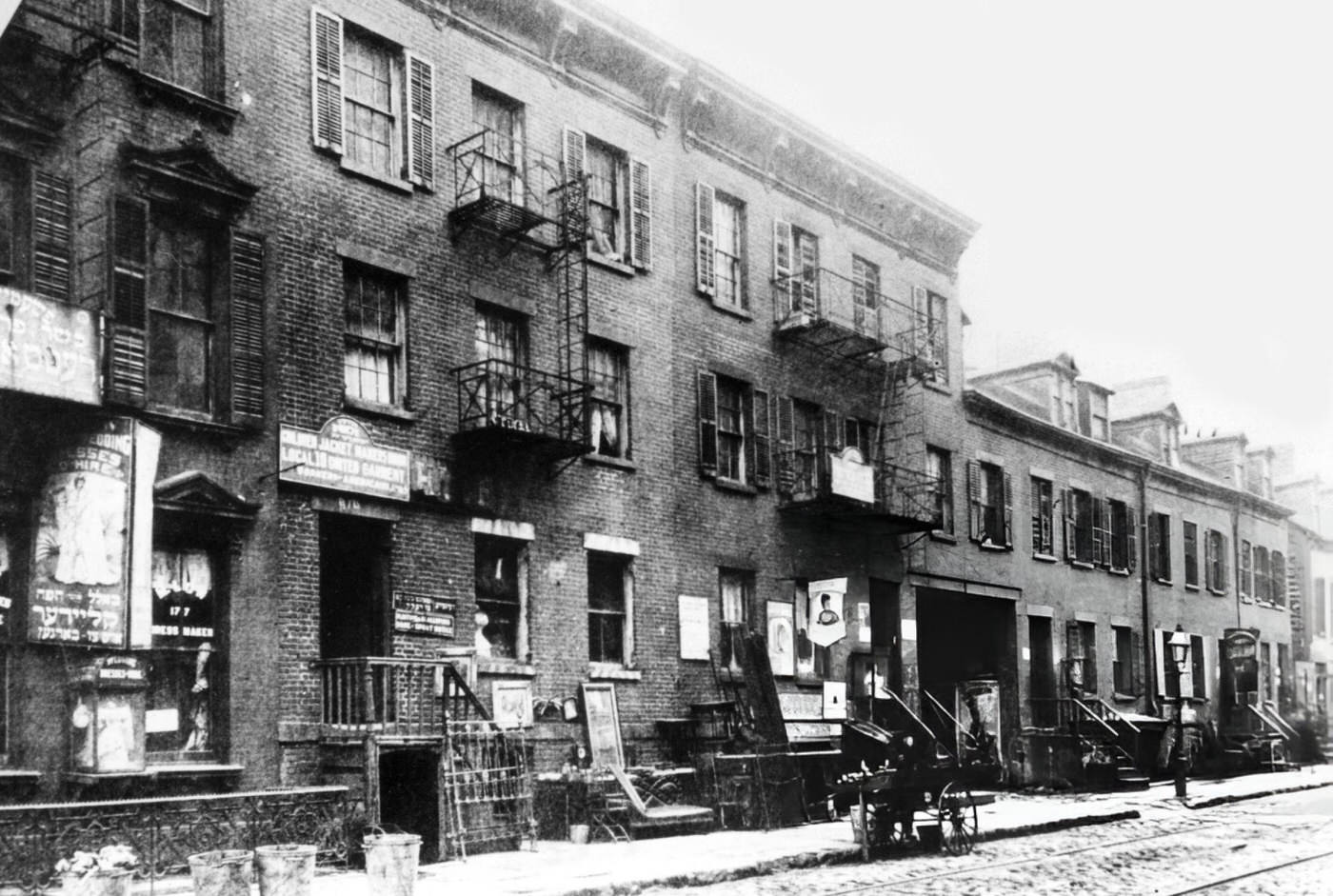
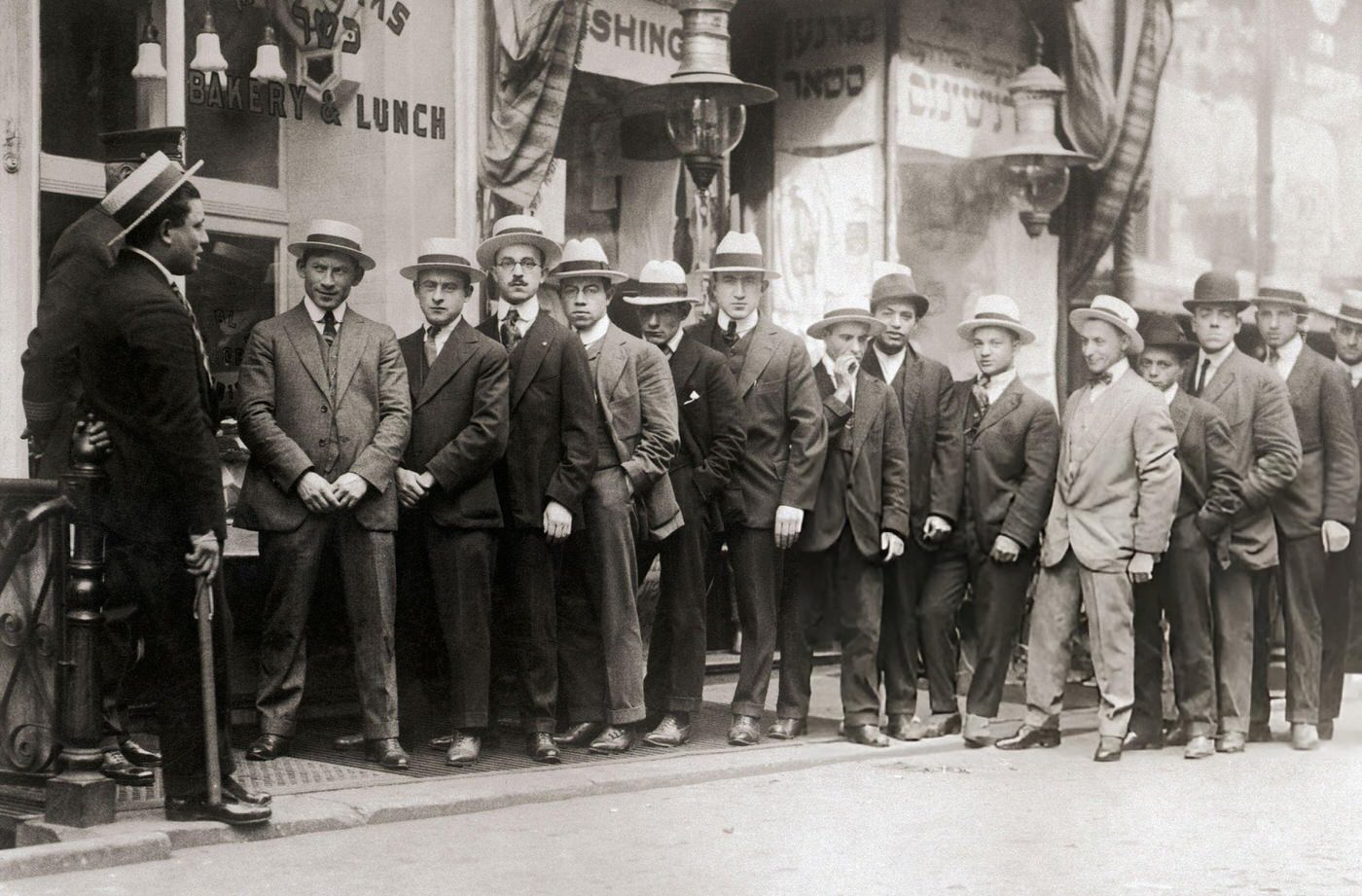

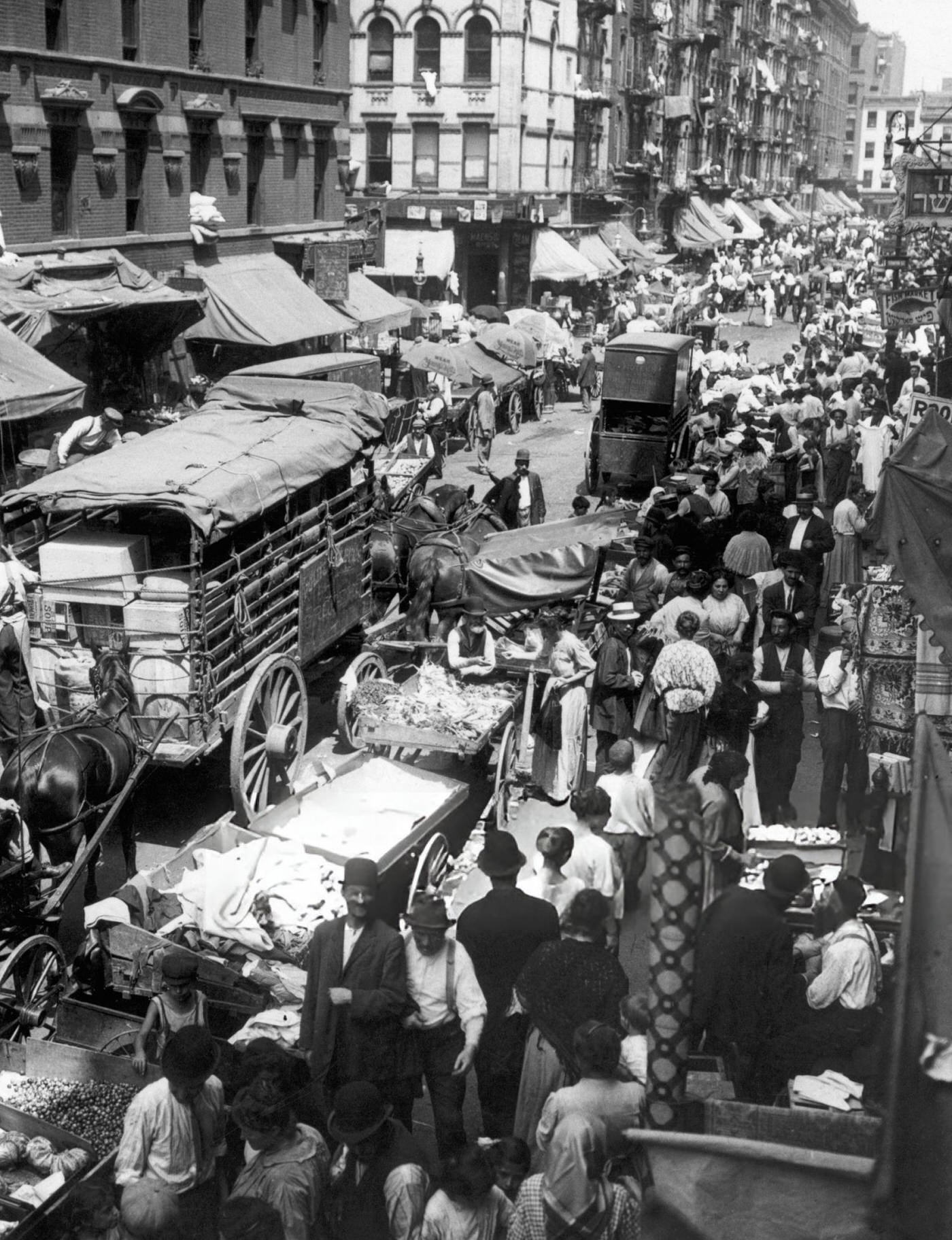
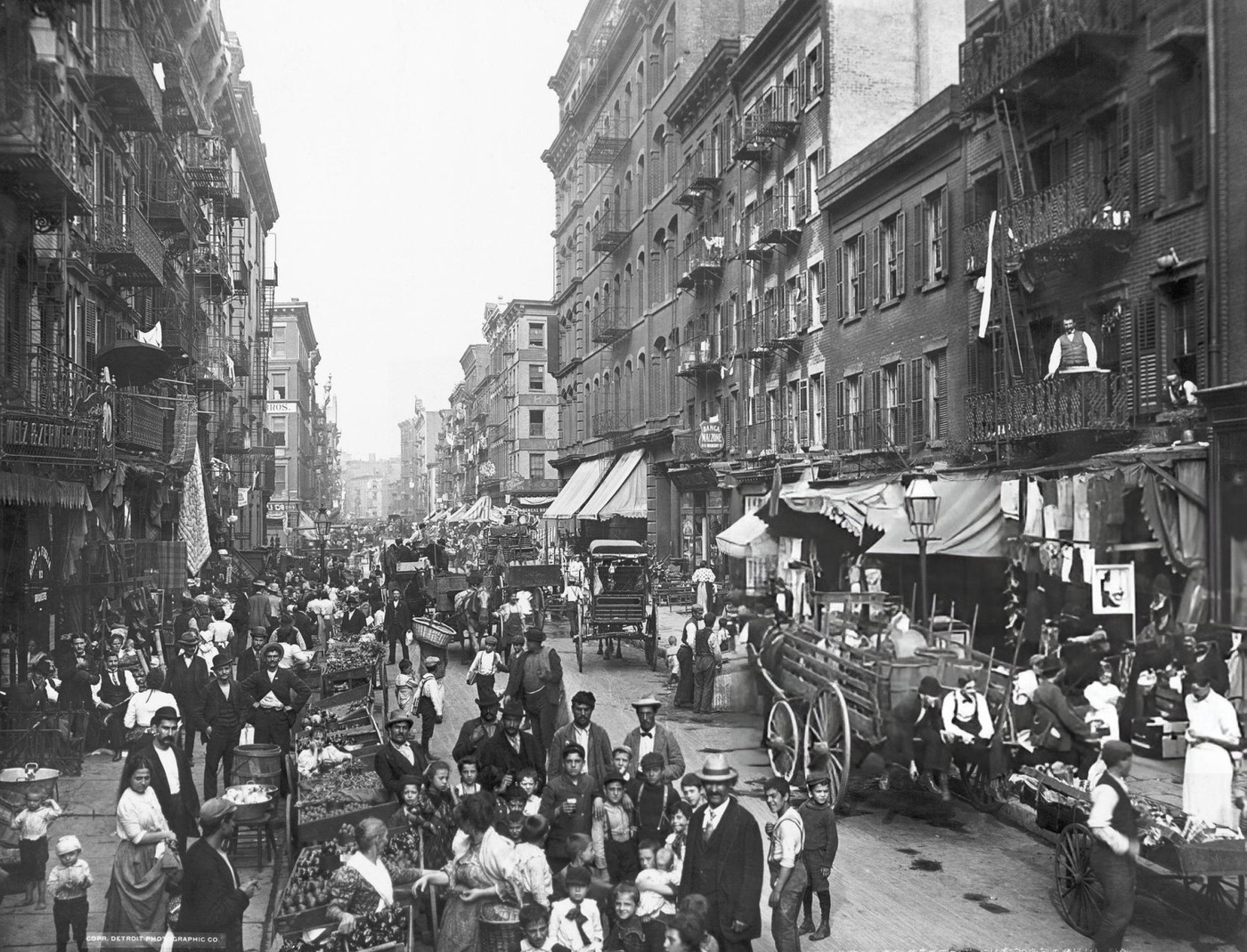
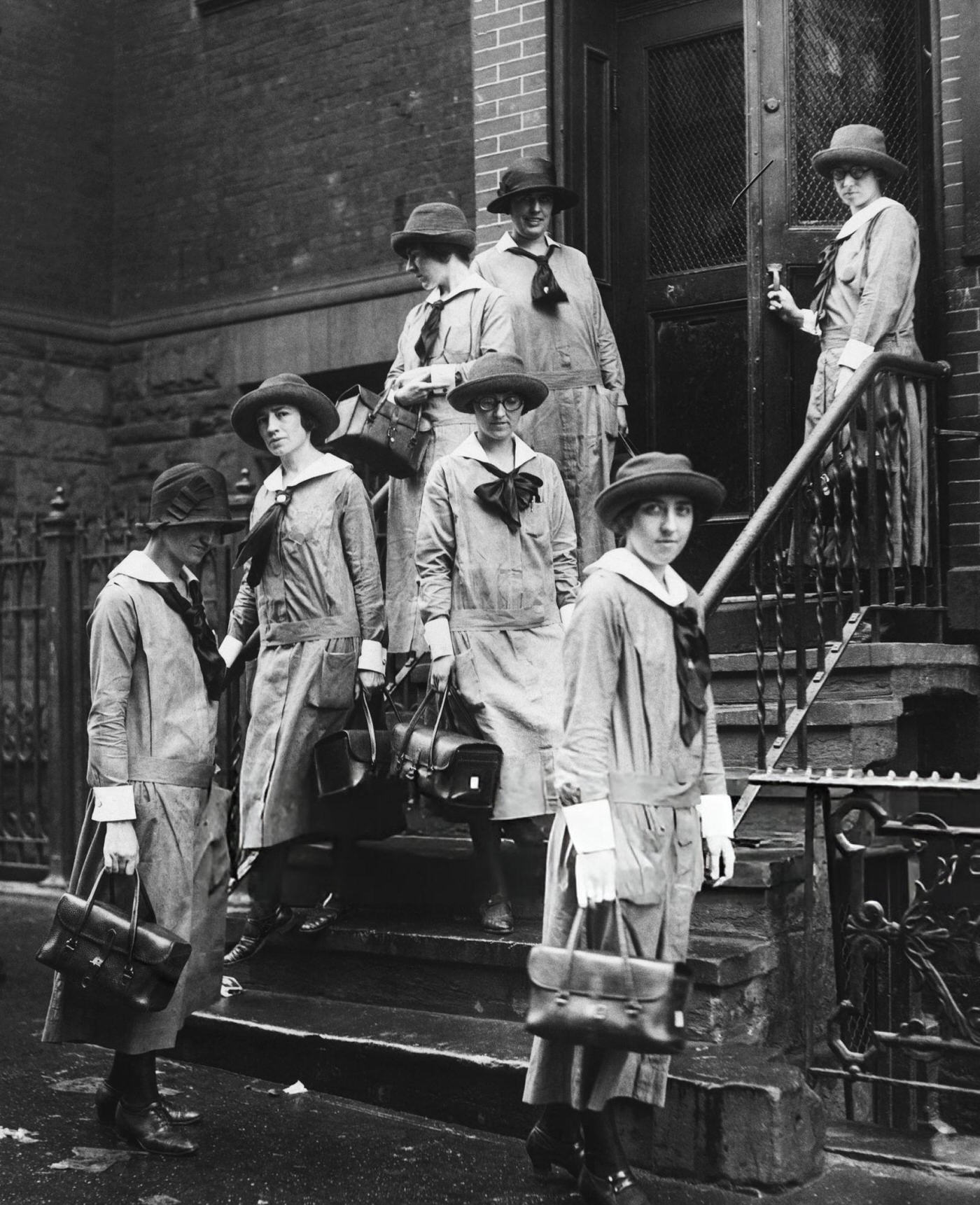
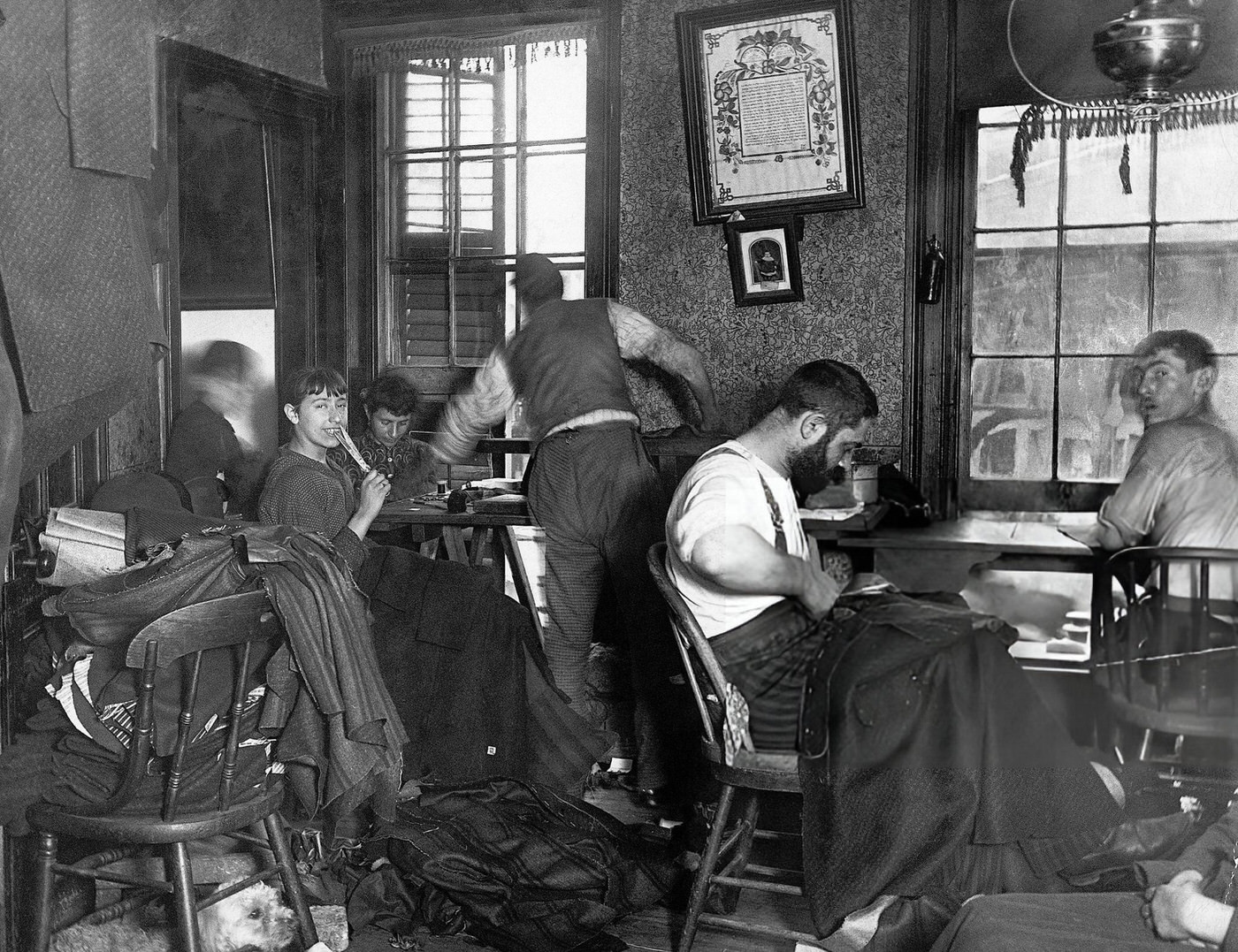
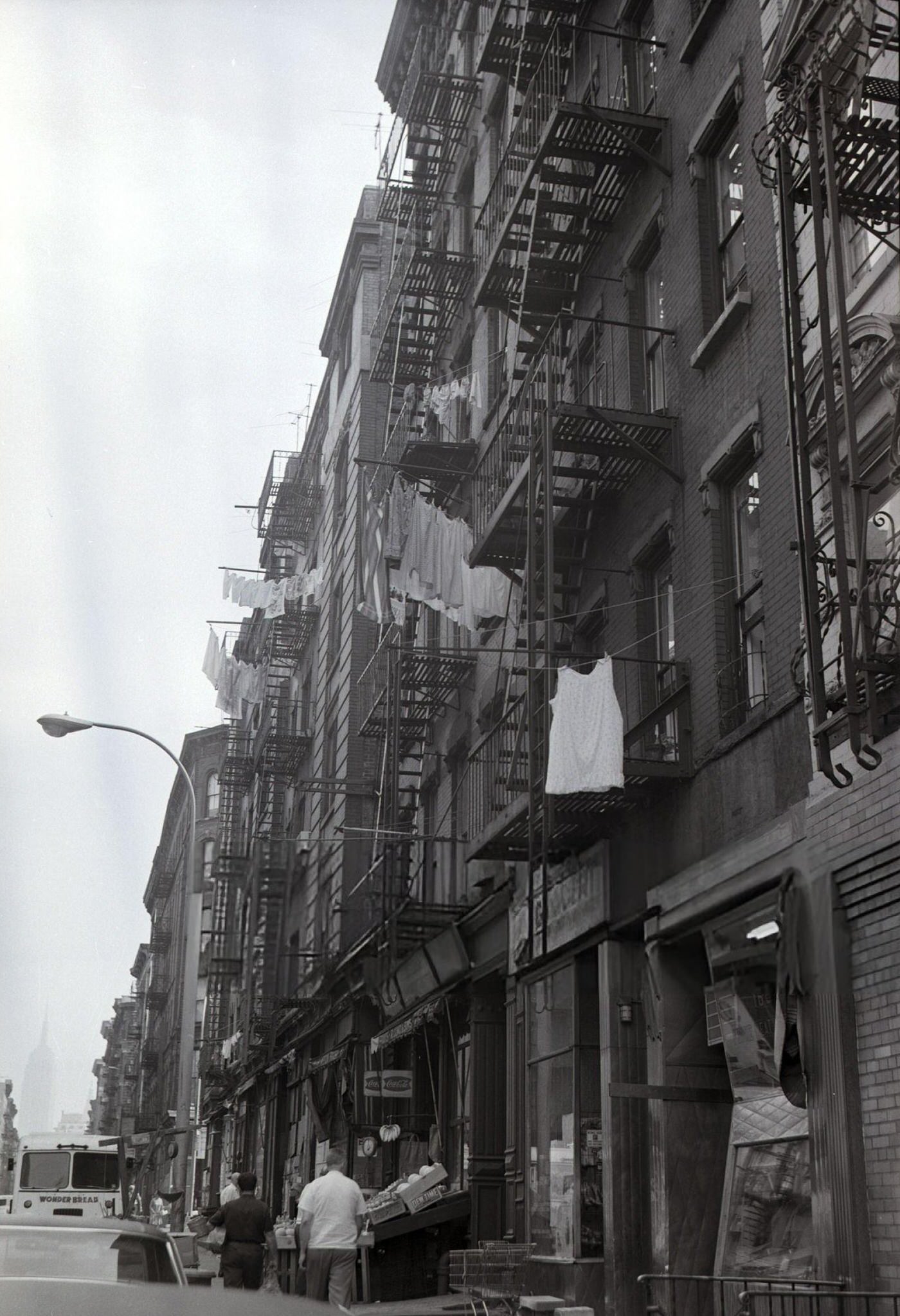

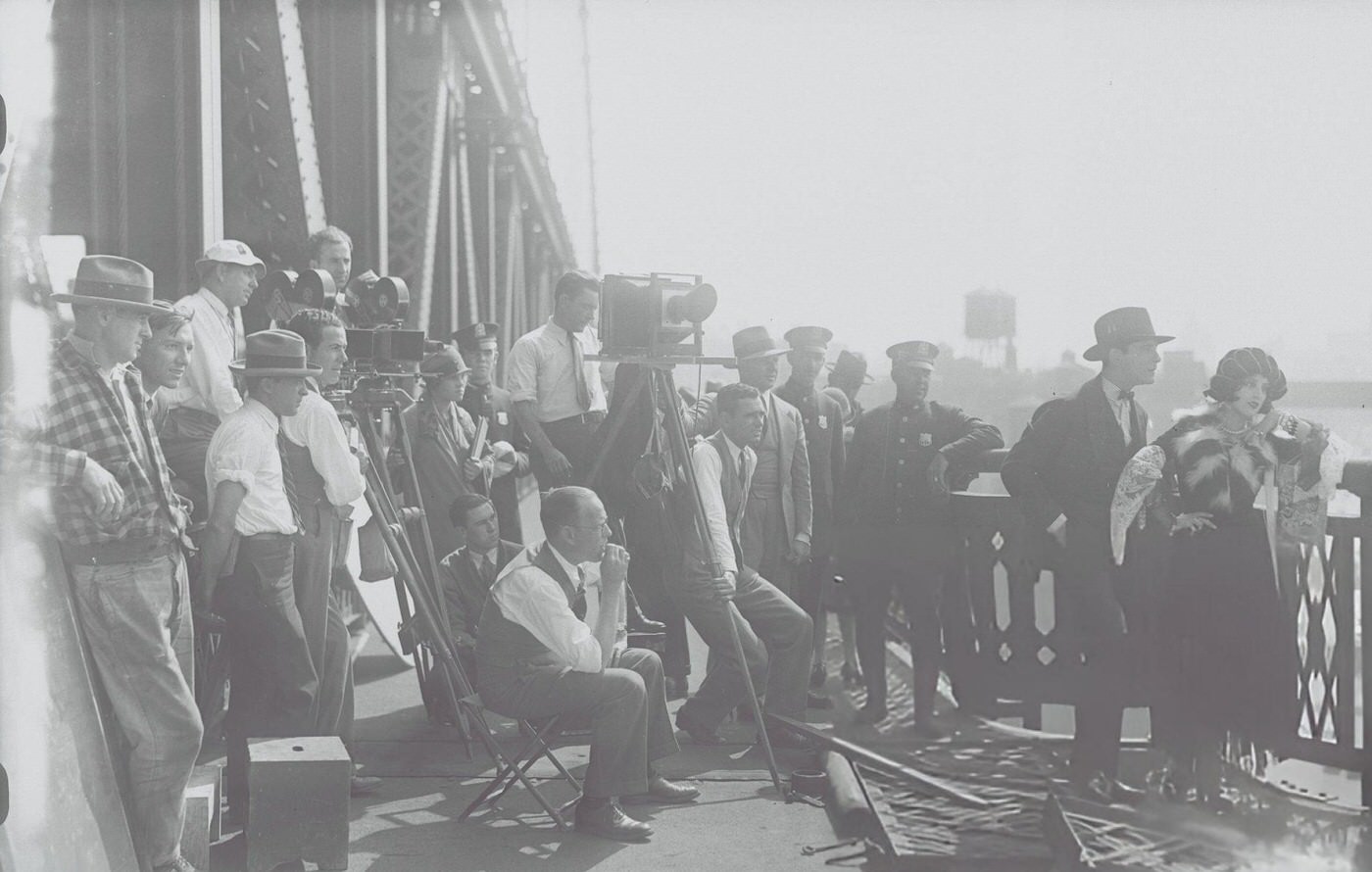
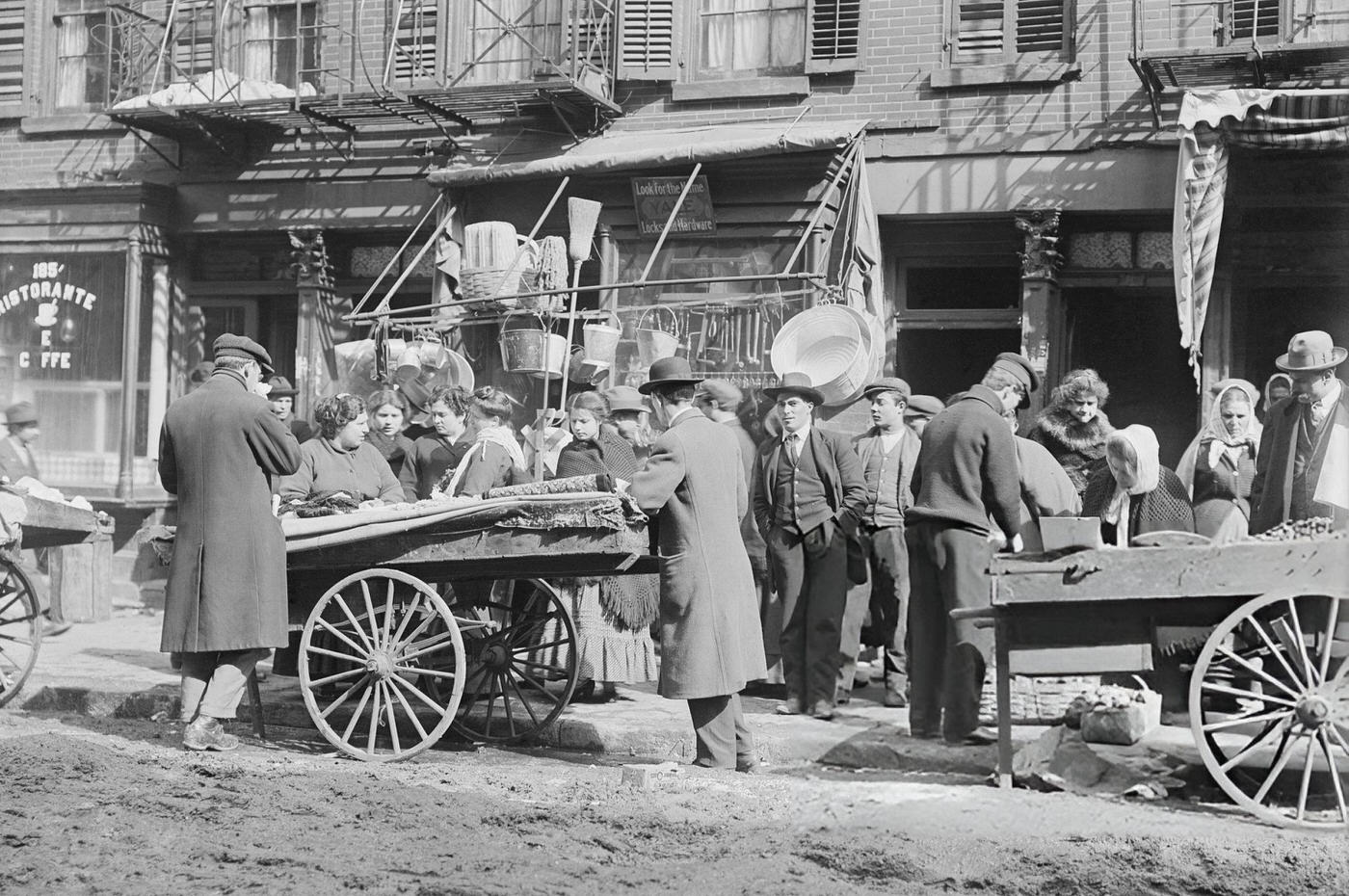

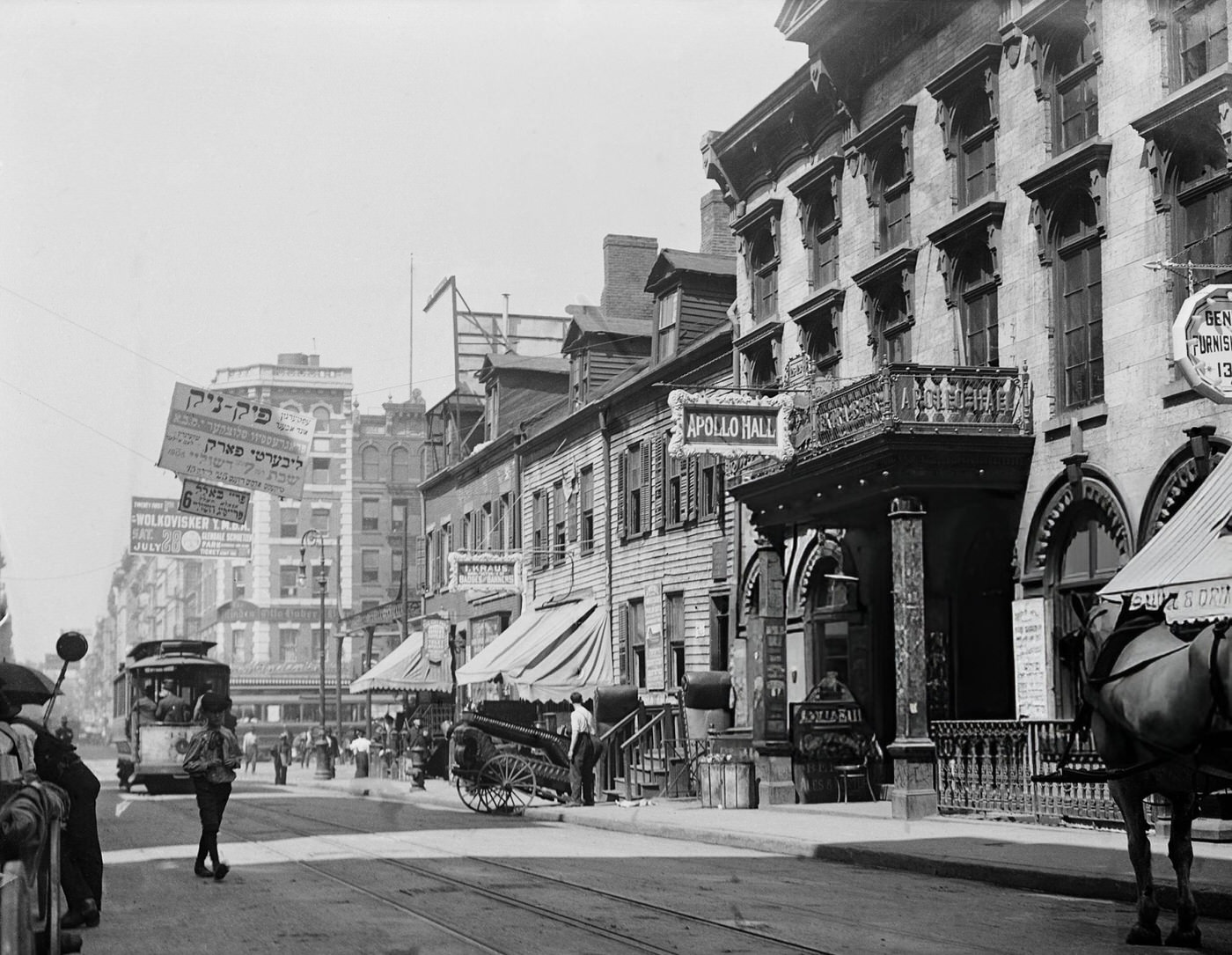

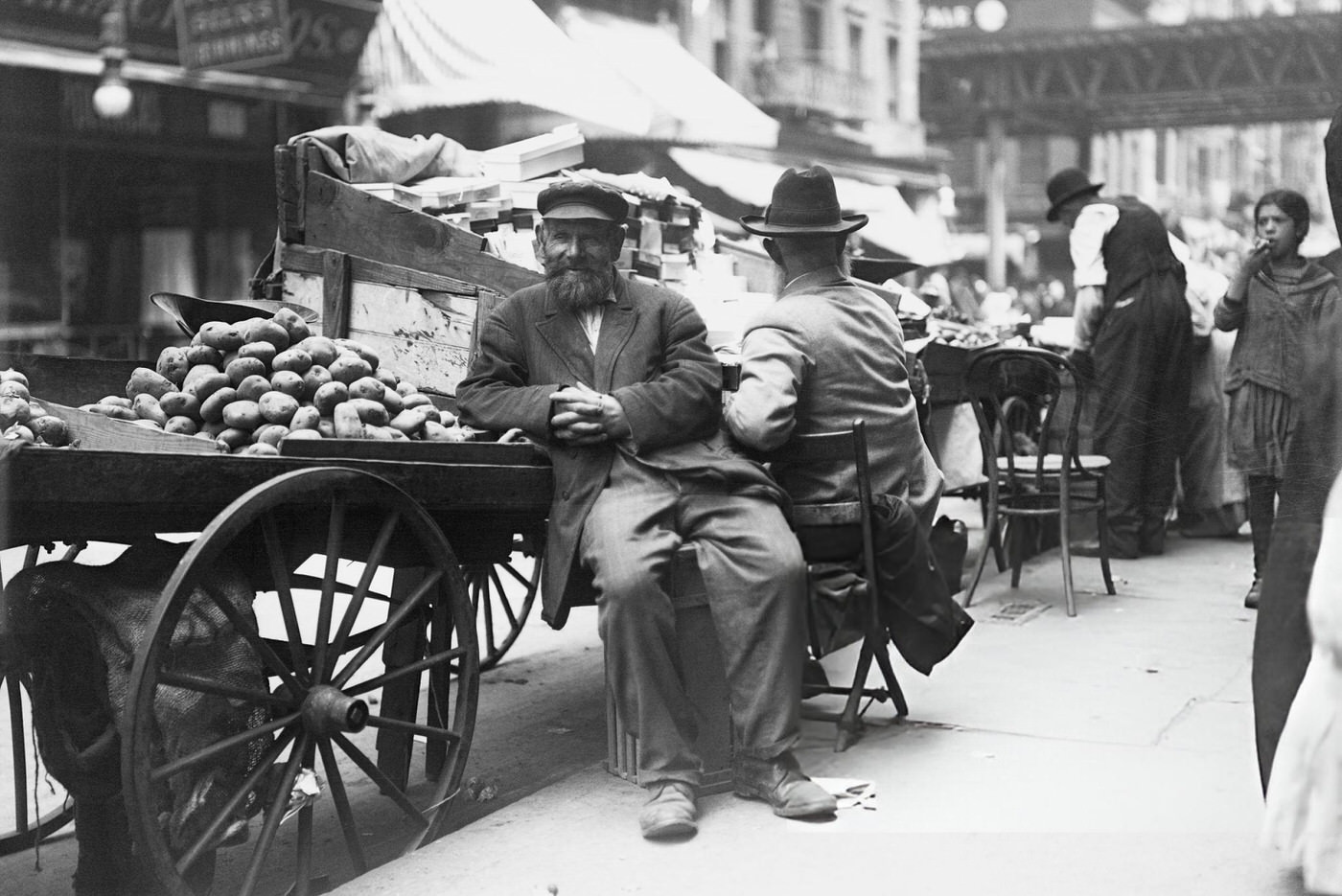
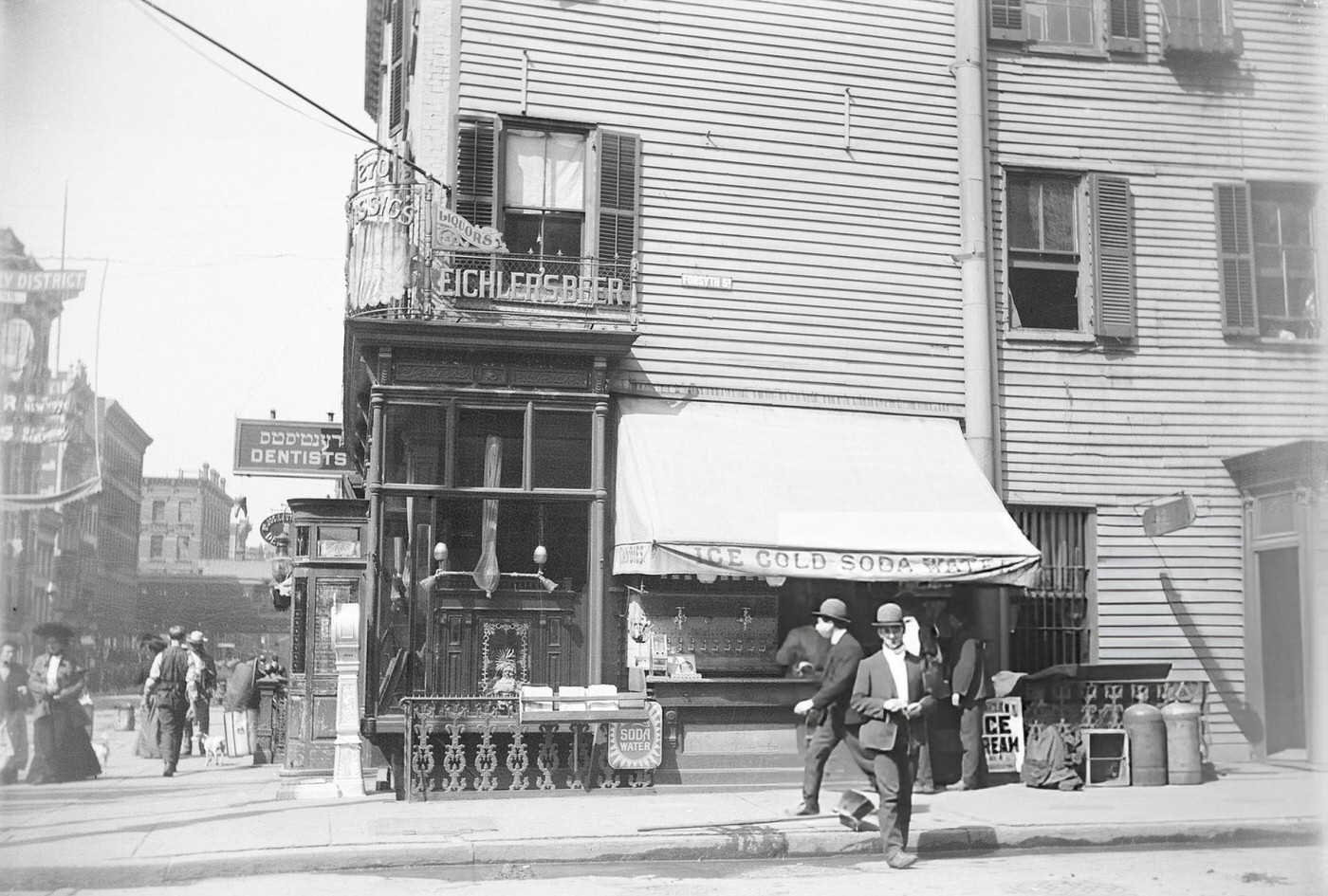

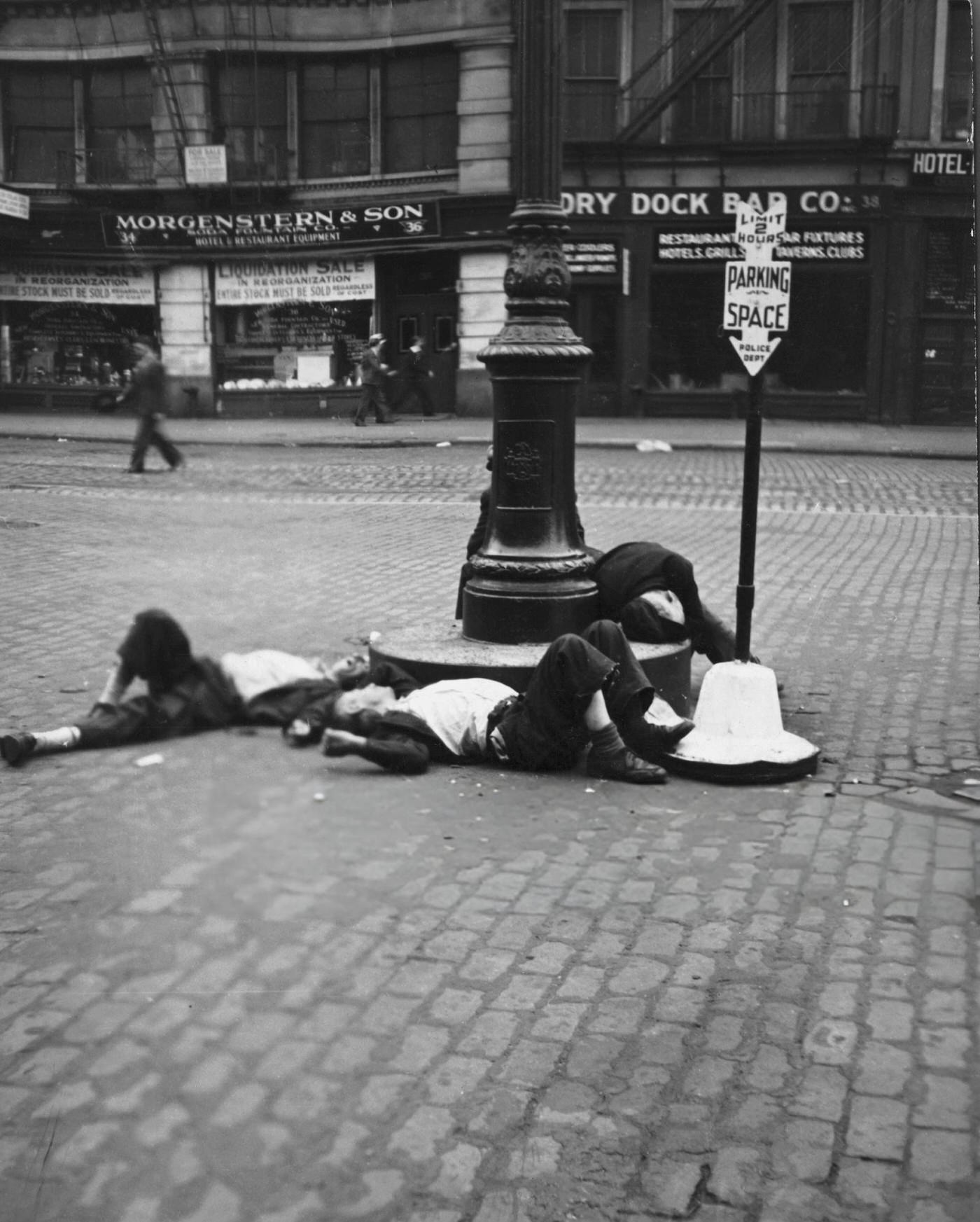
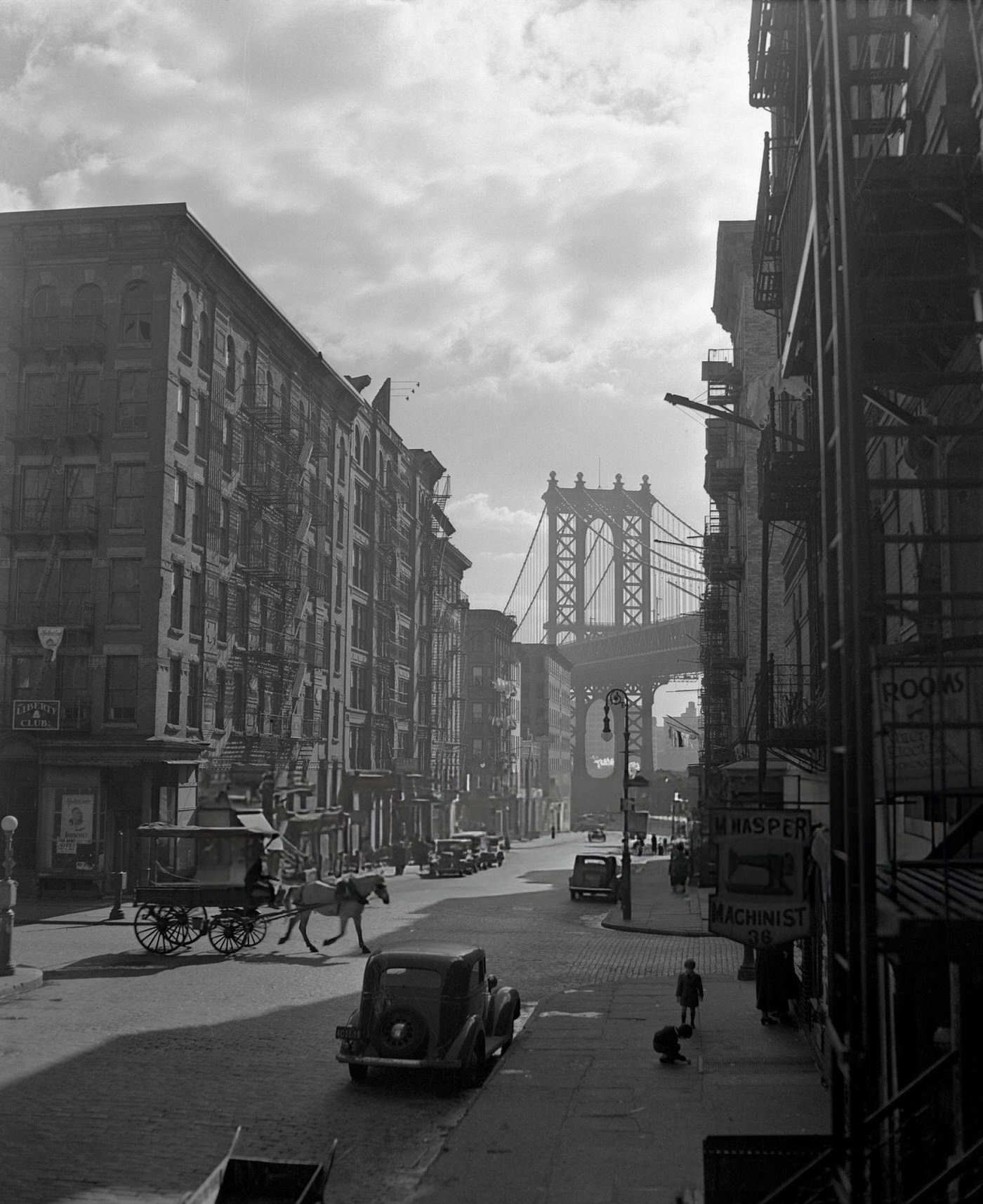

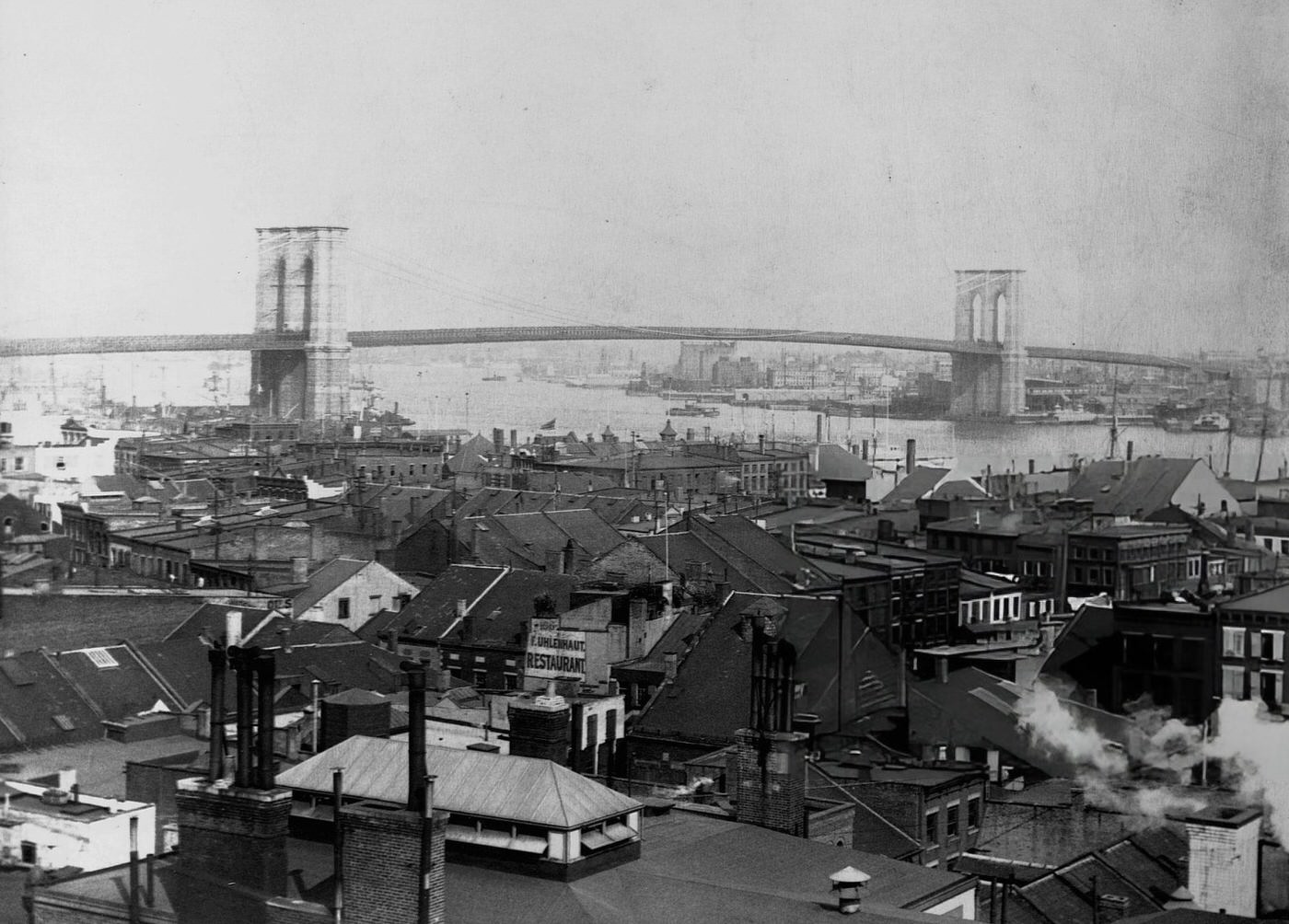
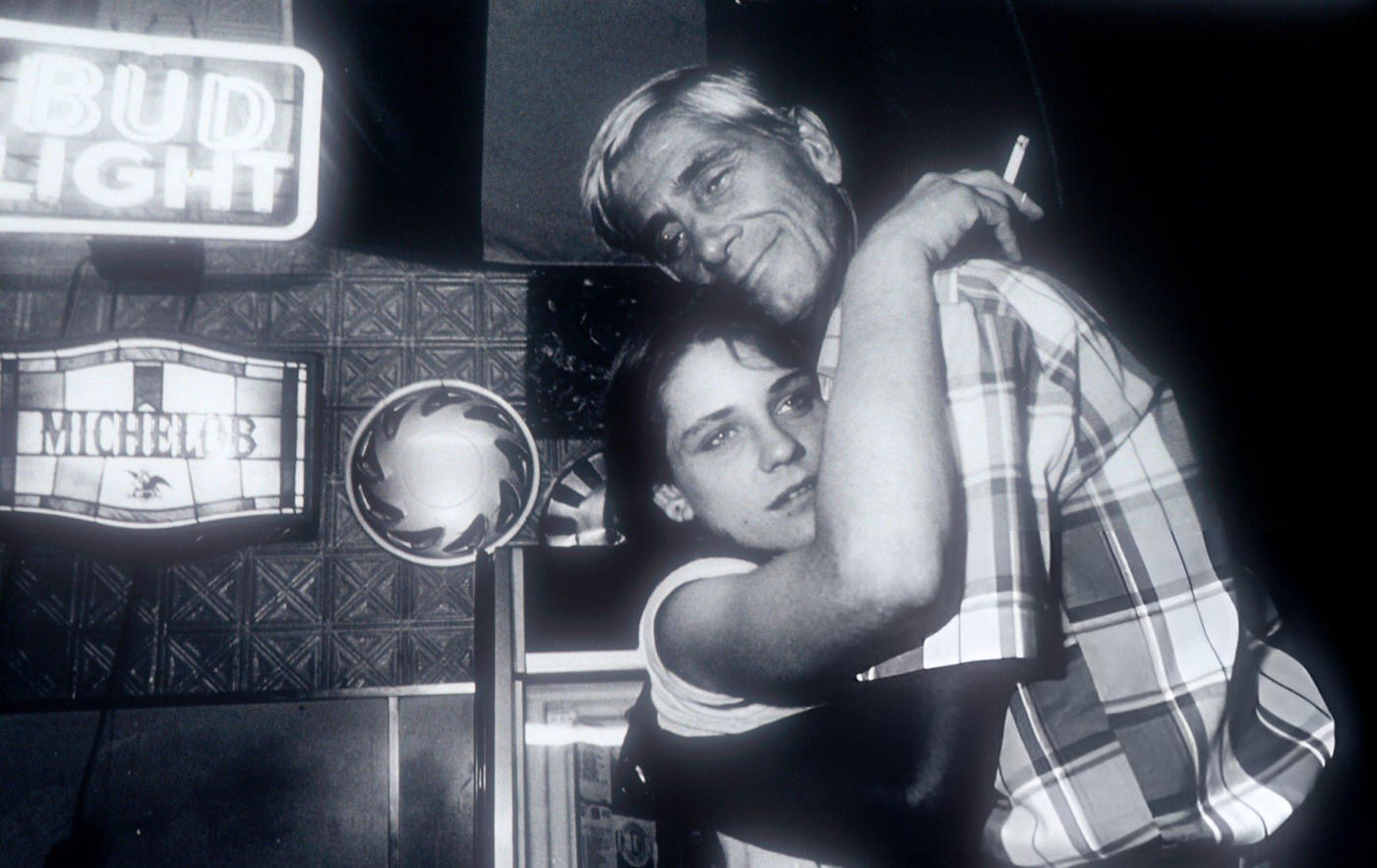
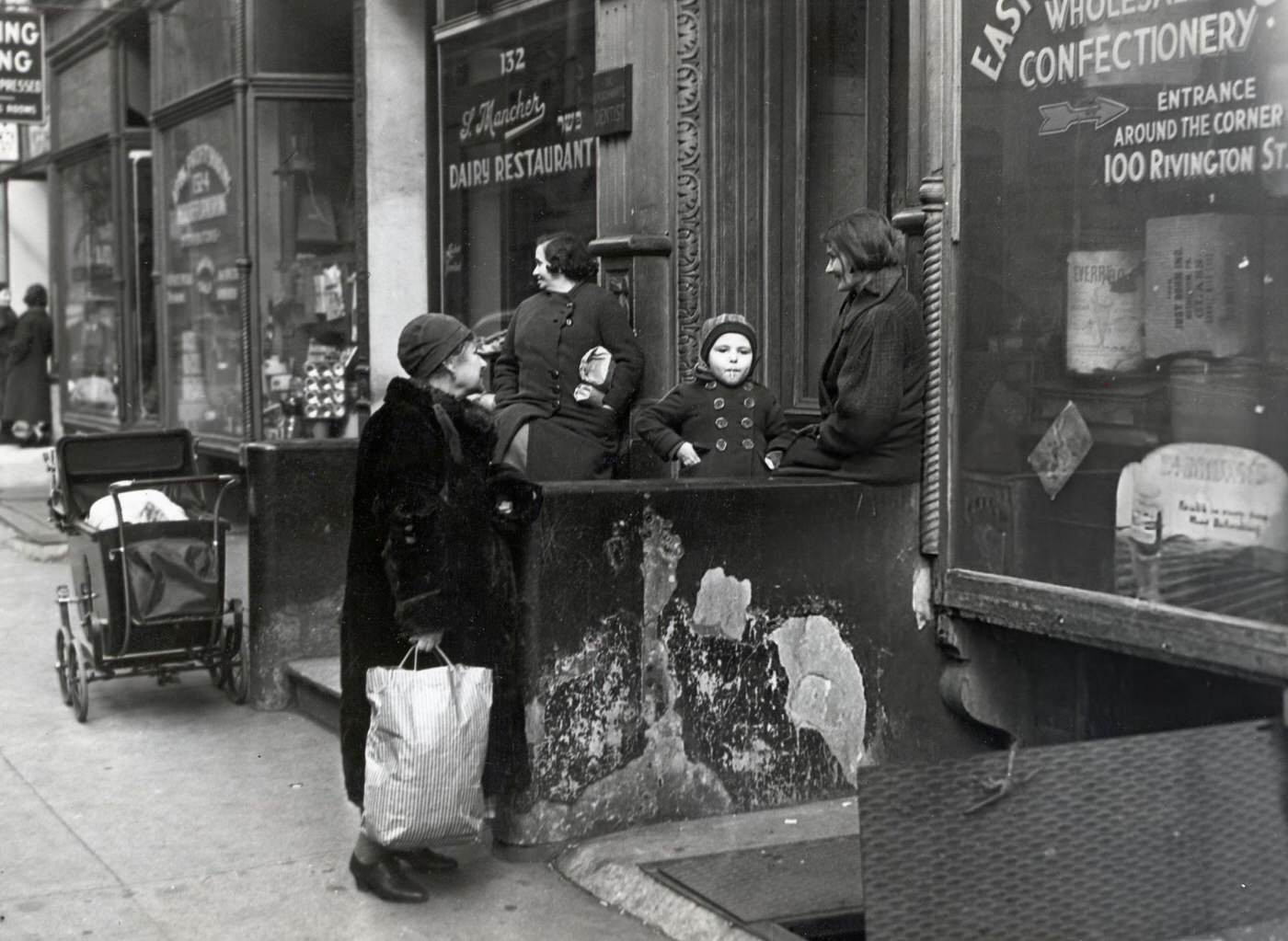
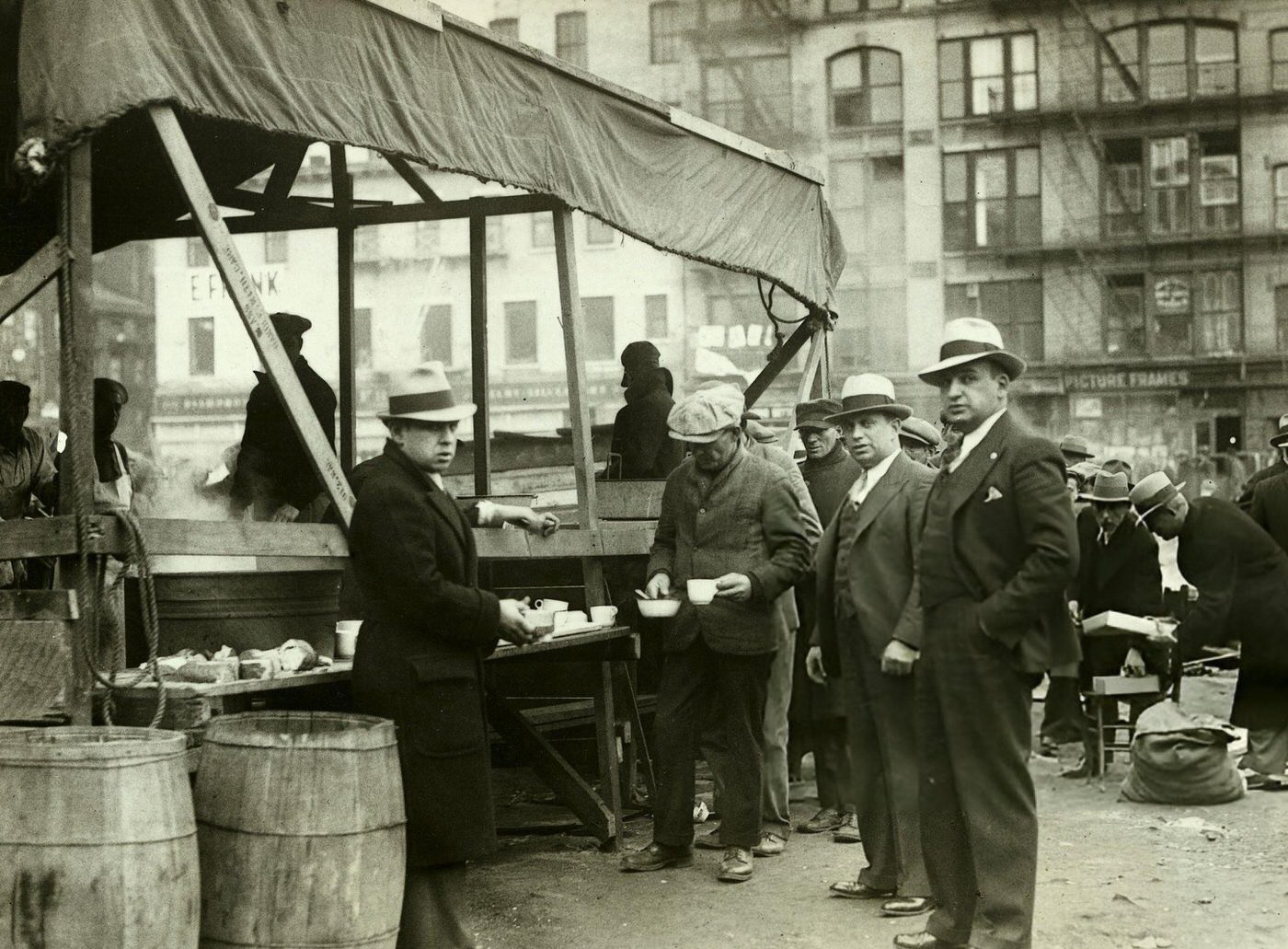

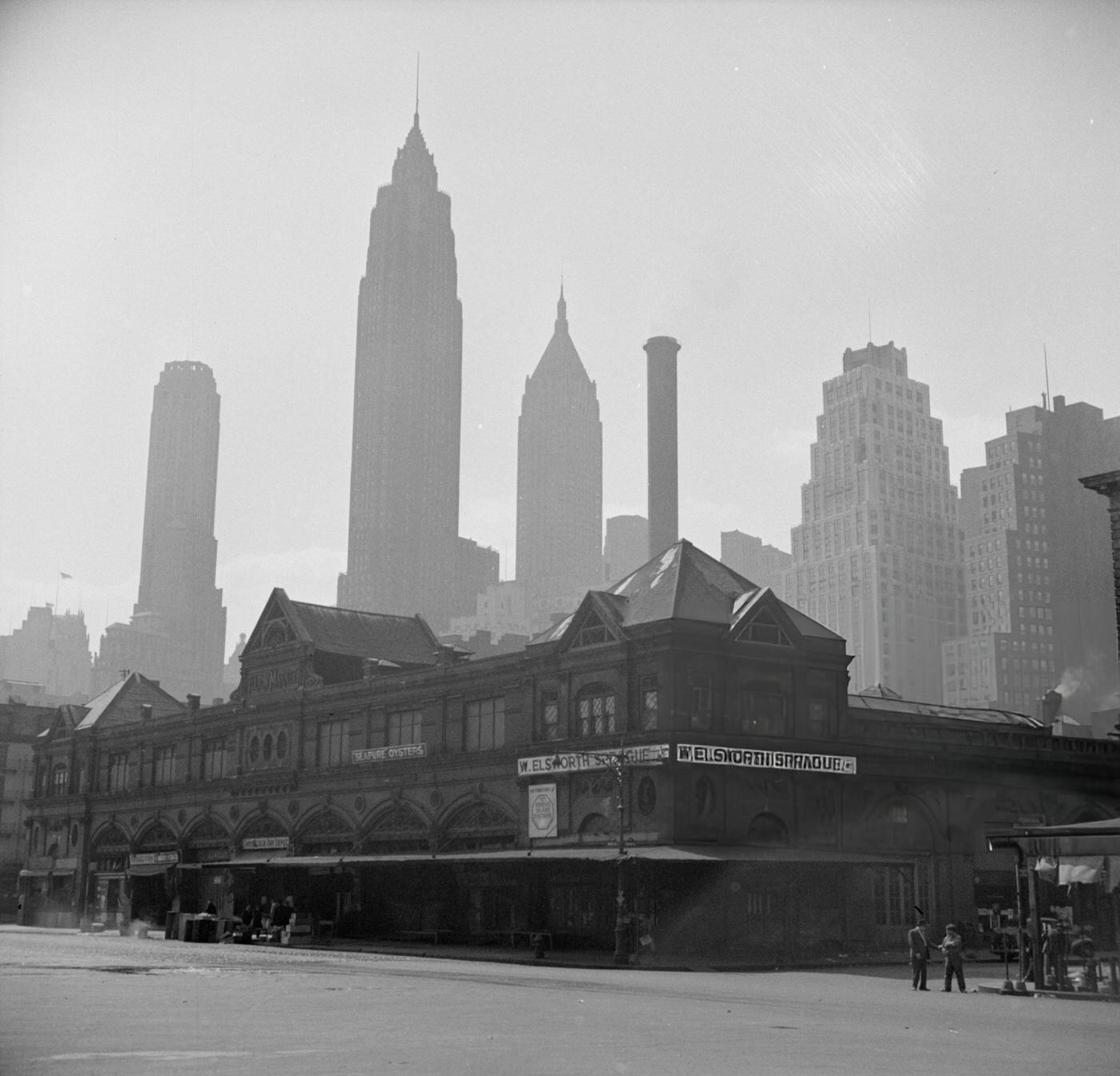
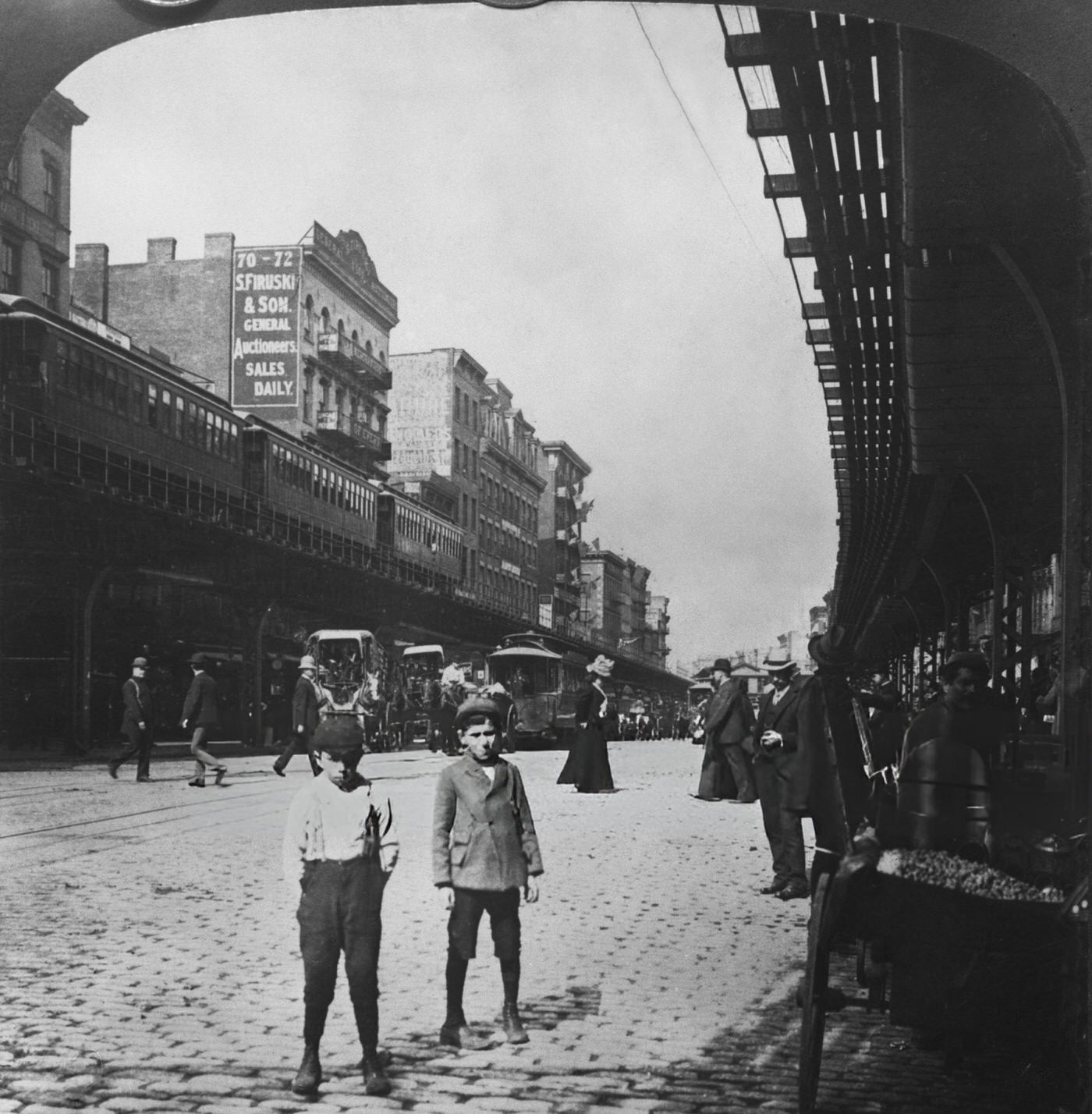
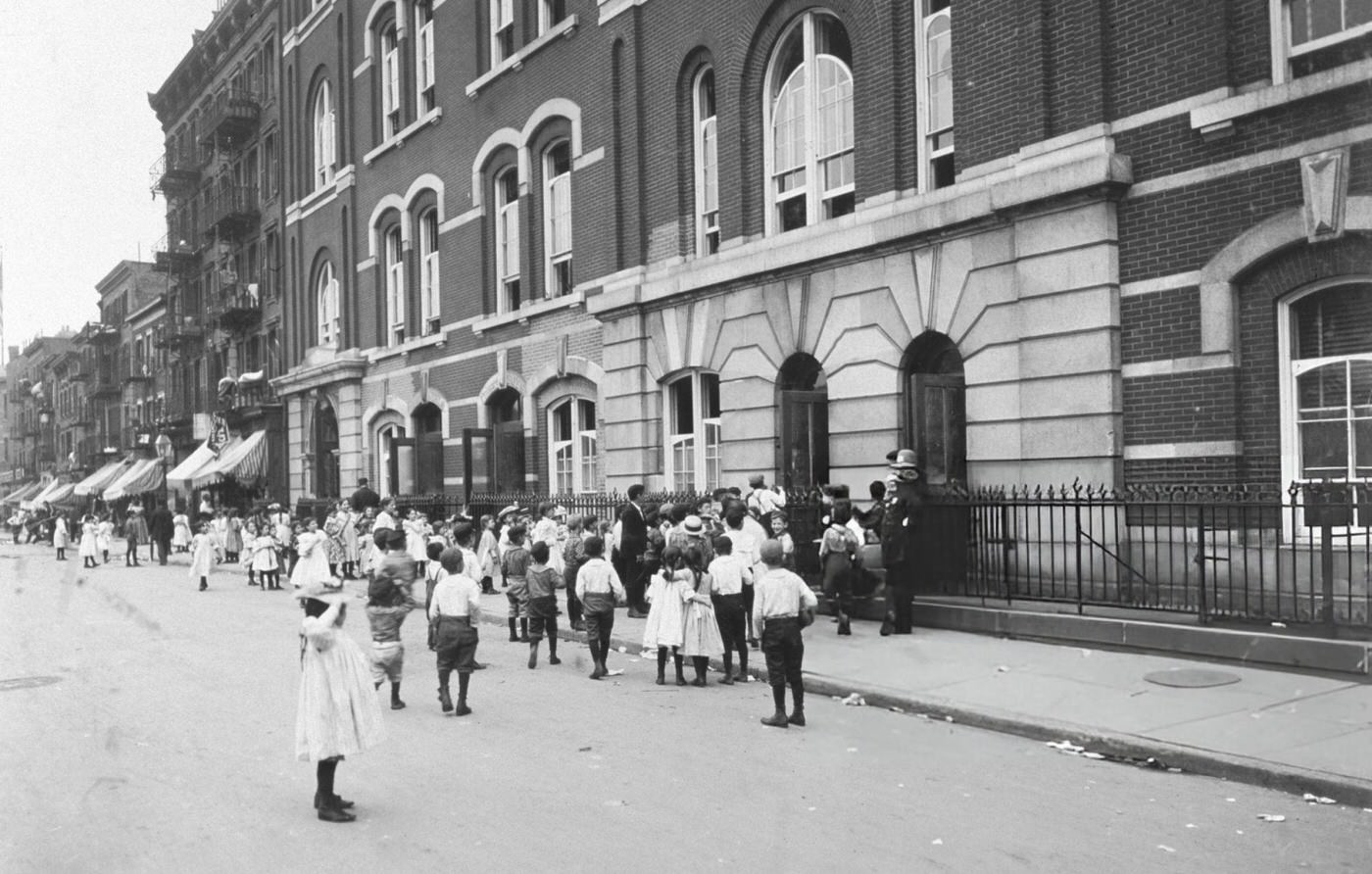

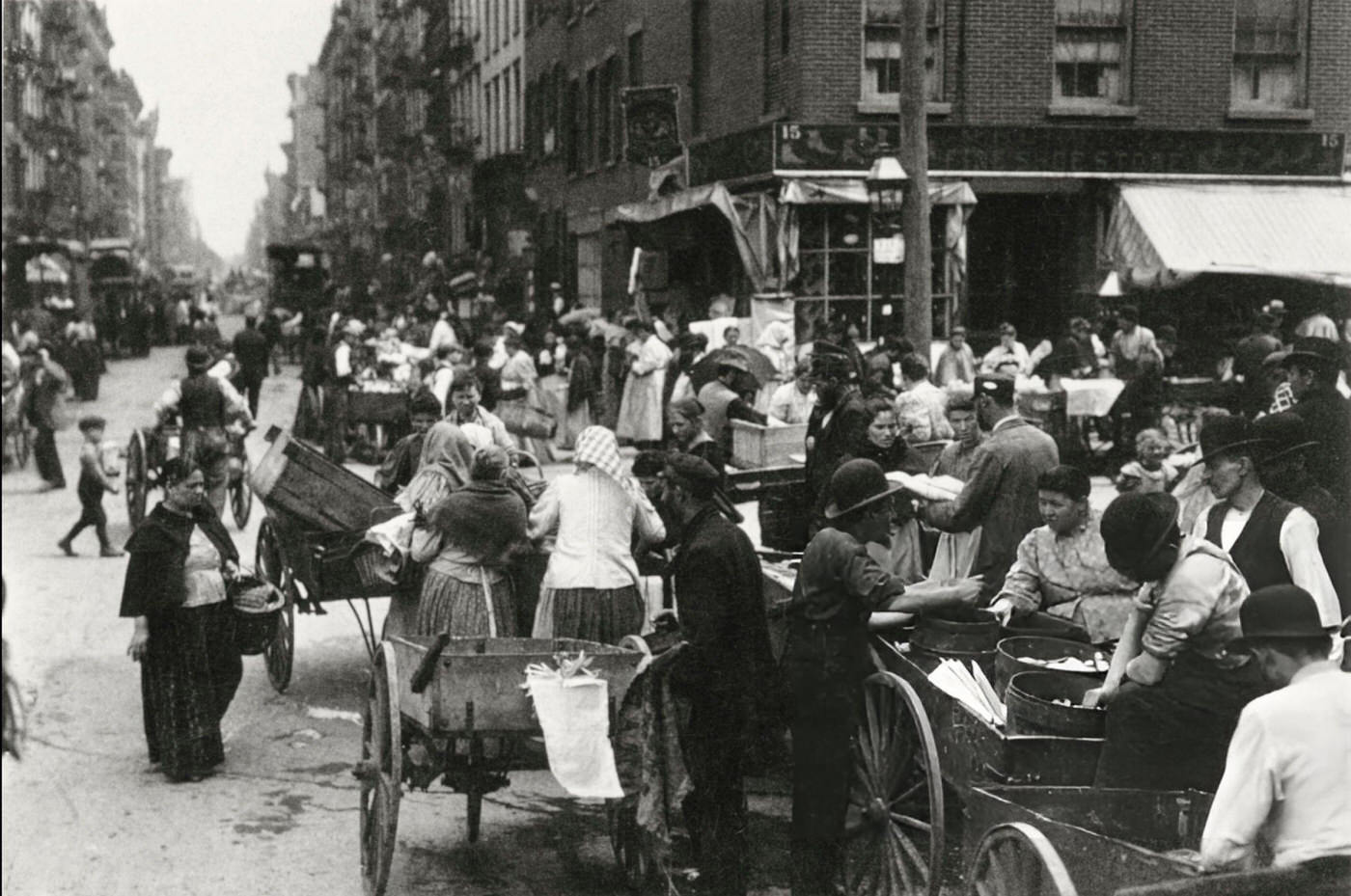
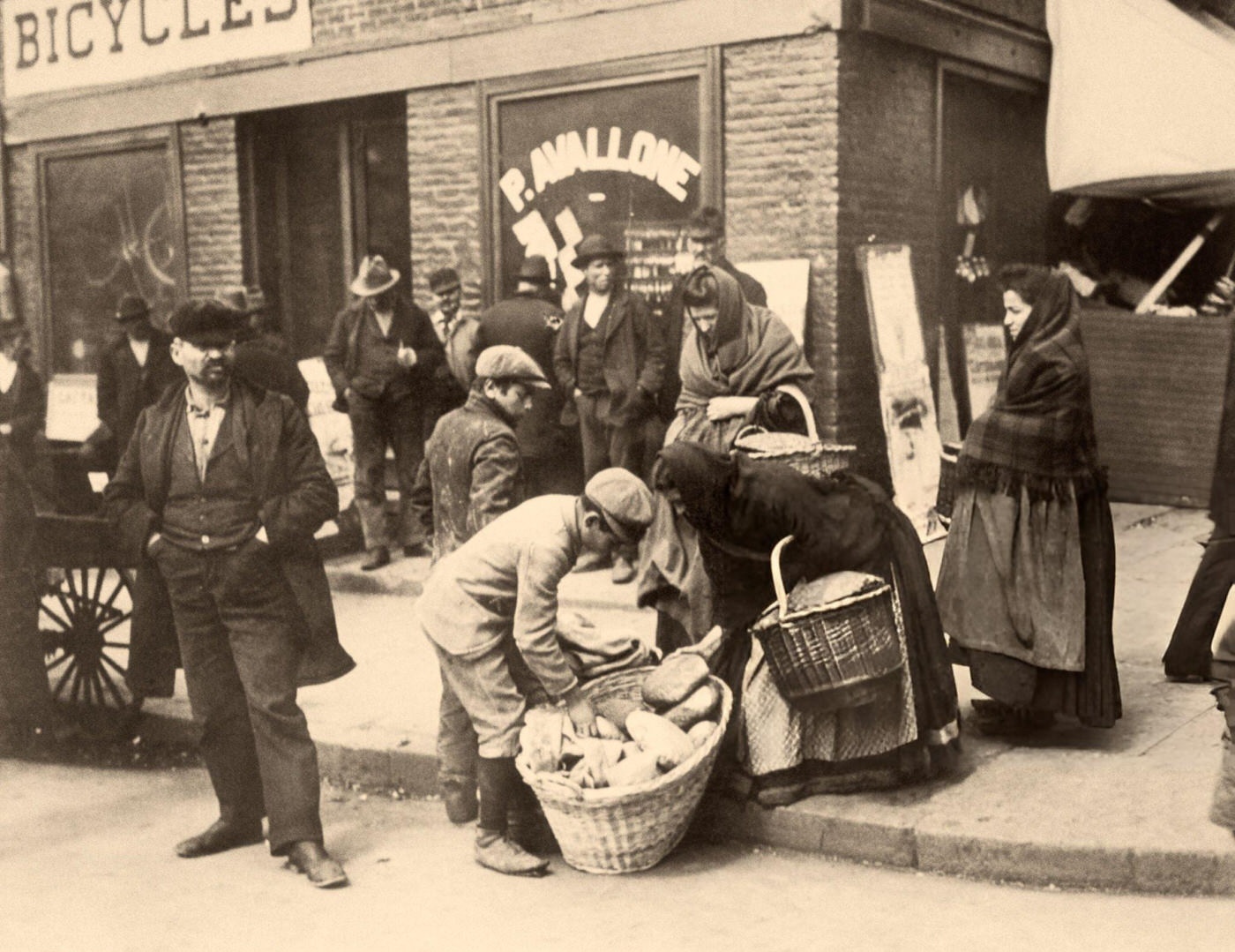
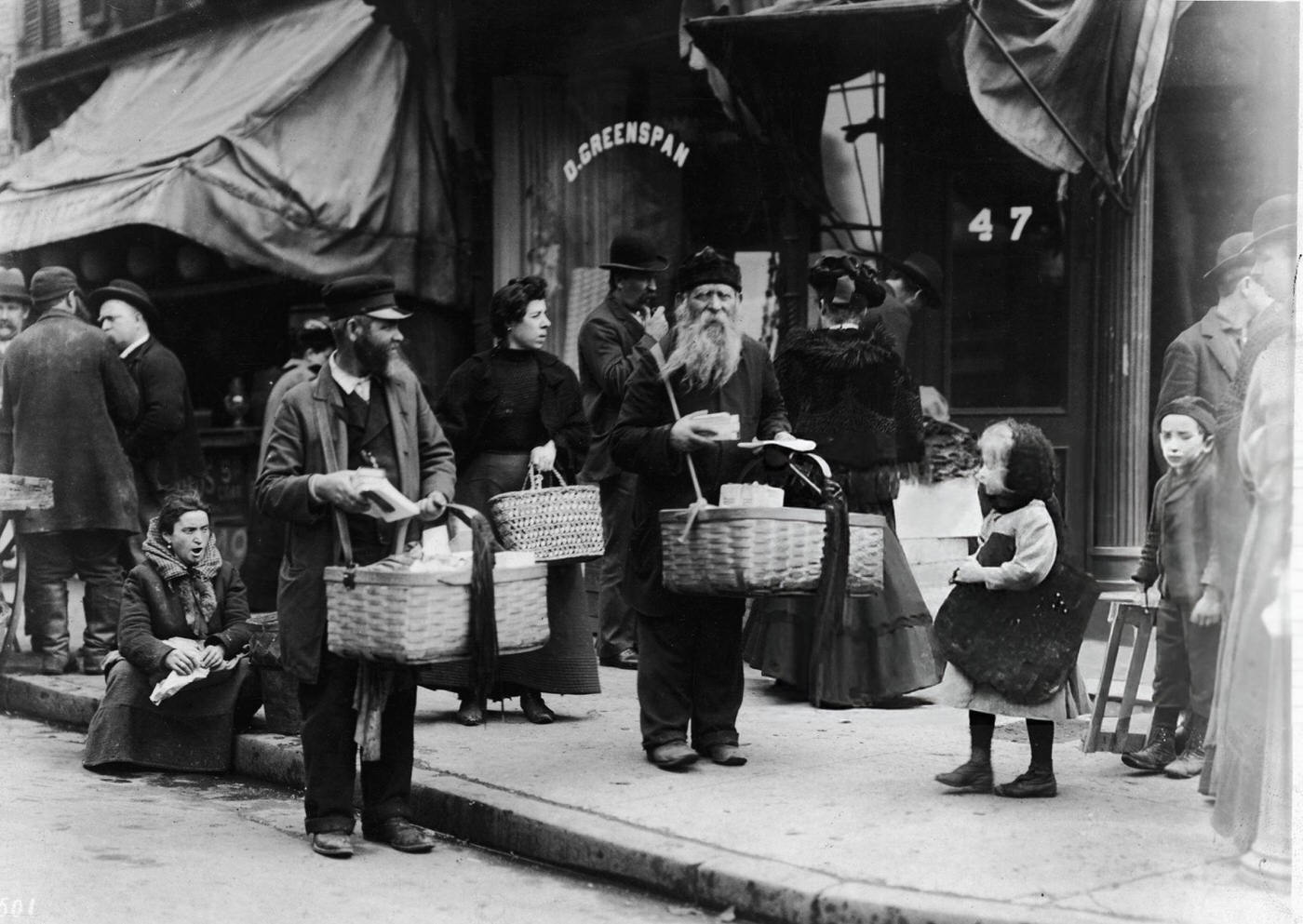
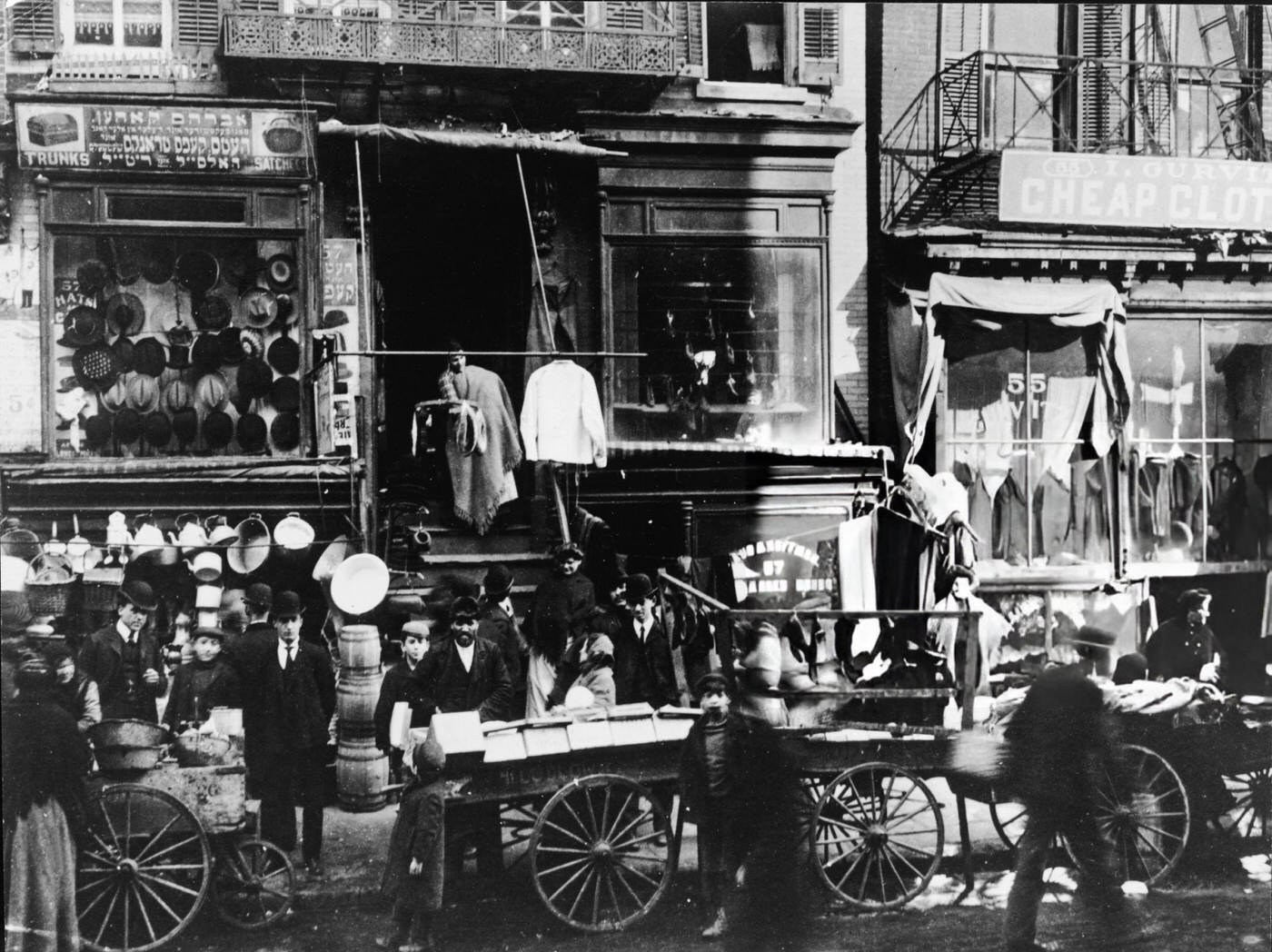
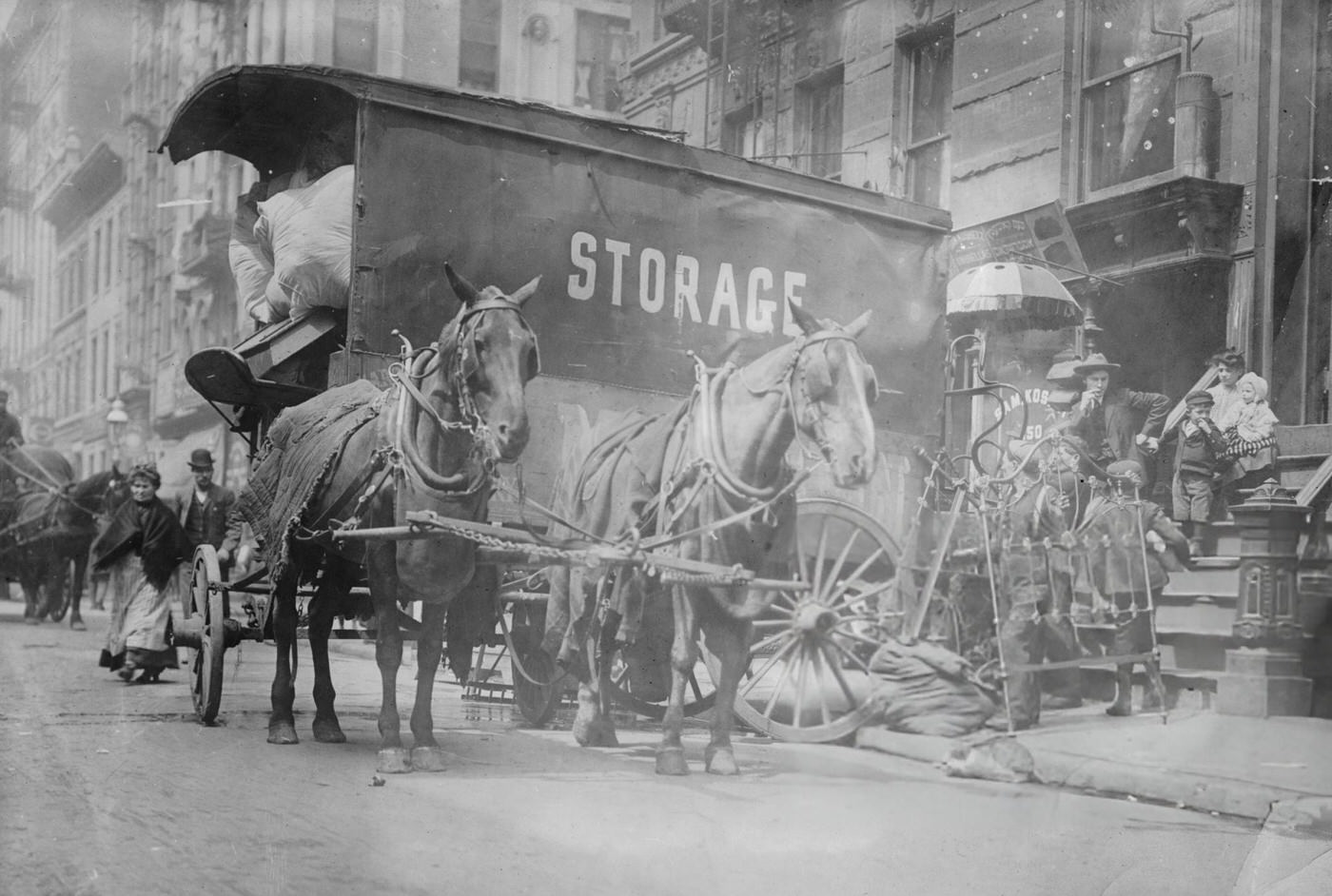
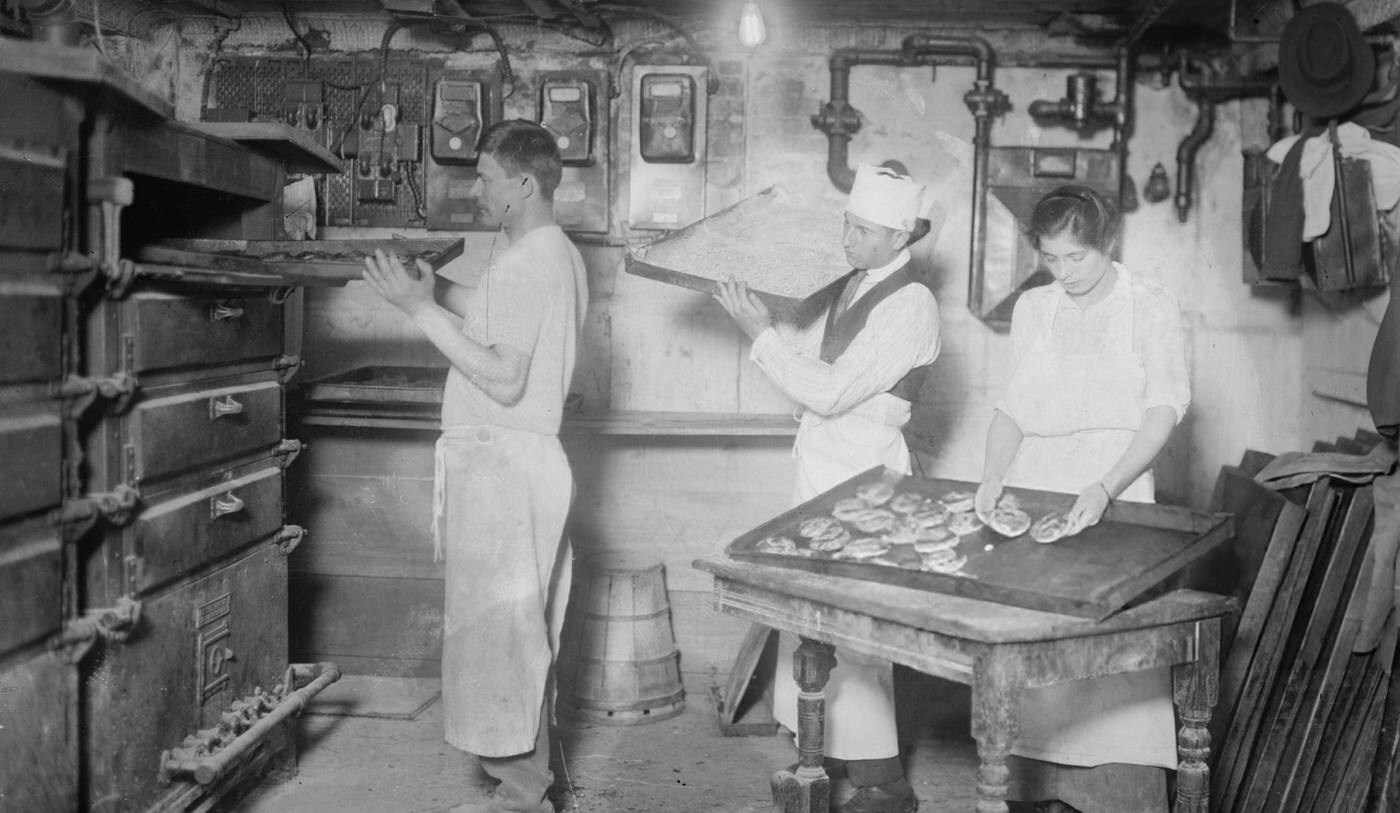
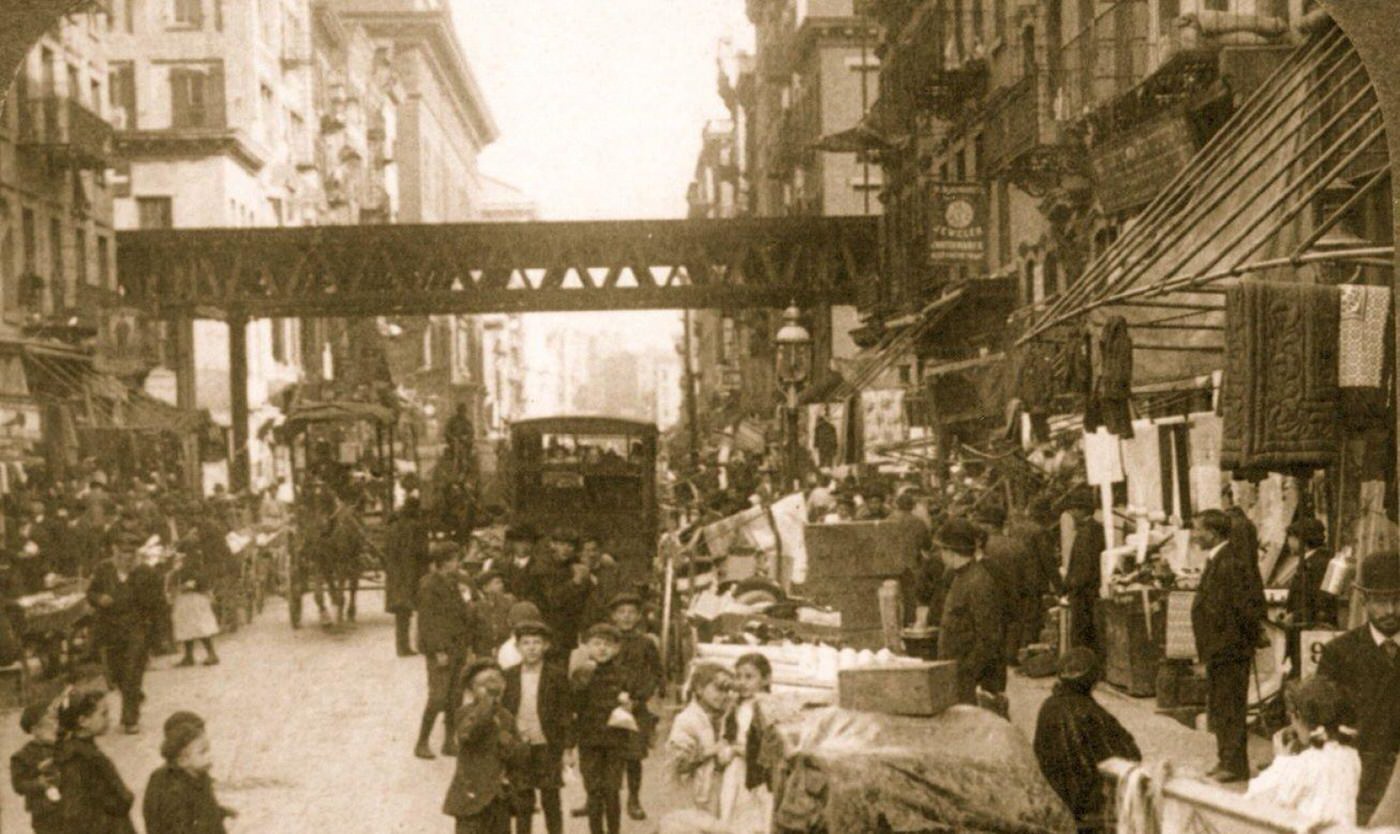
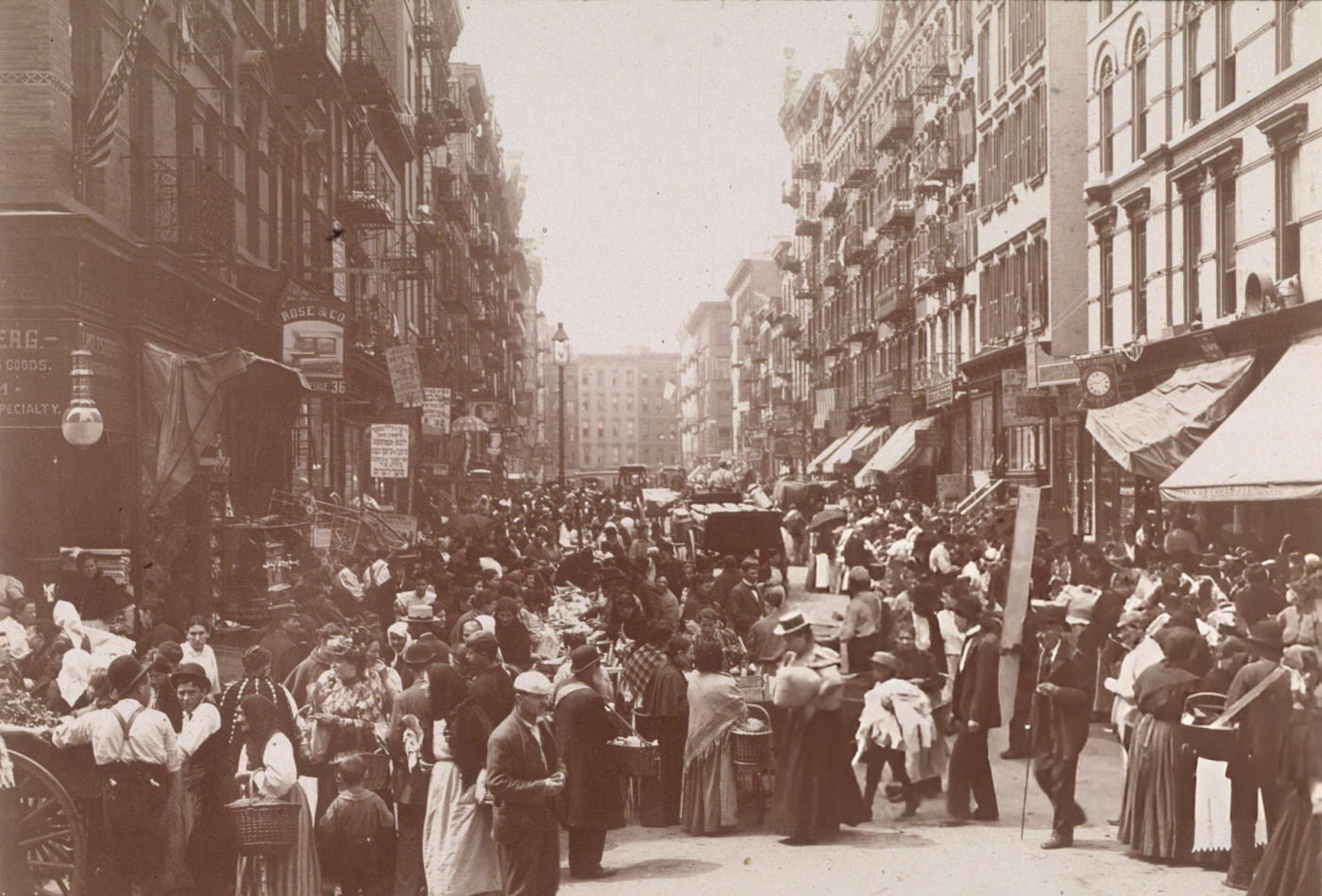

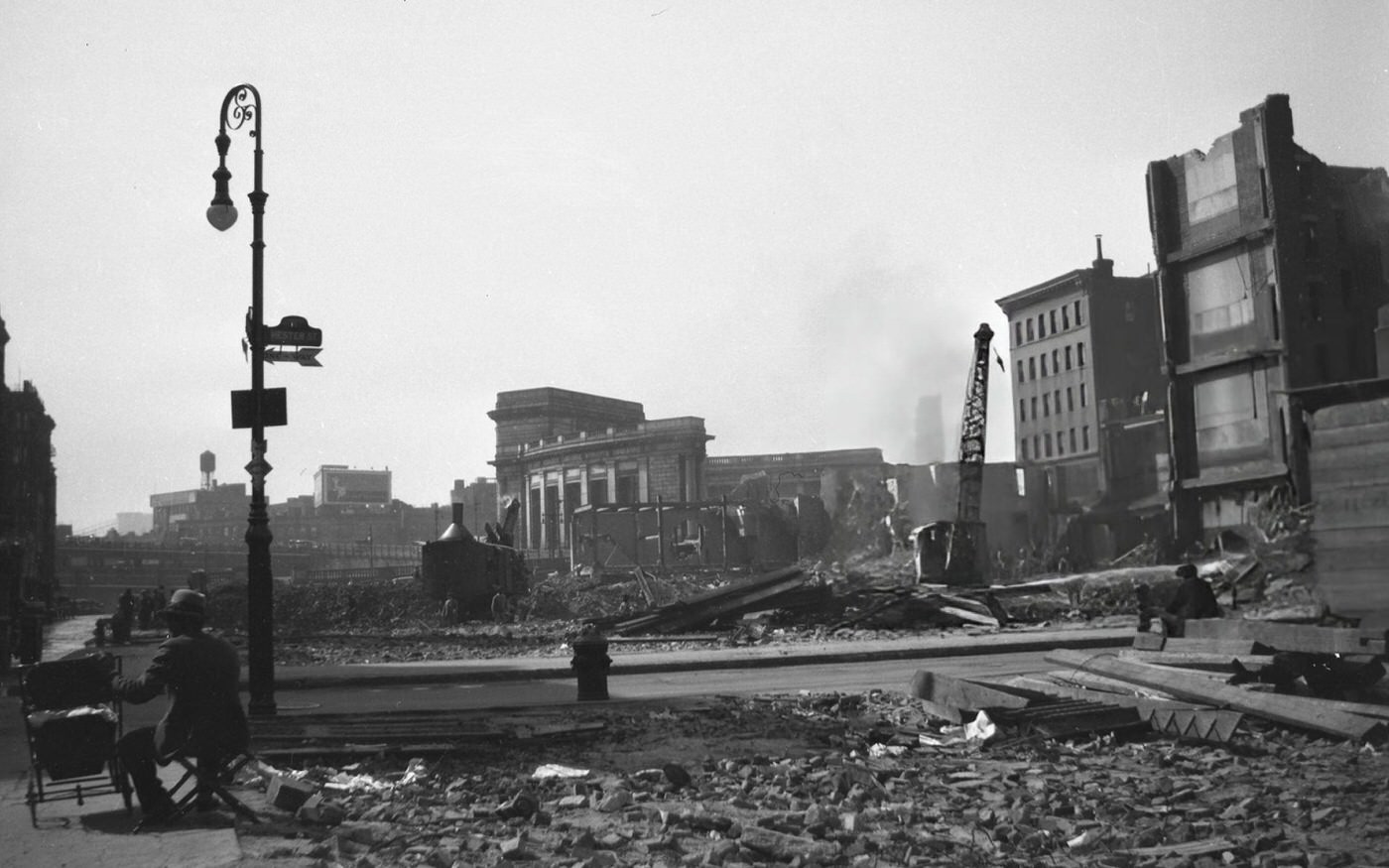

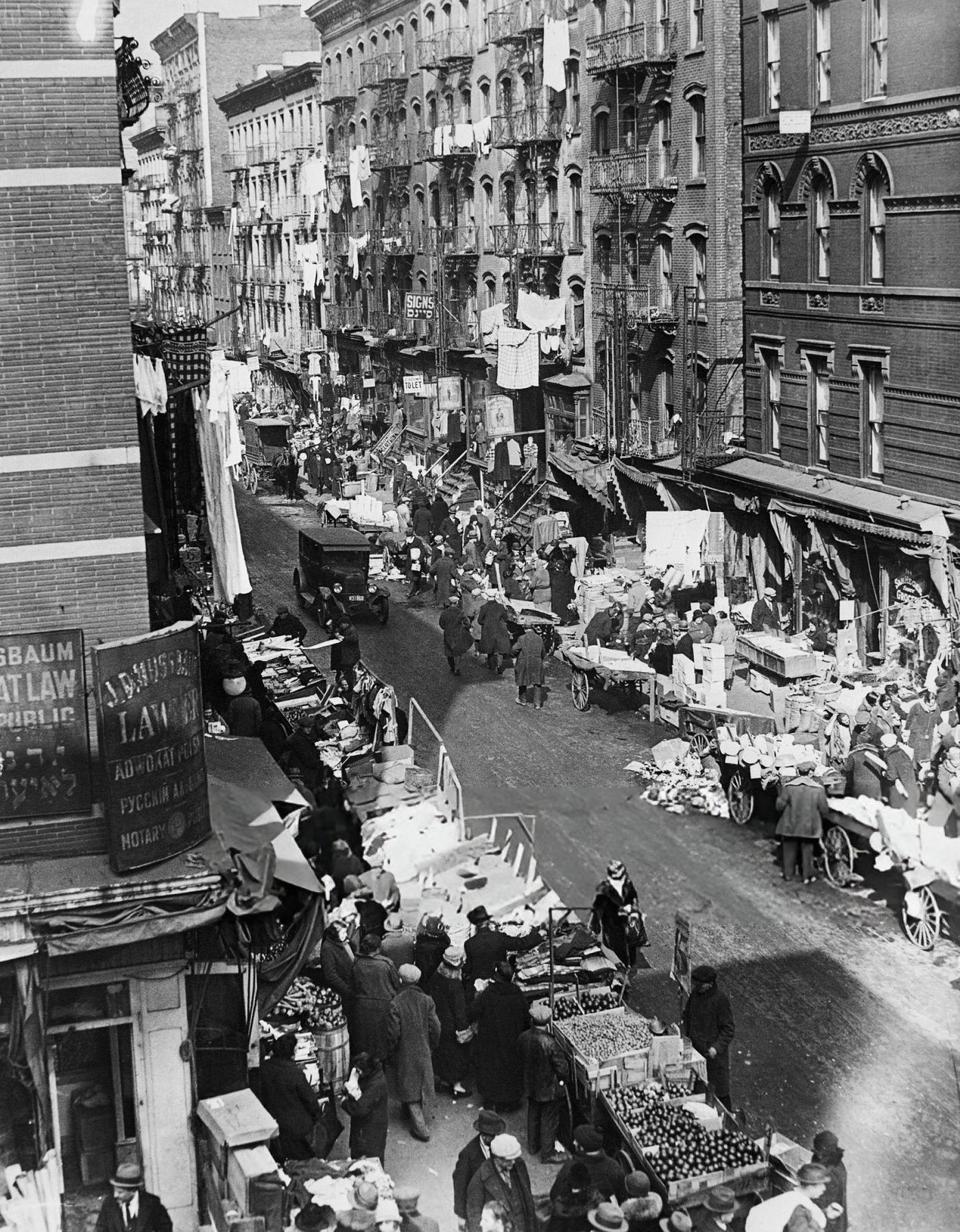
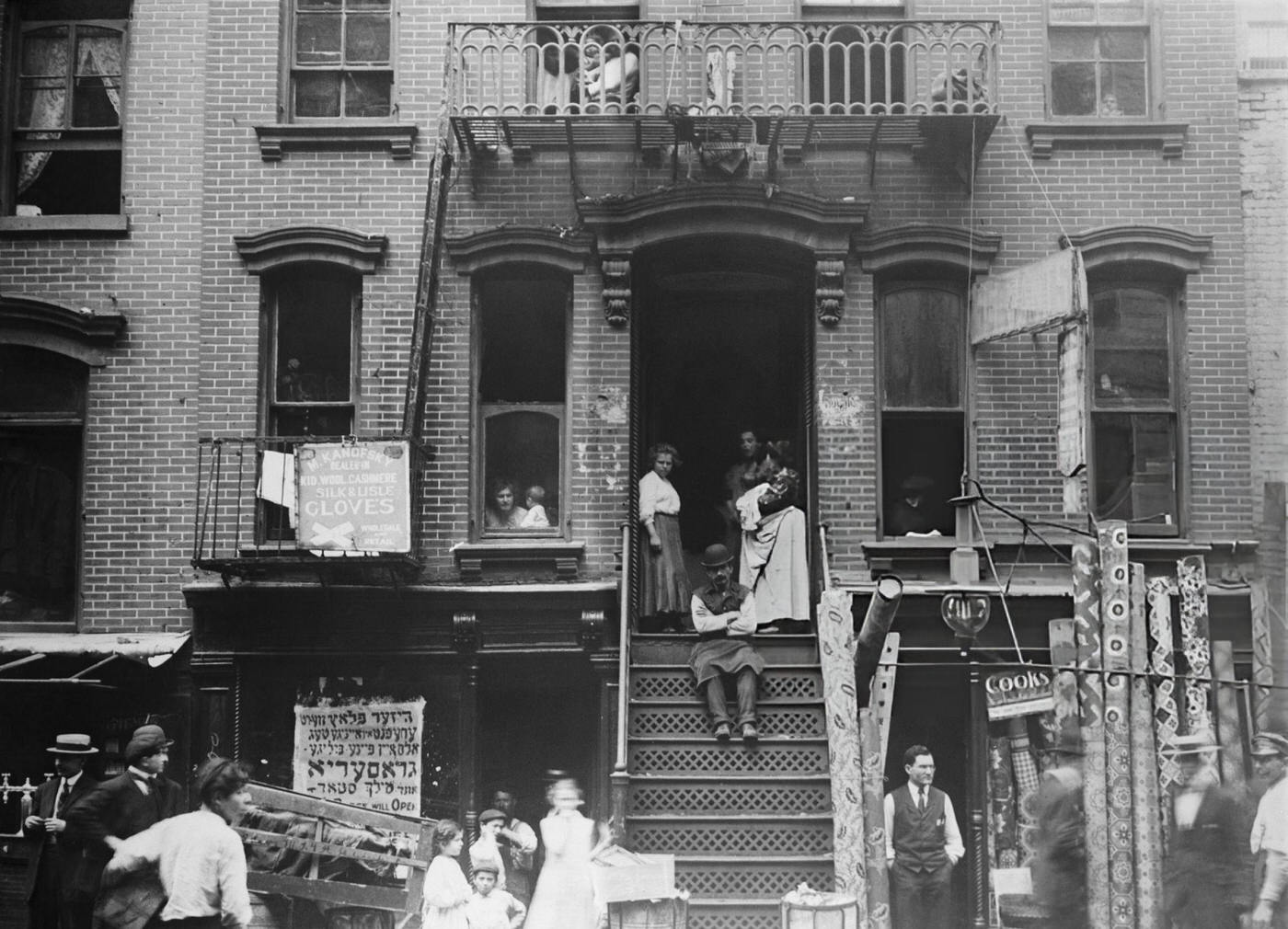
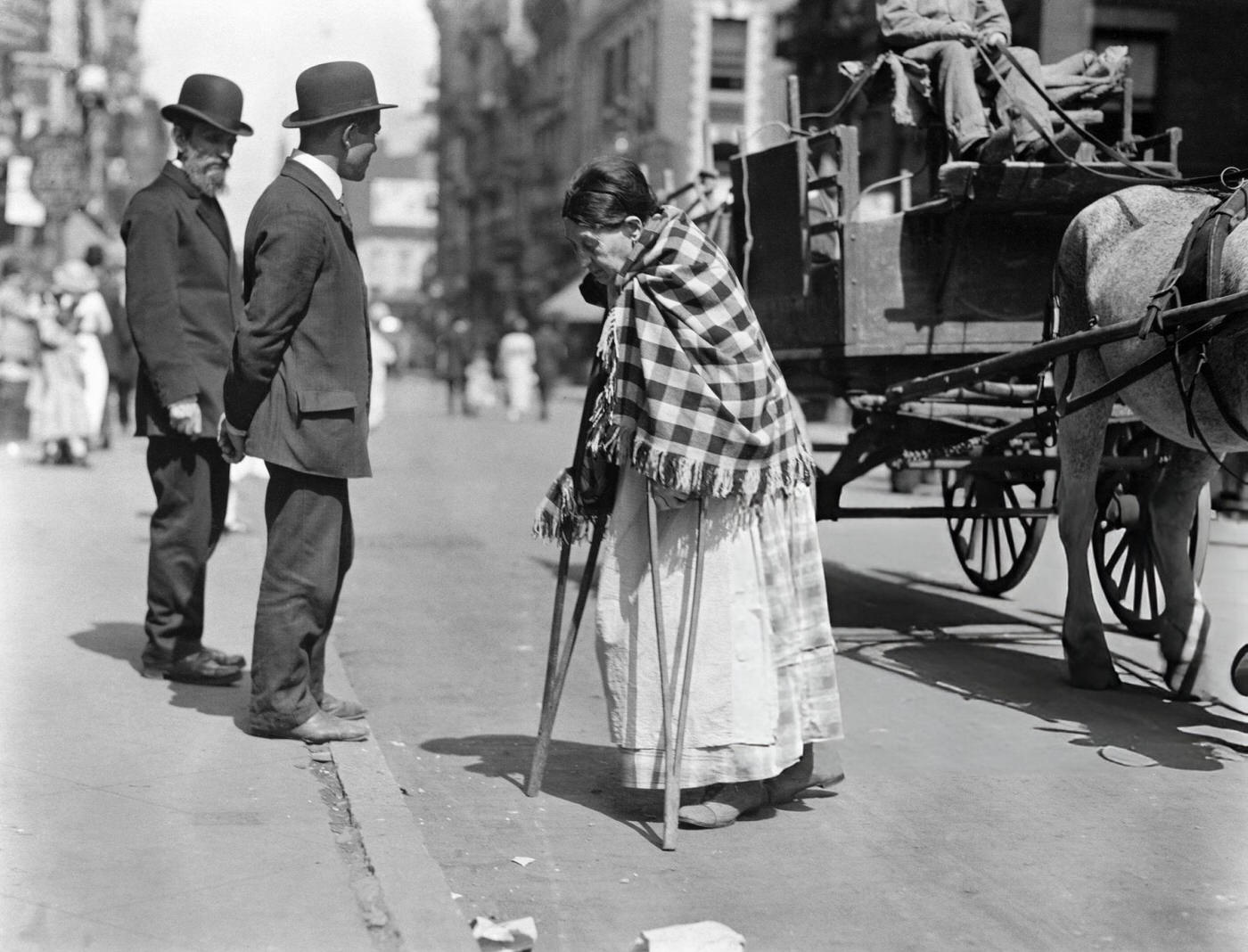
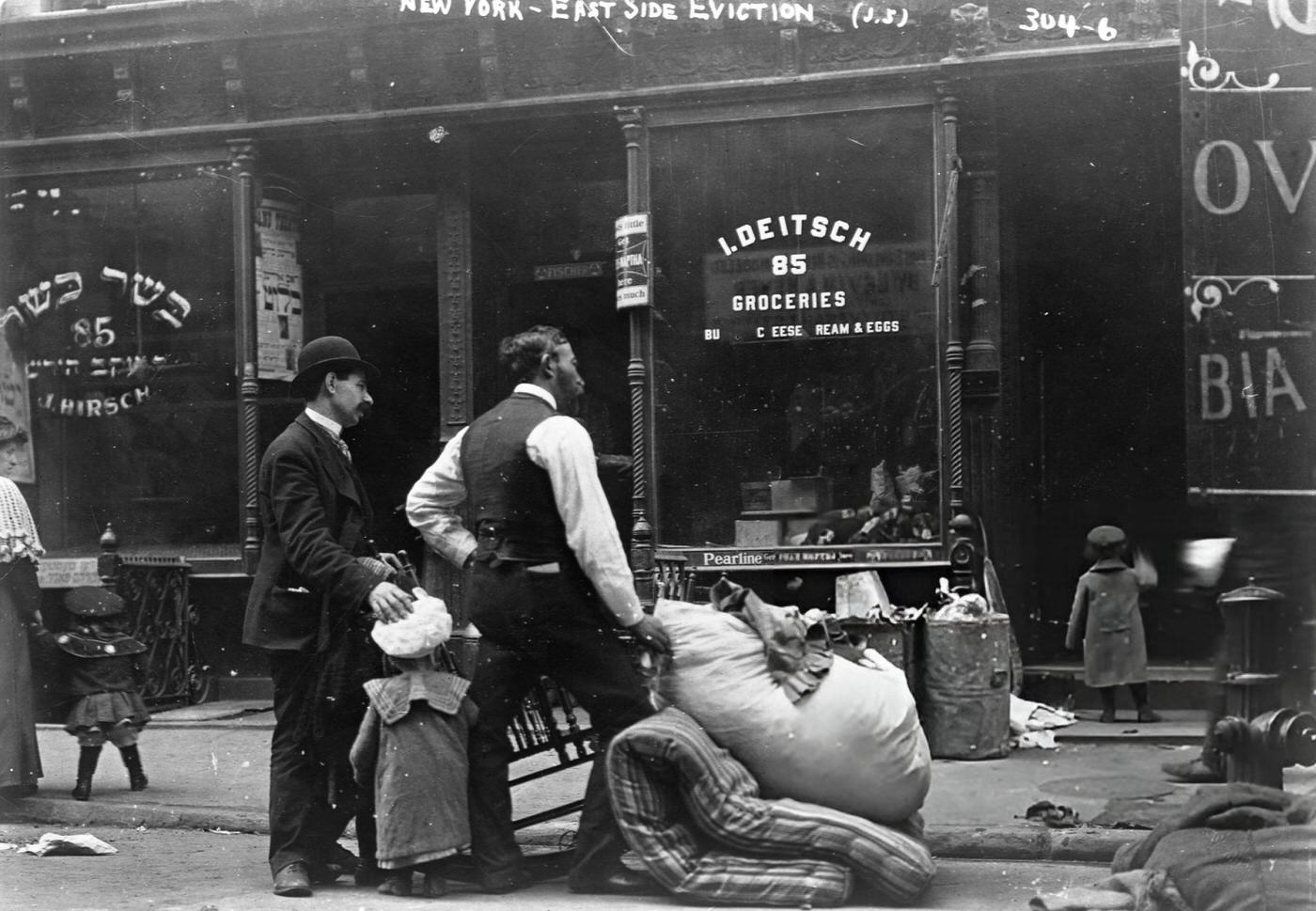
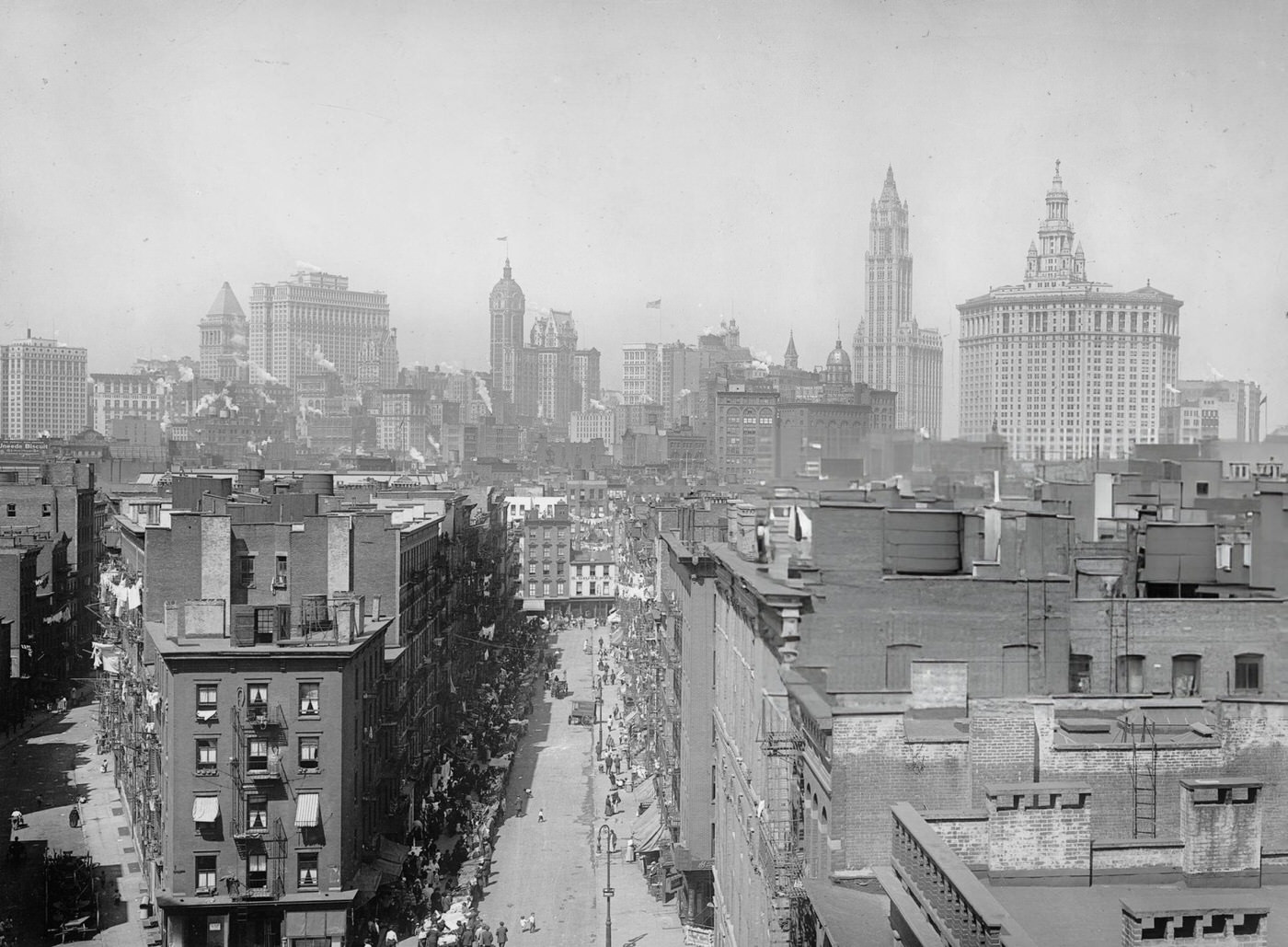

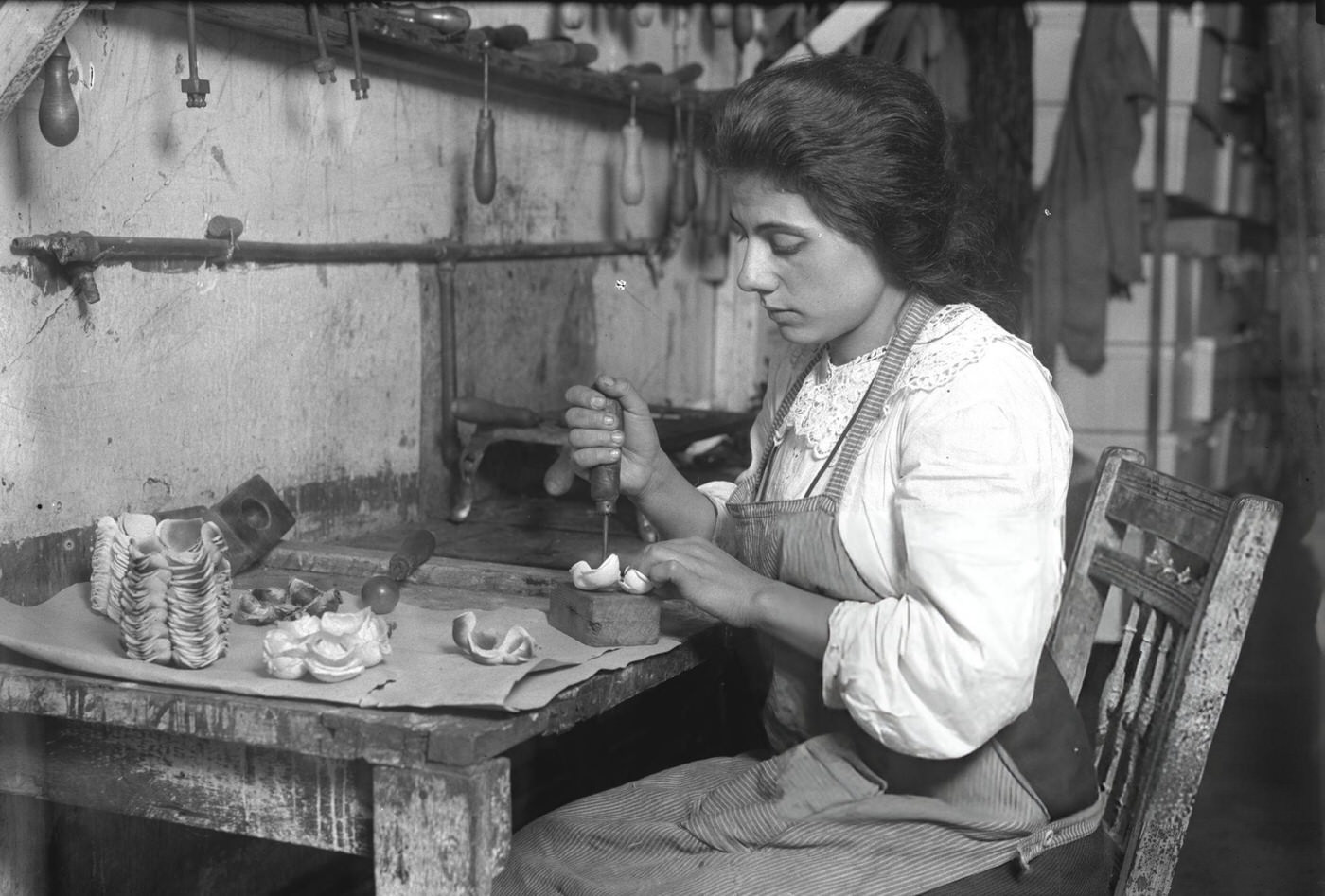

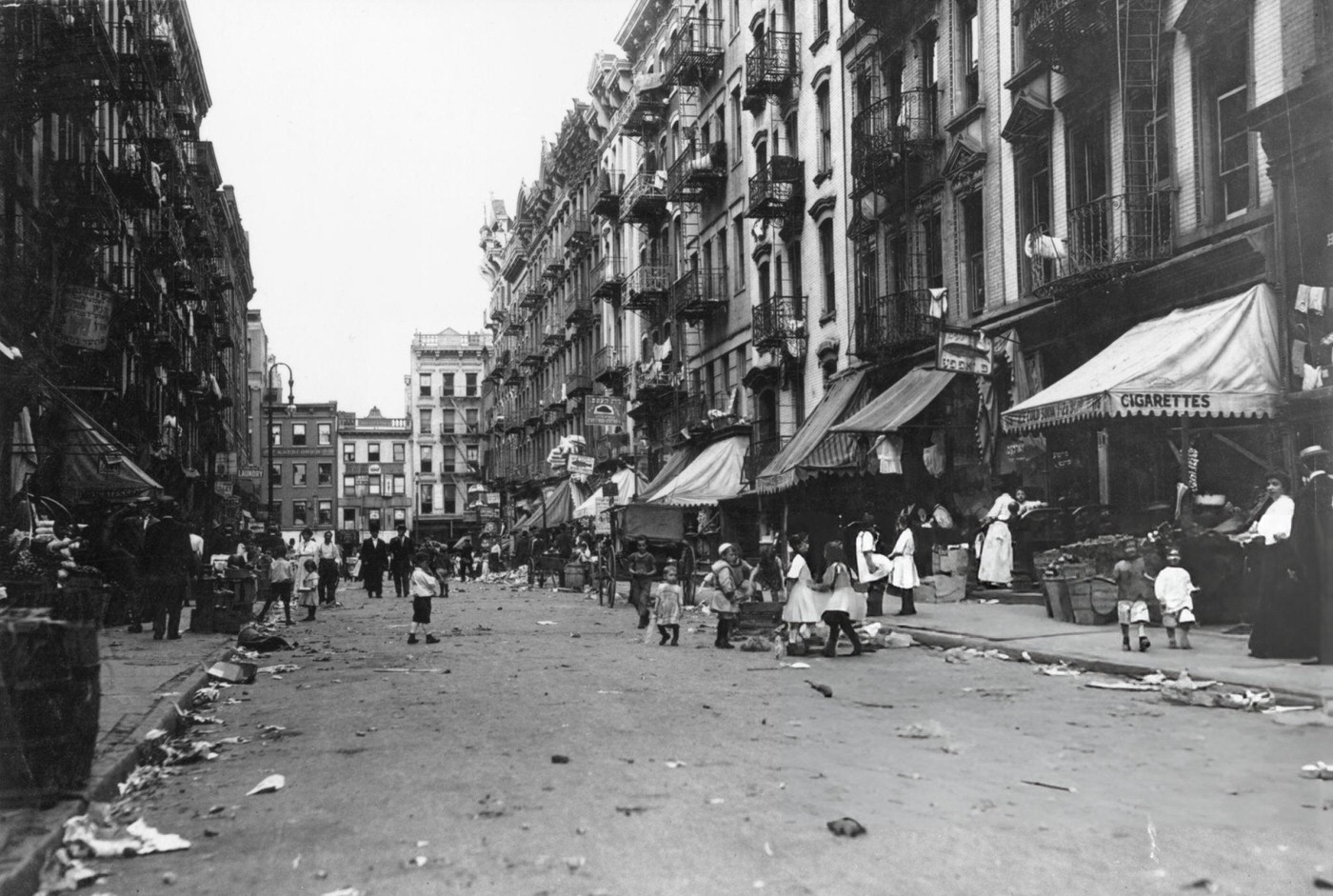
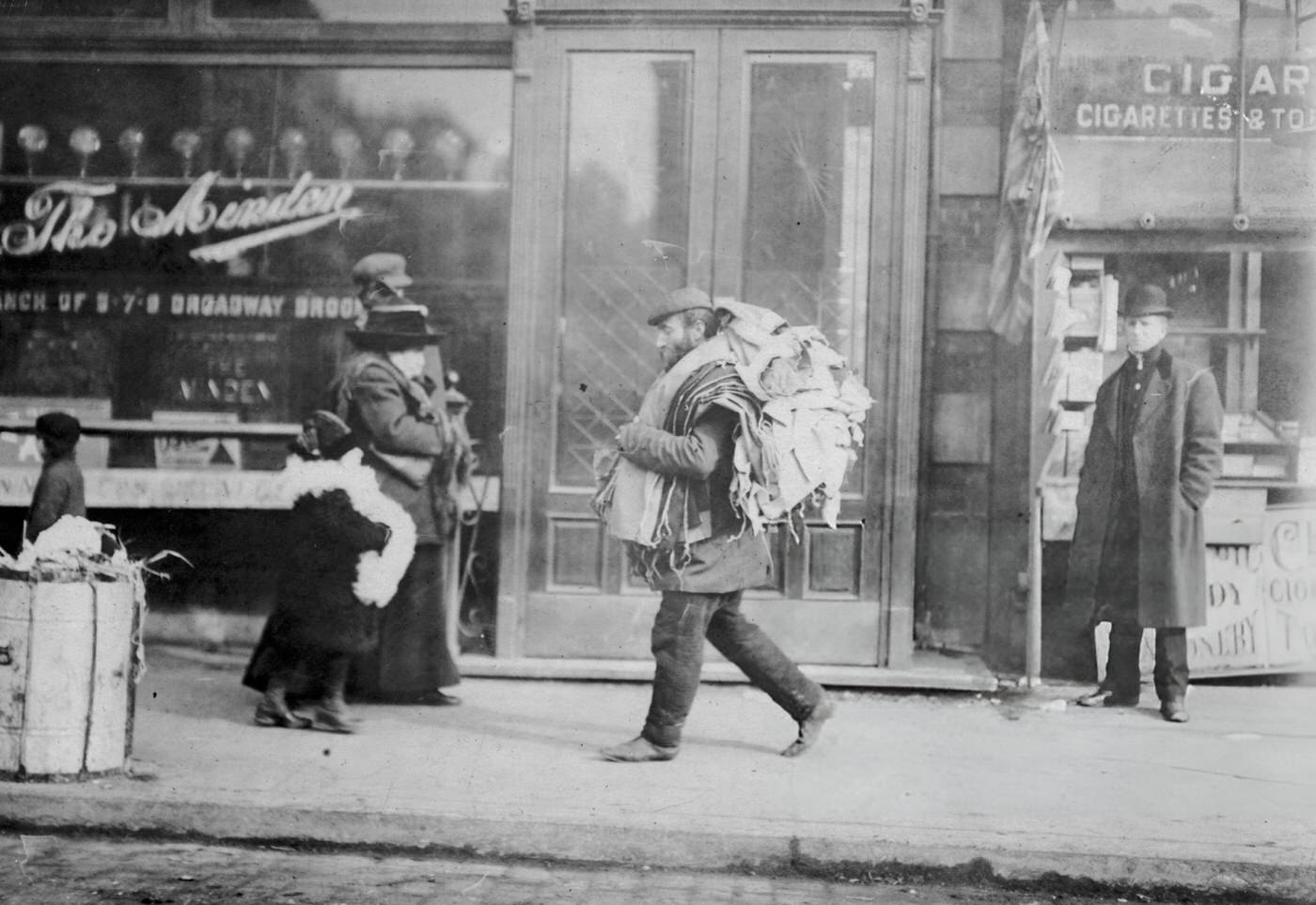

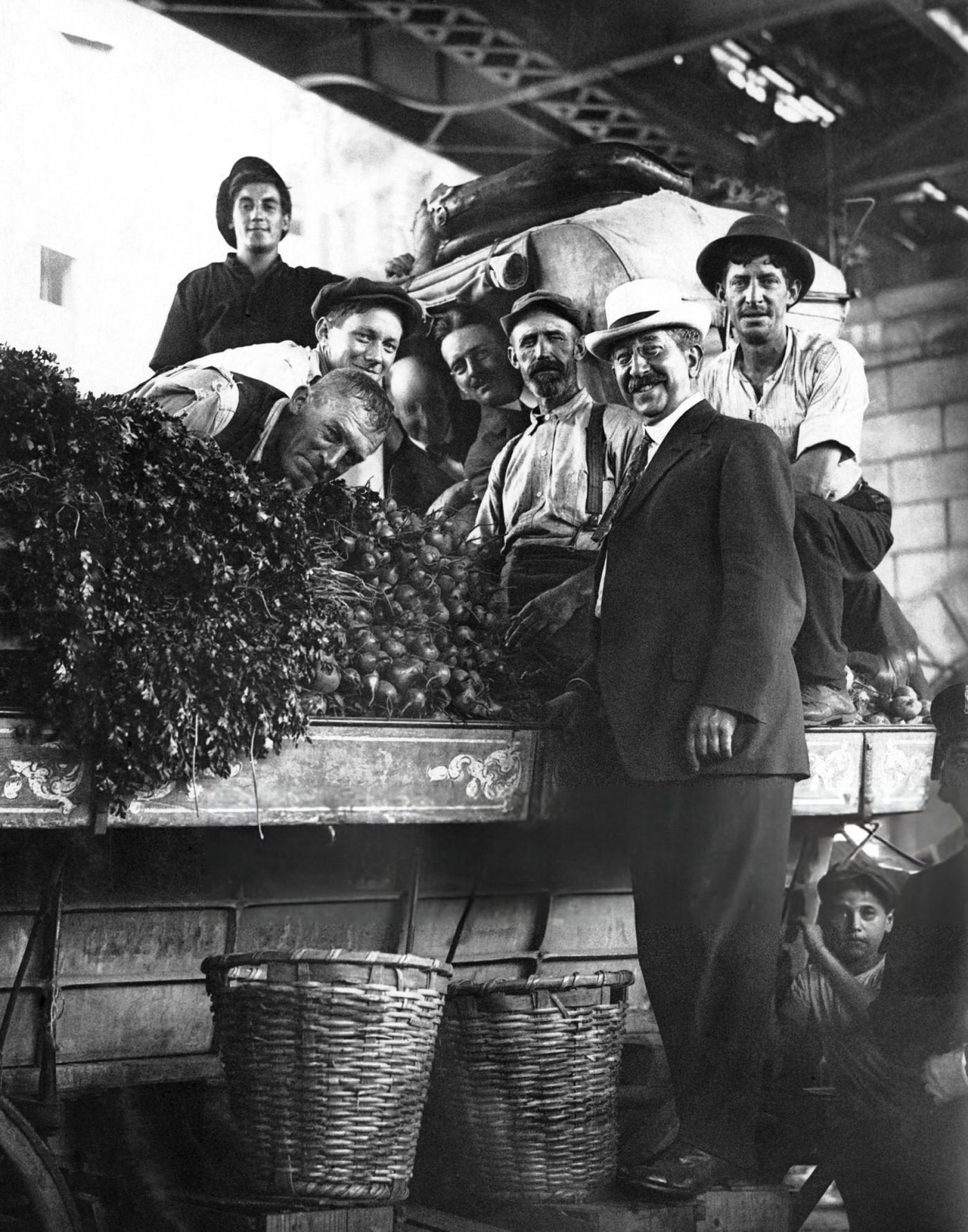

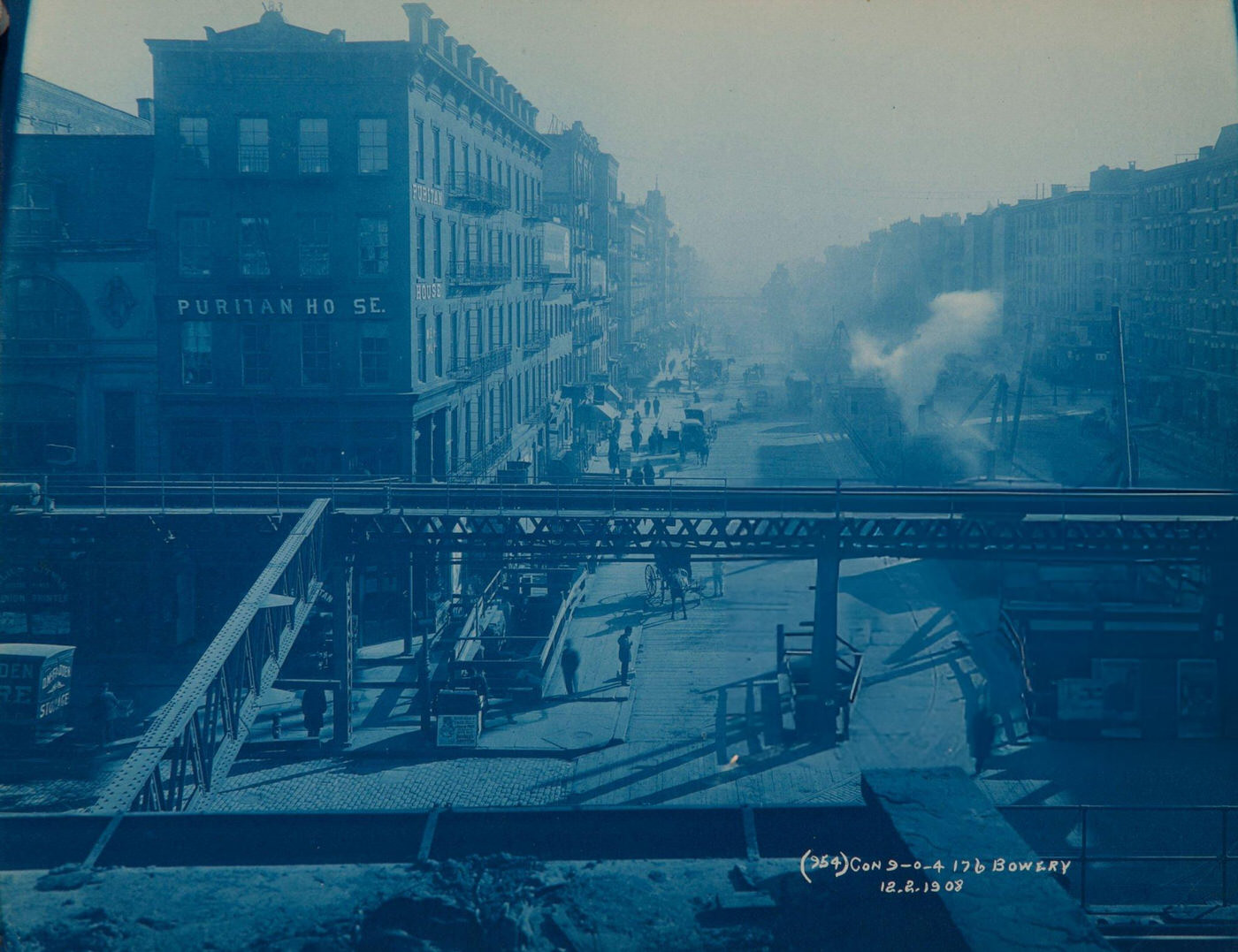
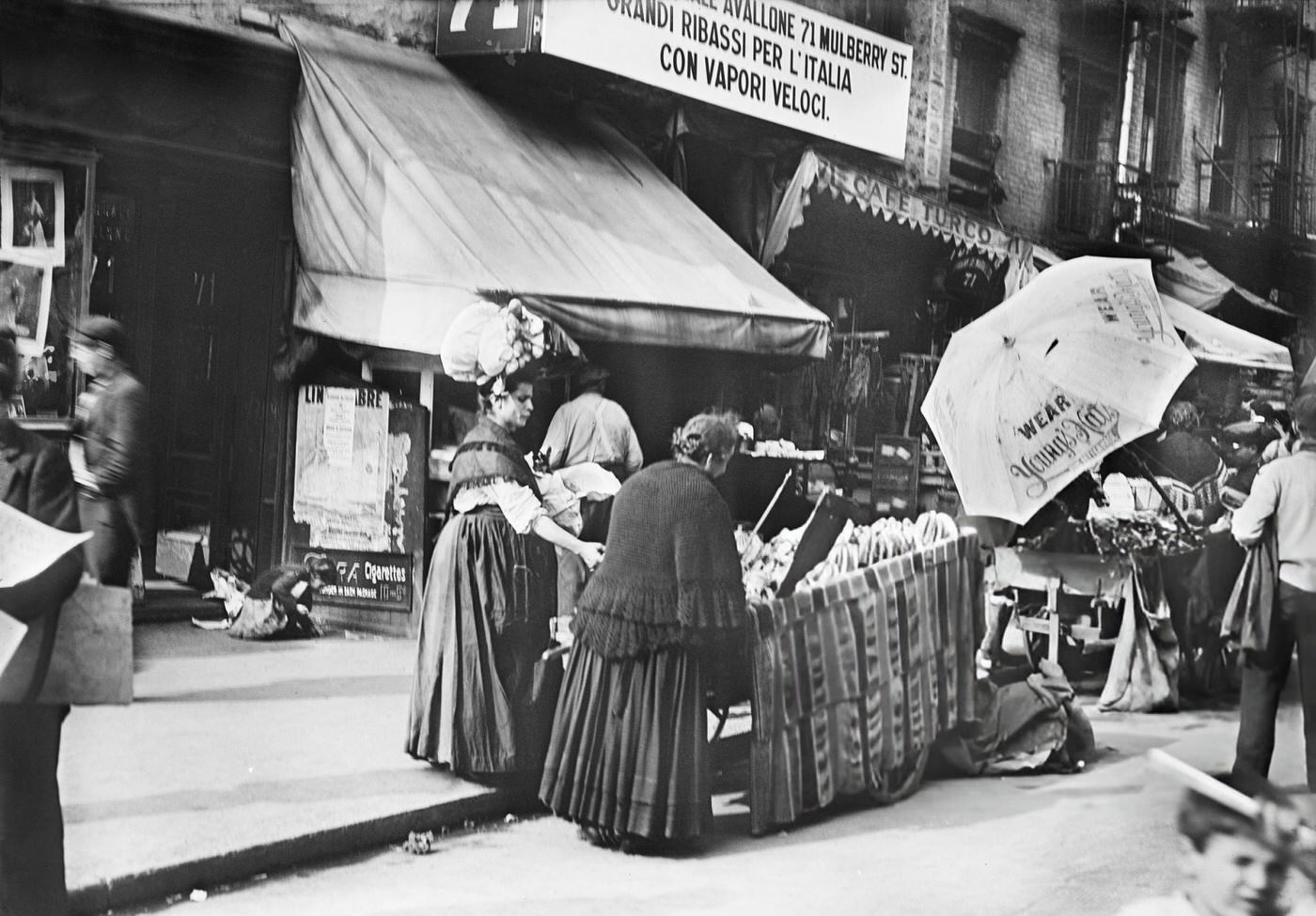
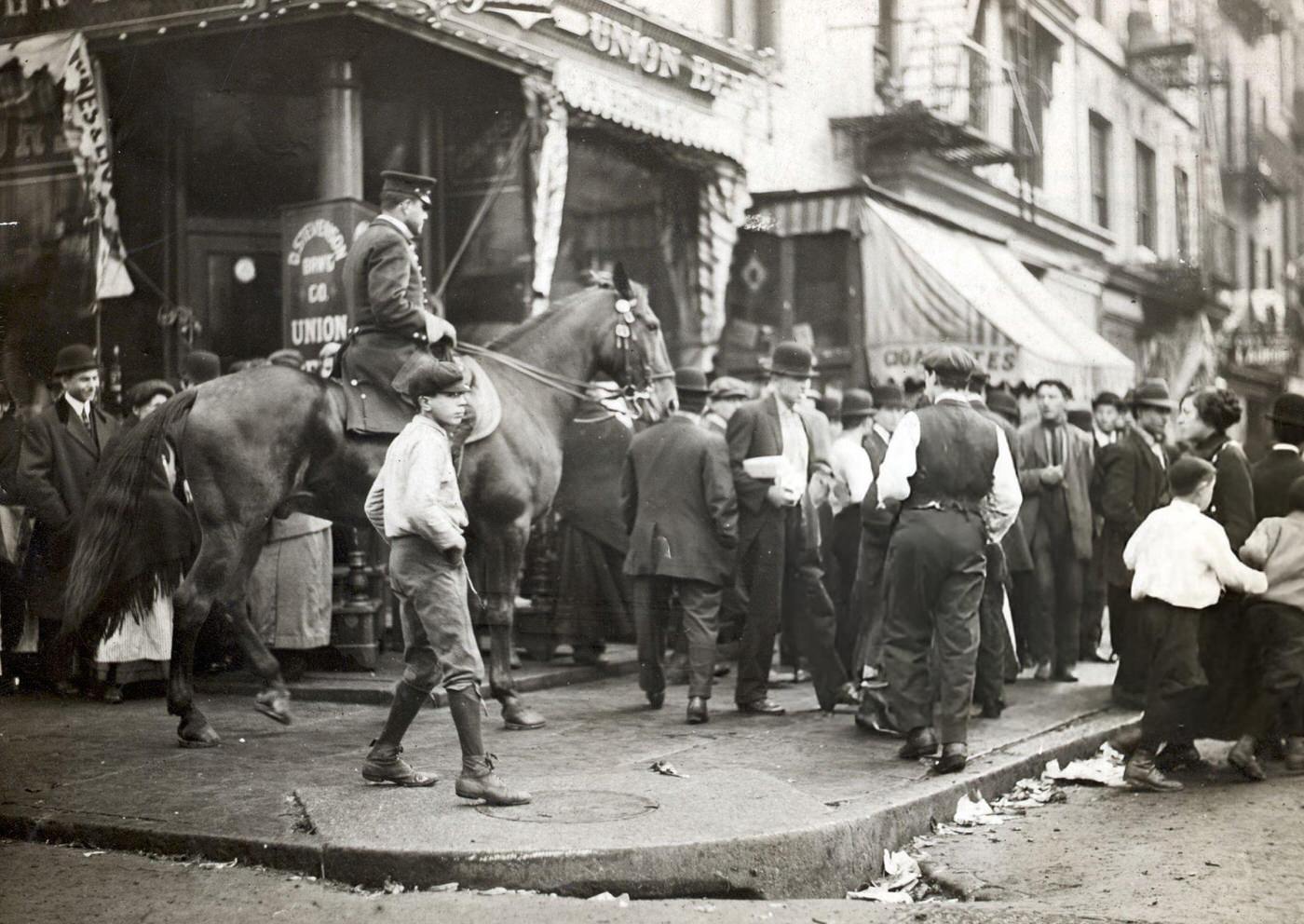
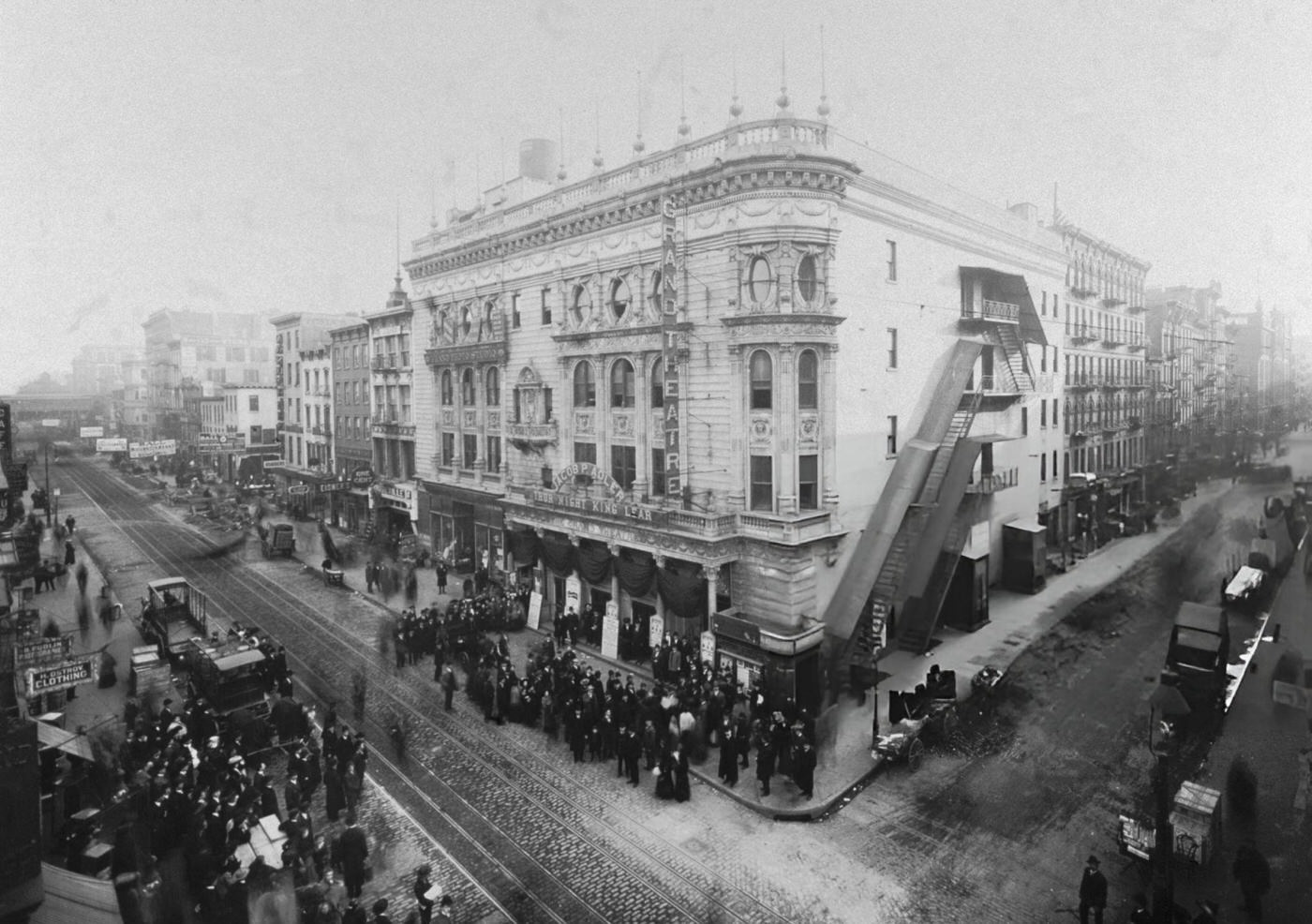

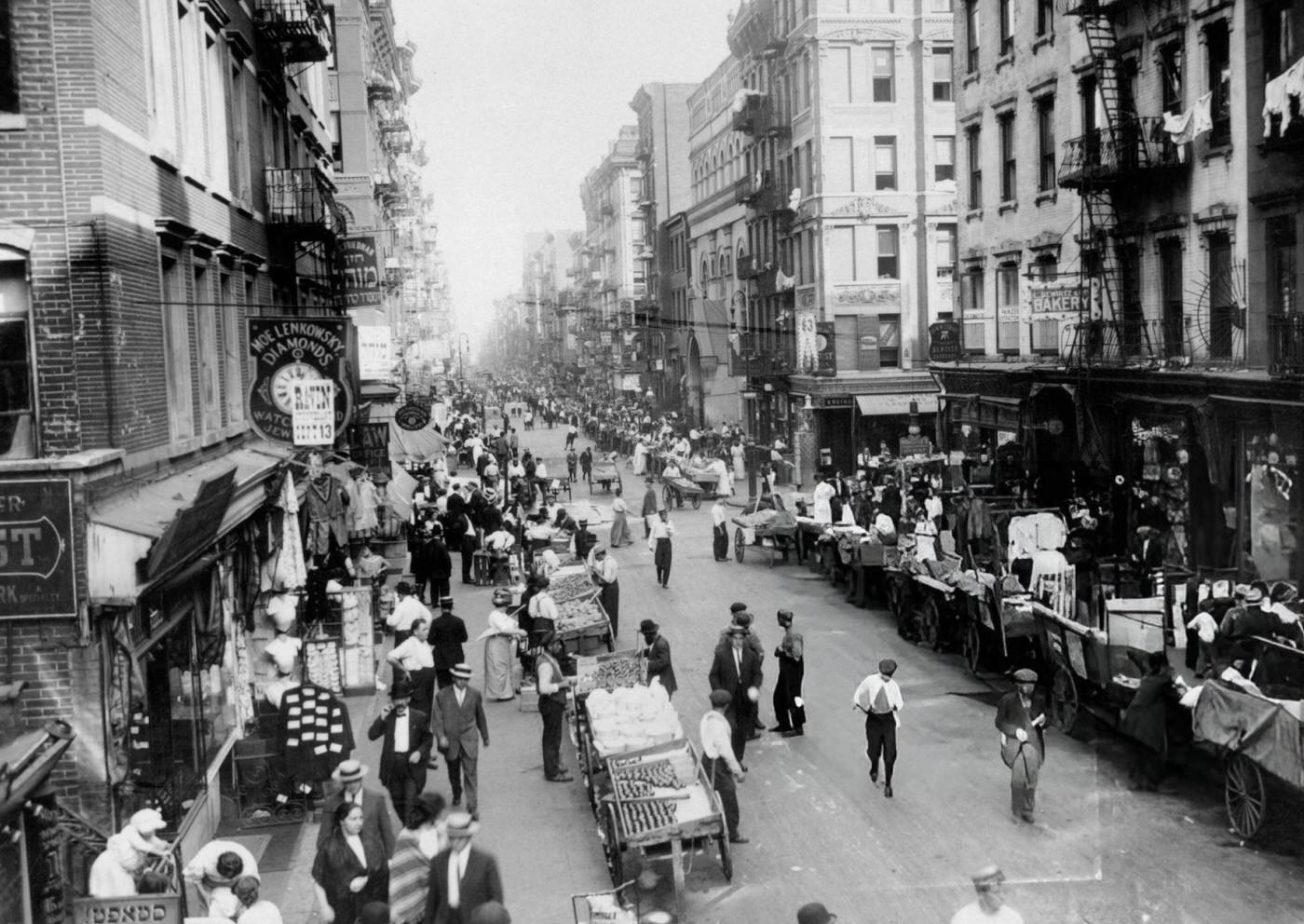
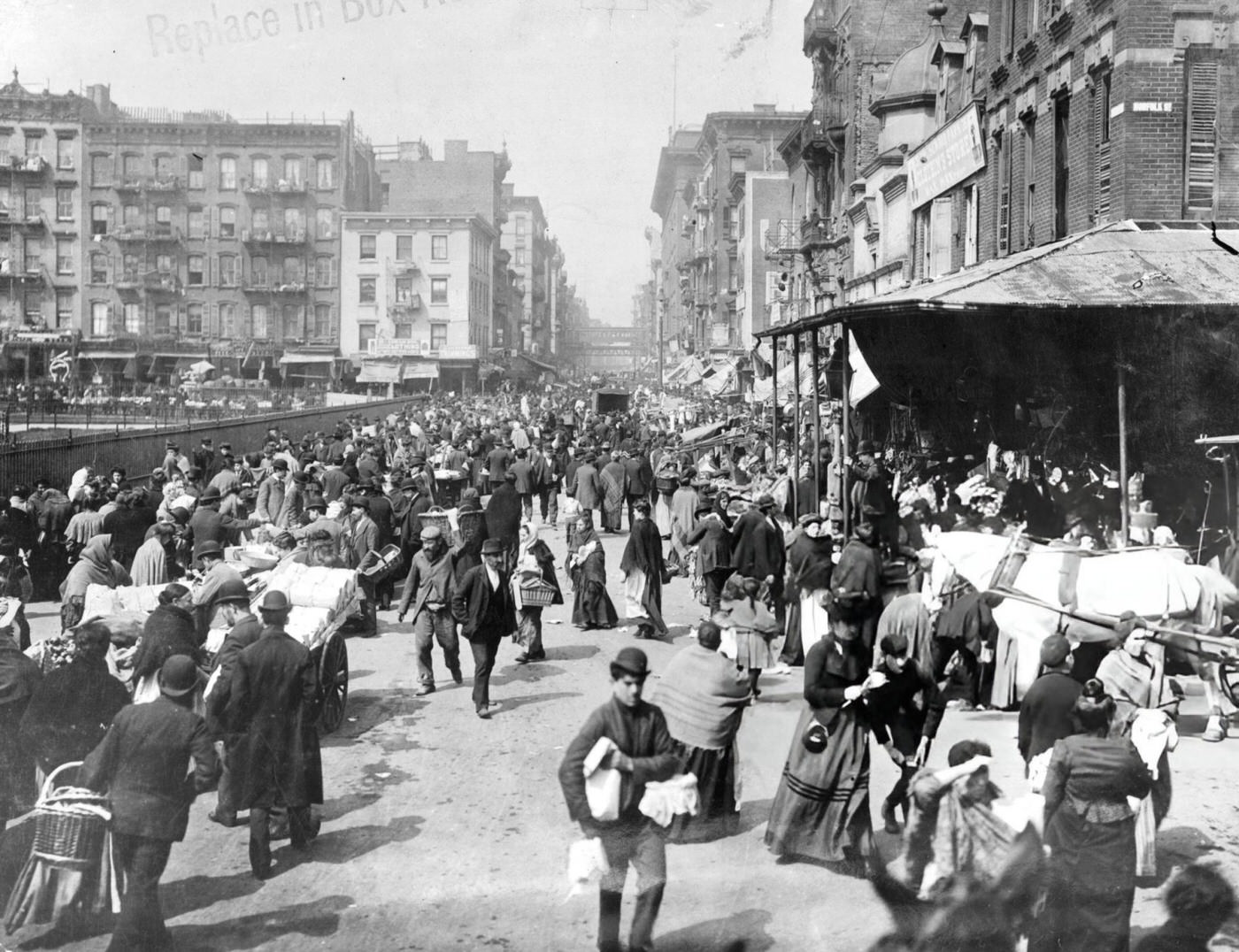

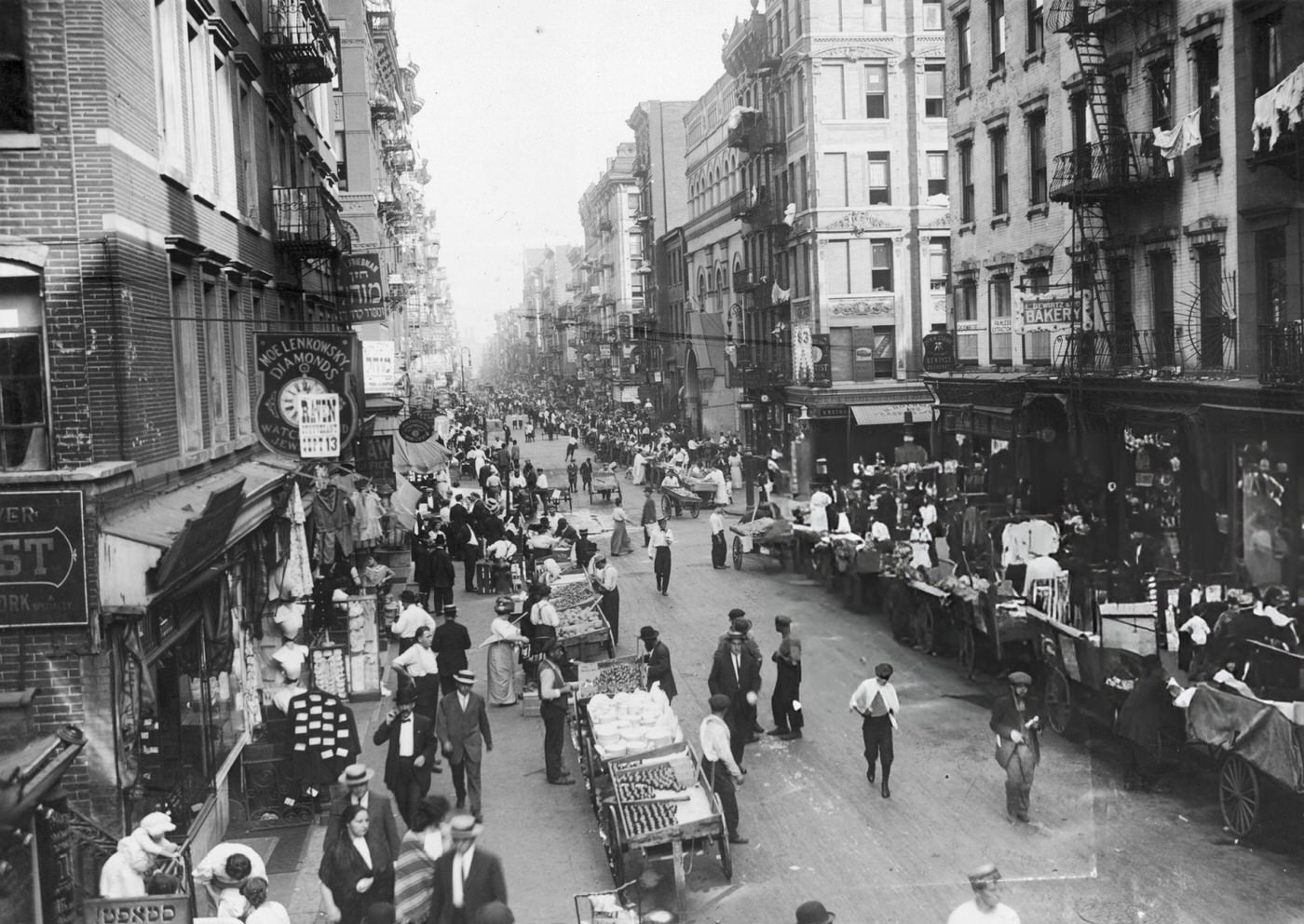
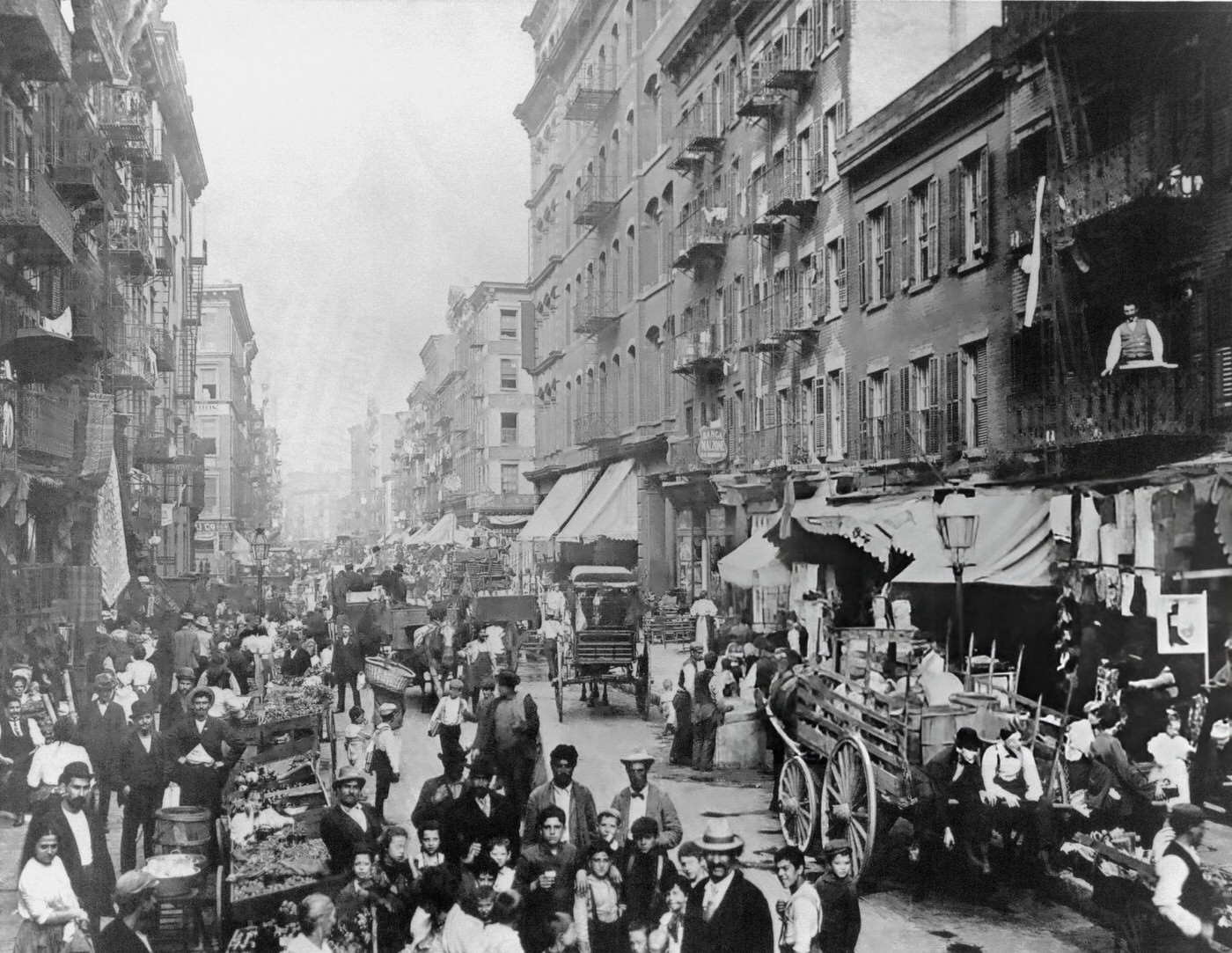
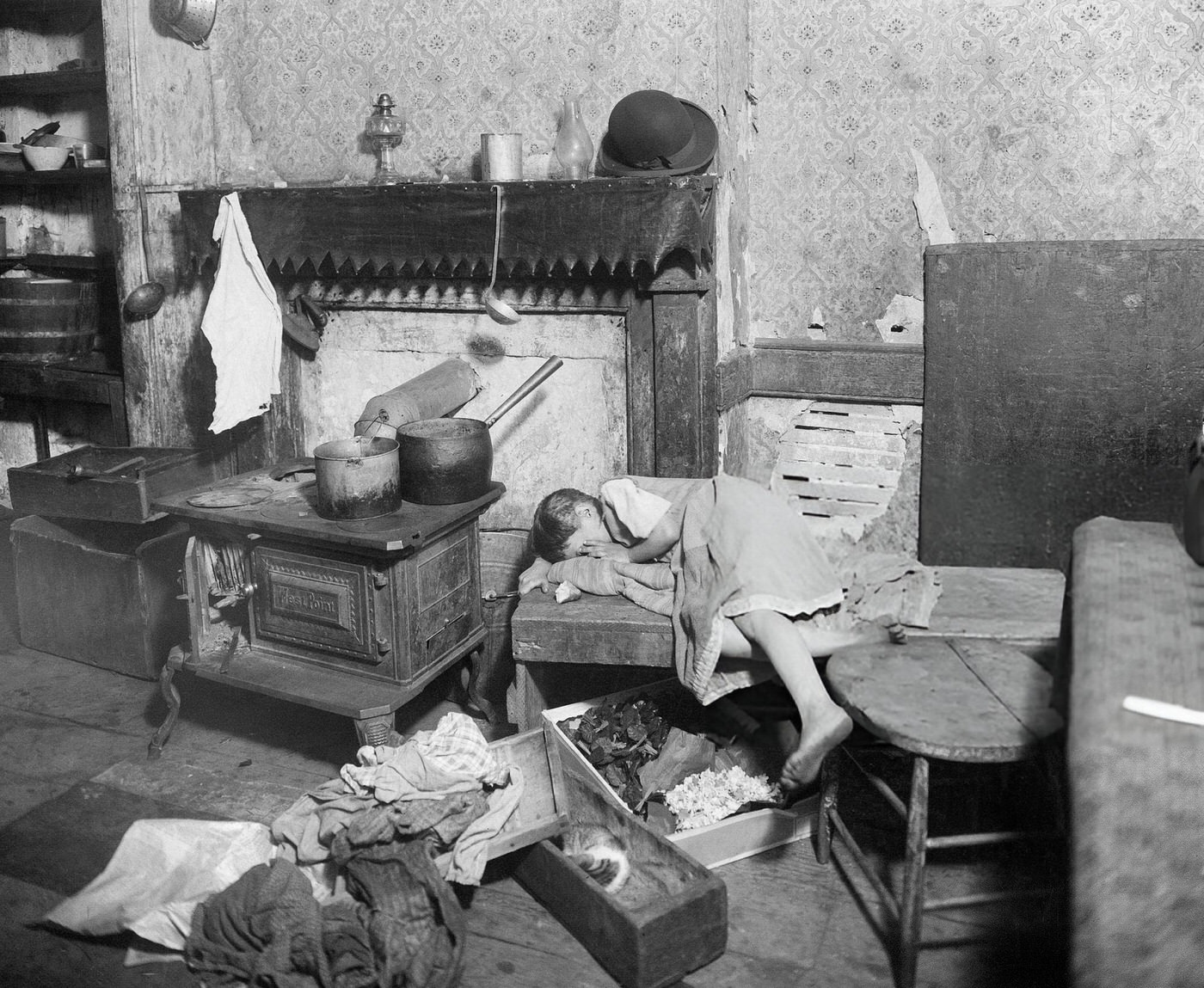
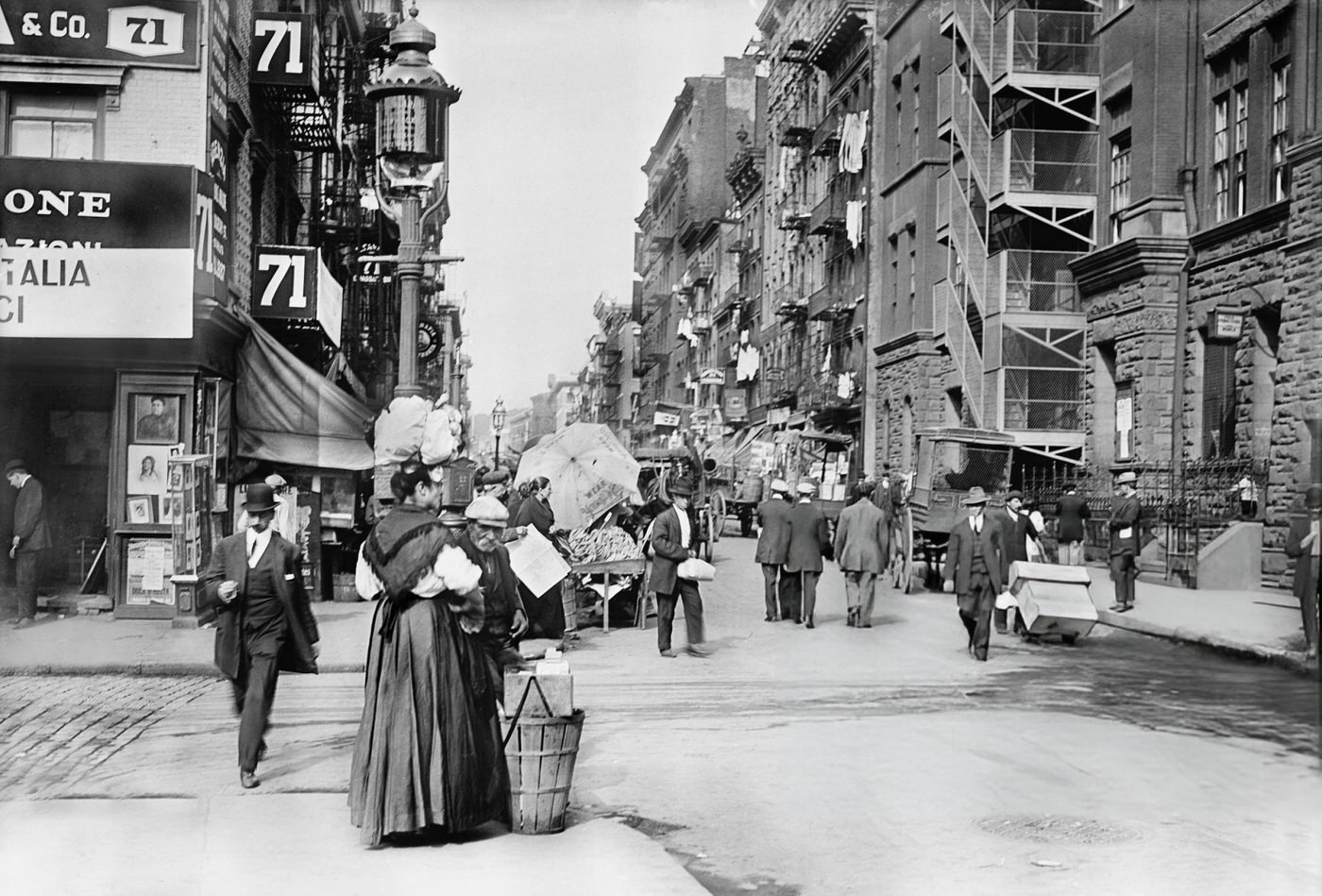
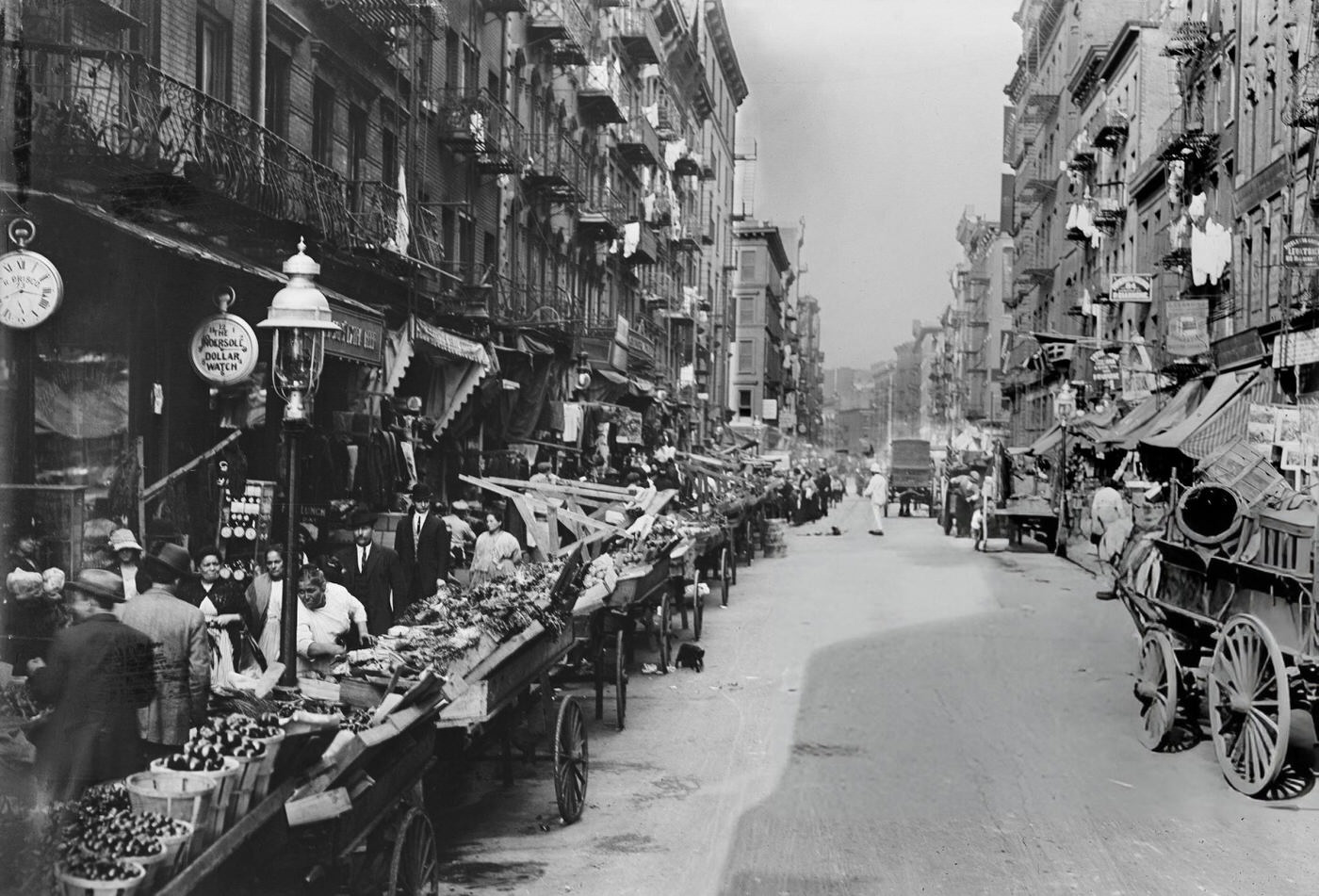
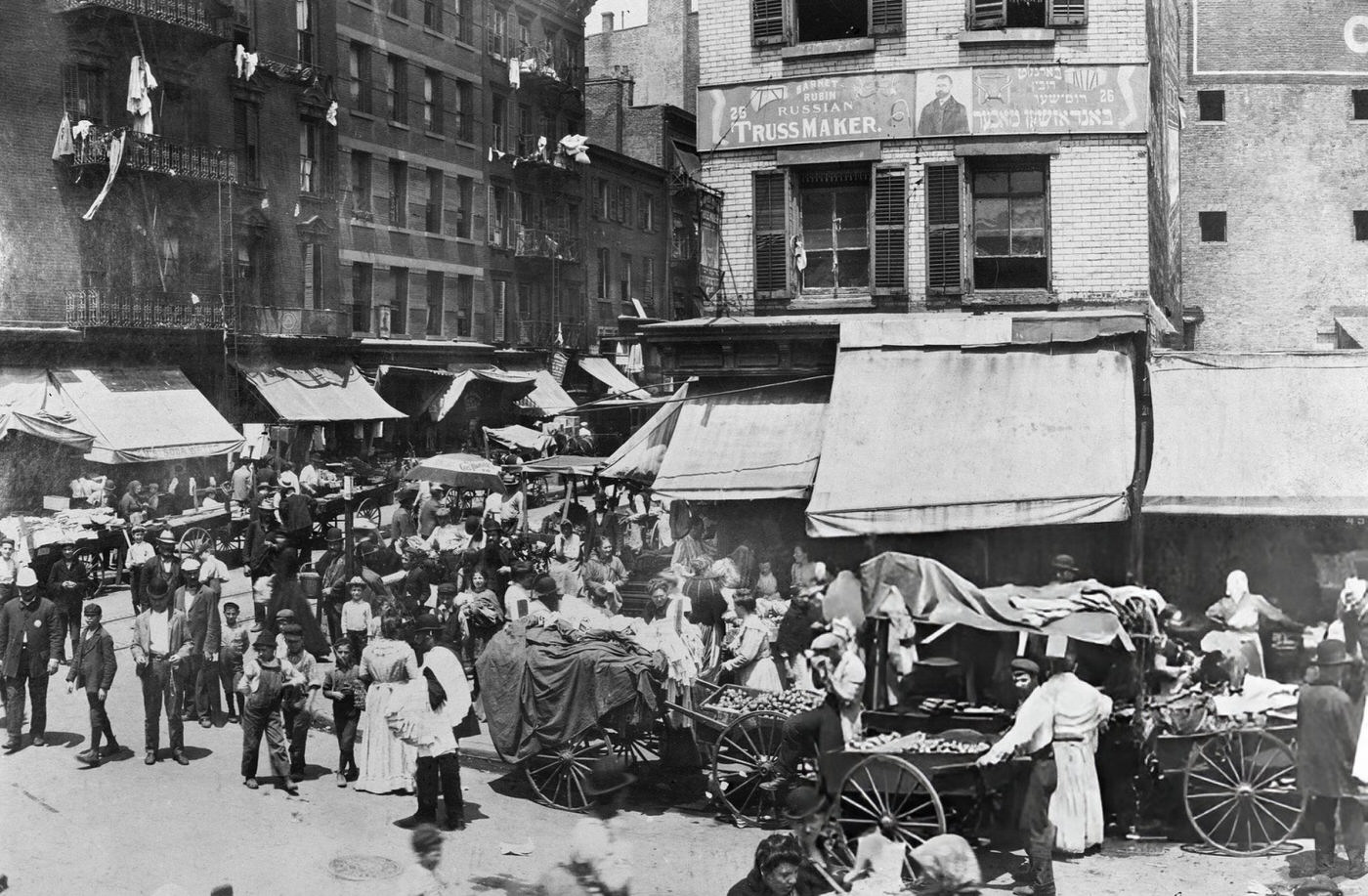
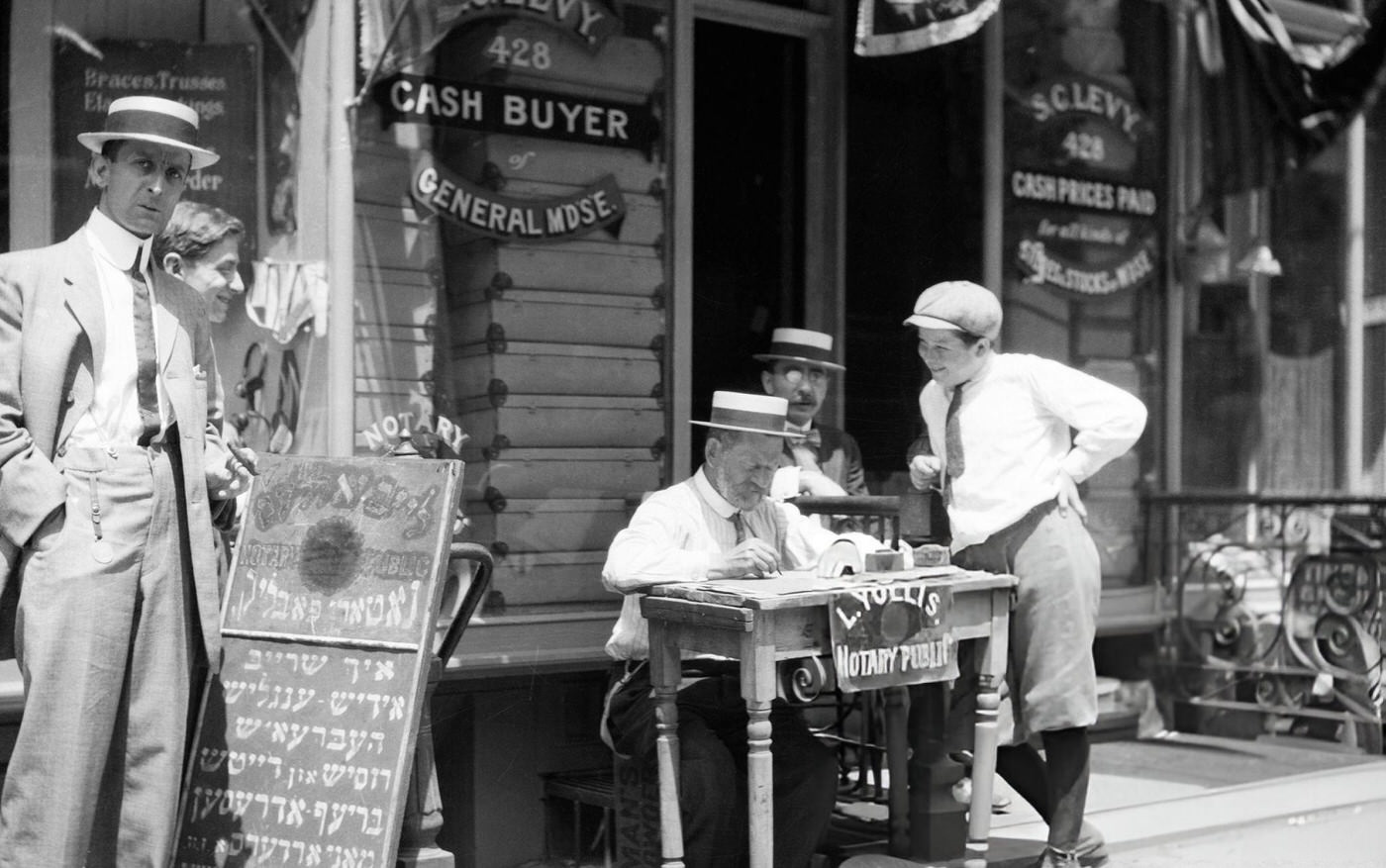

GIPHY App Key not set. Please check settings